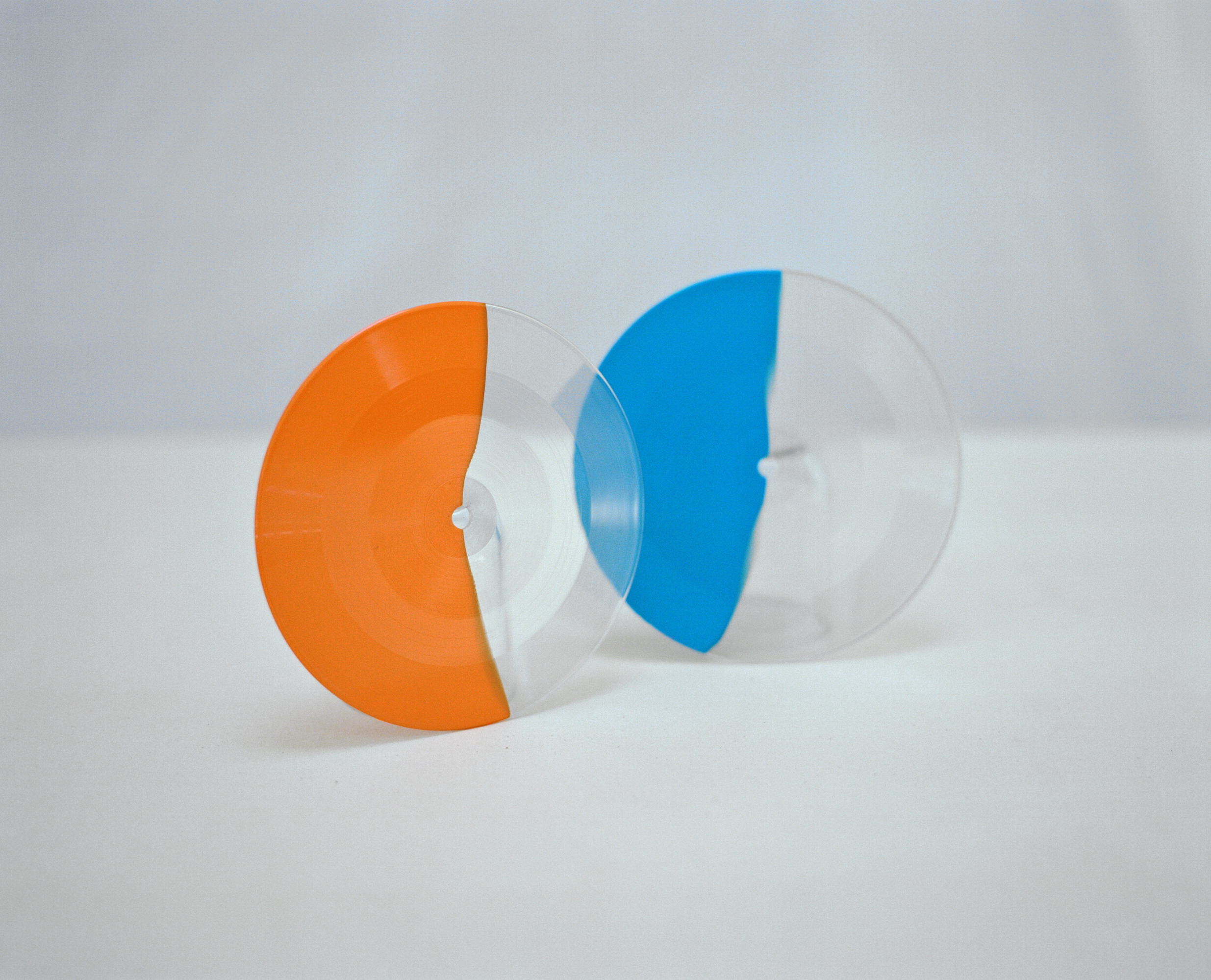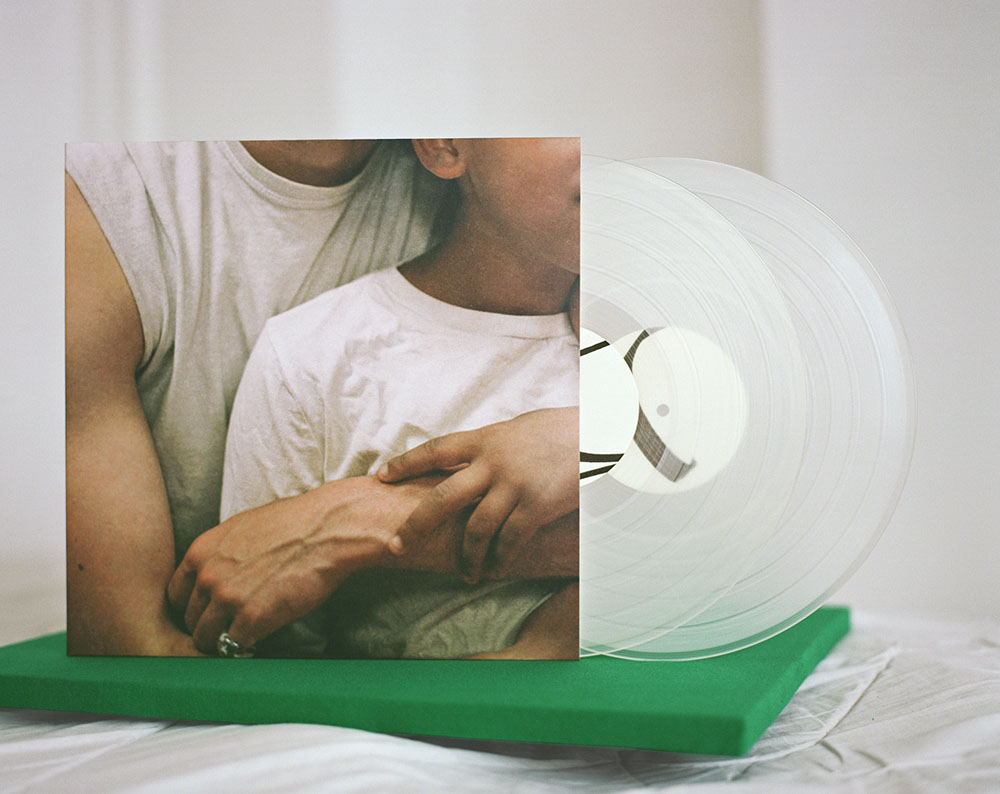duval timothy
I’m an artist, living and working between London (UK) and Freetown (SL).
‘SON’ Rosie Lowe & Duval Timothy
‘Son’ is a 9-track project by Rosie Lowe and Duval Timothy.
12 November 2021, Carrying Colour Records.
![]()
![]()
![]()
![]()
![]()
Recorded in London, UK and Freetown, SL
Mixed by Marta Salogni
Mastered by Heba Kadry
Artwork by Duval Timothy
Accompanying text by Julian Knxx
12” Transparent Green Vinyl
Order the Vinyl from Bandcamp
Listen to the album HERE
![]()
Son childrens book
Paintings by Rosie Lowe and Duval Timothy
Full colour
32 pages perfect bound
Hand-painted ombre fore-edge
Uncoated 350gsm cover (softback) and recycled uncoated 190gsm paper
120 x 150 cm
![]()
![]()
![]()
![]()
![]()
![]()
![]()
![]()
‘Son’ listening installations:
Ormside Projects 11 November 2021
Lewisham Arthouse Gallery 21 - 26 March 2022
‘Smɔl Smɔl’ ft. Cktrl
![]()
![]()
![]()
![]()
![]()
Double 7” Vinyl, split colour/ trasparent
The stems of the track are split across the two vinyls. Play both records simultaneously to hear the full composition.
Smɔl smɔl is a common Krio phrase spoken regularly around Freetown, Sierra Leone and the diaspora. The phrase which translates literally to ‘small small’ encourages patients and understanding. It serves as a reminder that things of true value take time and willingness to bring to fruition.
Piano, Double bass, Bells, Synth - Duval Timothy
Clarinet, Saxophone - Cktrl
Mastered by Antoine Chabert (Chab Mastering)
Vinyl only, edition of 250
Released 6 August 2021, Carrying Colour Records
Music Production/ Composition Credits
Kendrick Lamar - United in Grief
Kendrick Lamar - Father Time ft. Sampha
Kendrick Lamar - Rich Interlude
Kendrick Lamar - Crown
Vegyn - Mushroom Abolitionist
Vegyn - Sometimes I Feel Like I’m Ruining Songs
Vegyn - Fake Life
Solange - Dreams
Nosaj Thing - Continua
Mr Mitch - Make Time
Mr Mitch - Lost Touch
Loyle Carner - Carluccio
Cktrl - Dreams Of You Are Too Much To Speak
Cktrl - Lighthouse
Cktrl - Robyn
Cktrl - Will The Feelings Leave
Cktrl - Fw Circle
Martyn - Reset Walking
Dave Okumu - Knopperz (album)
![]()
![]()
![]()
![]()
‘Help’
12 November 2021, Carrying Colour Records.



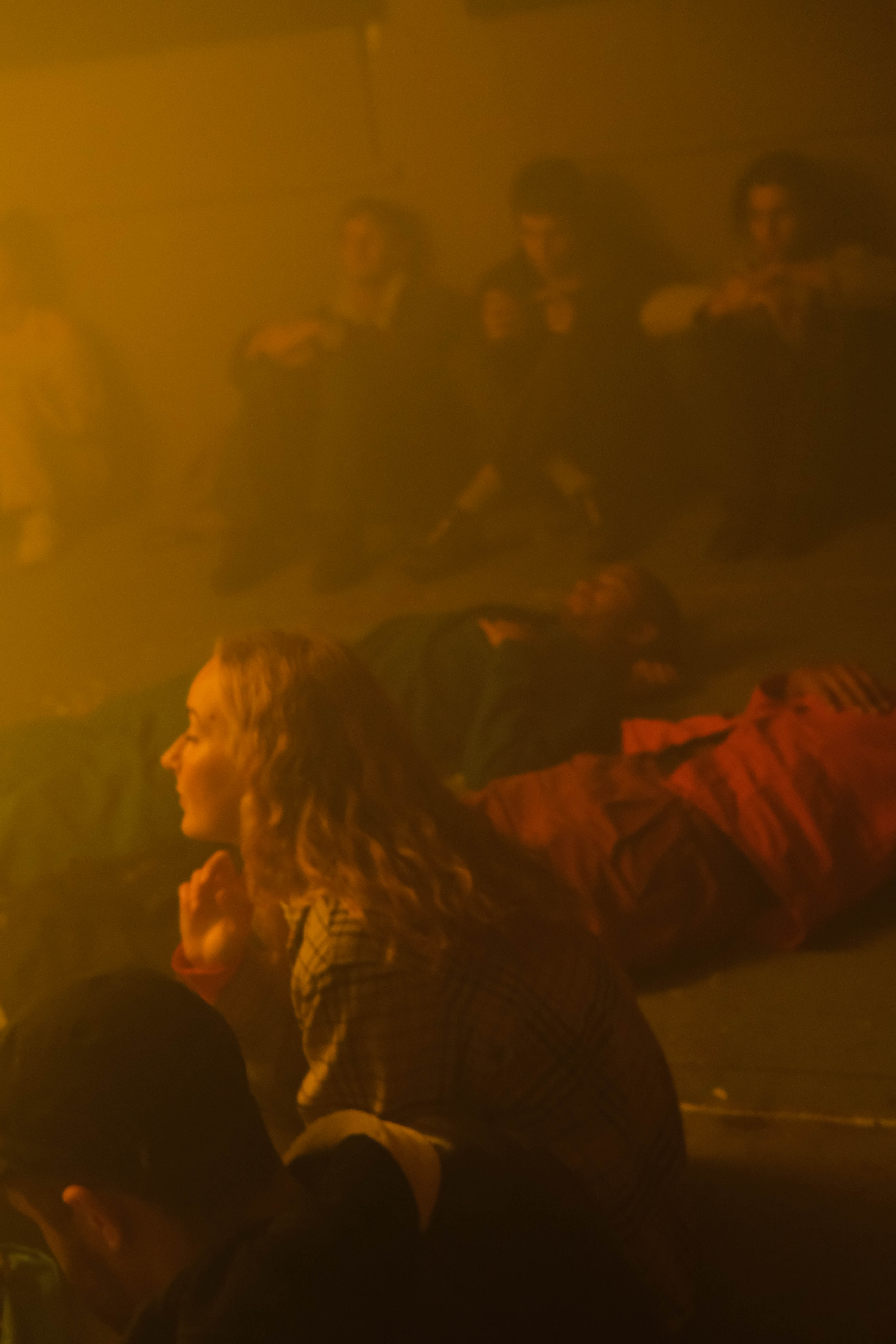
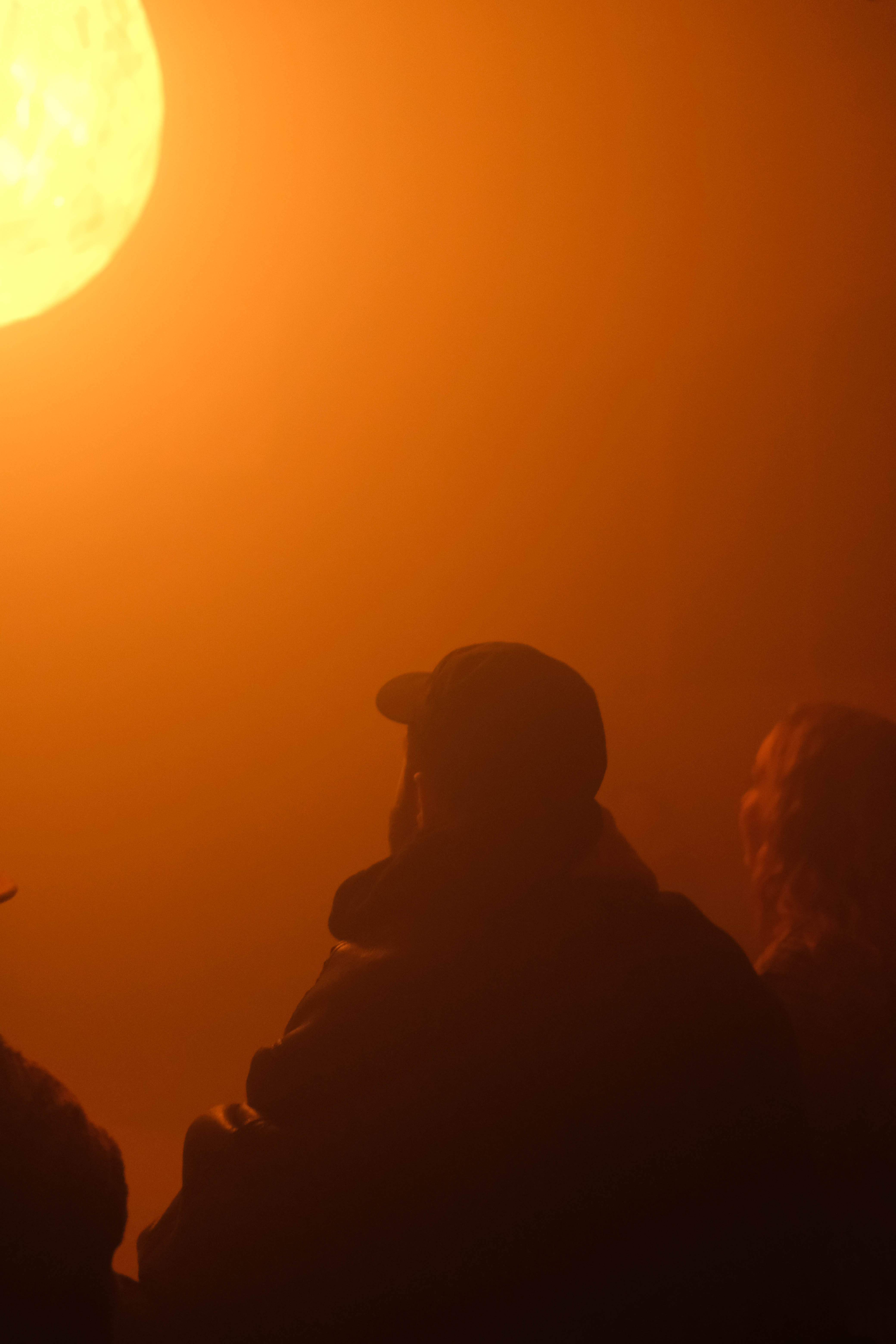
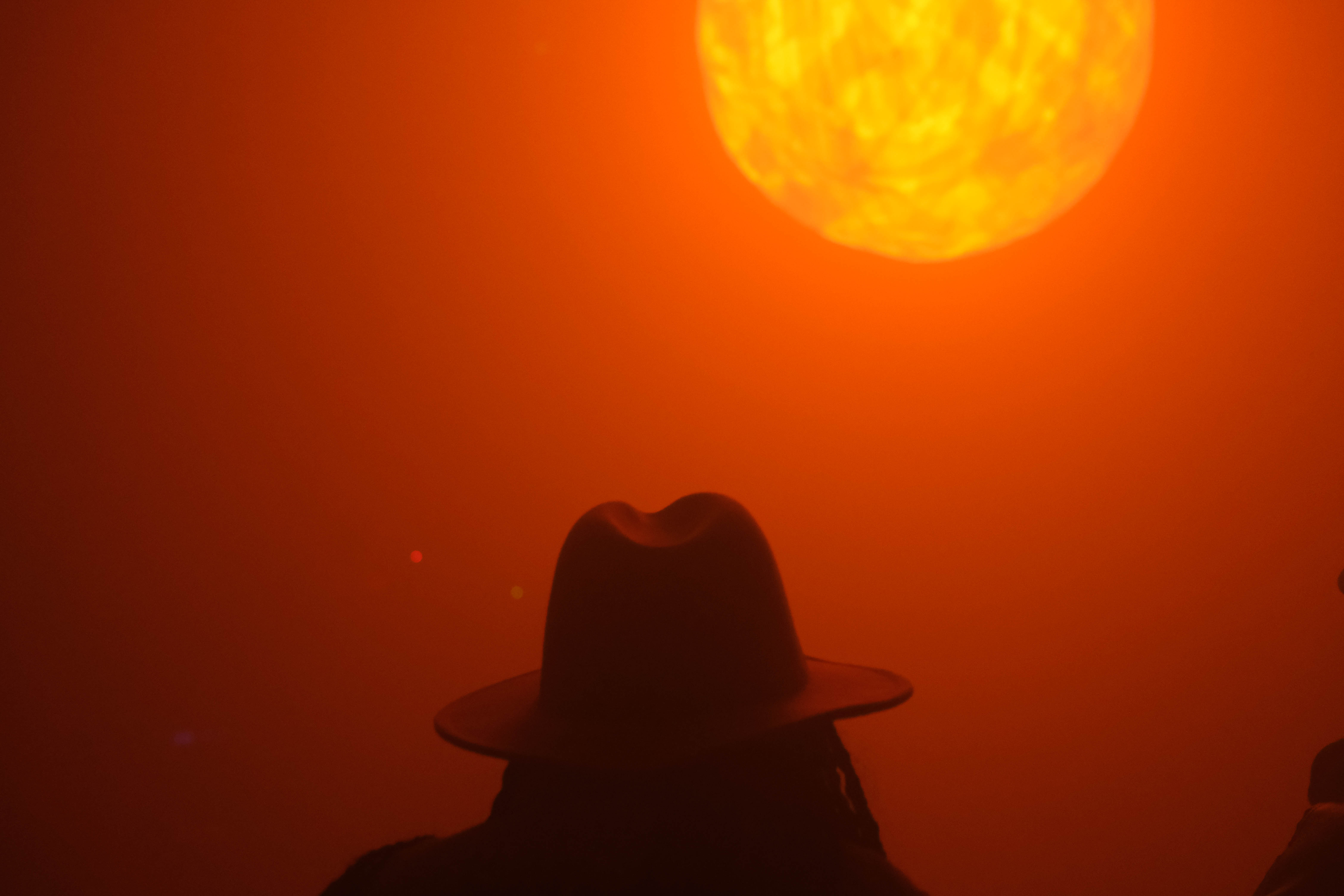
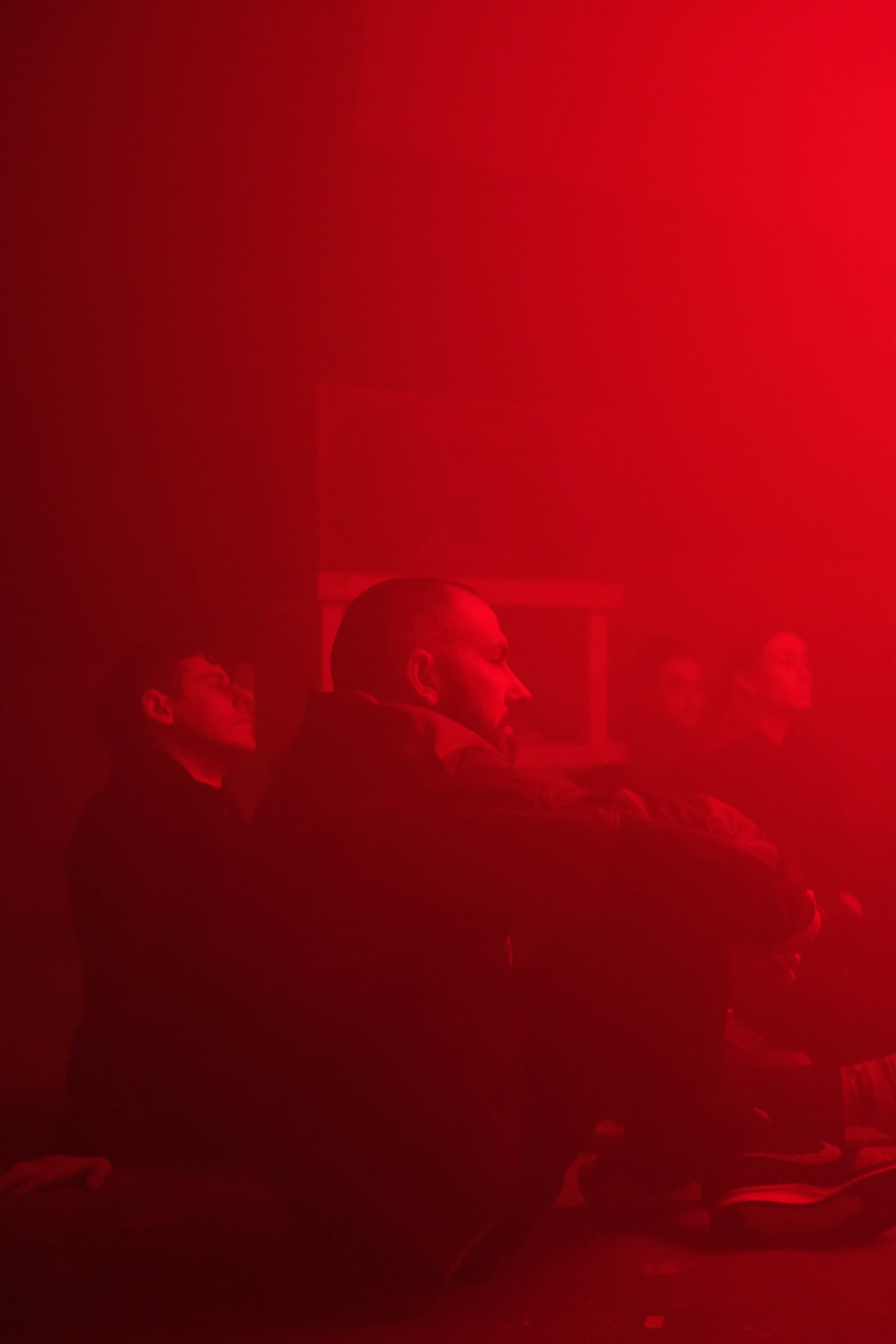
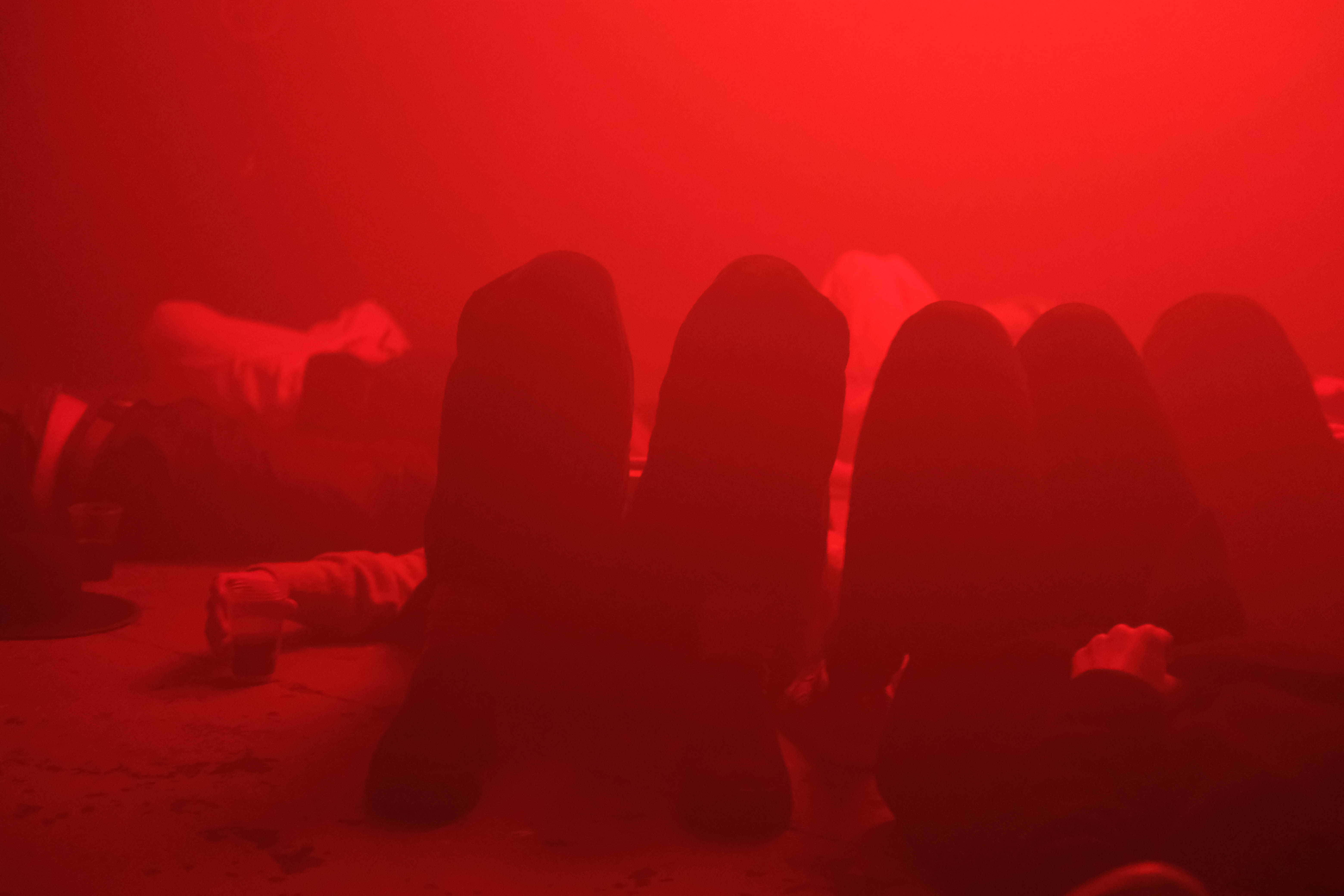


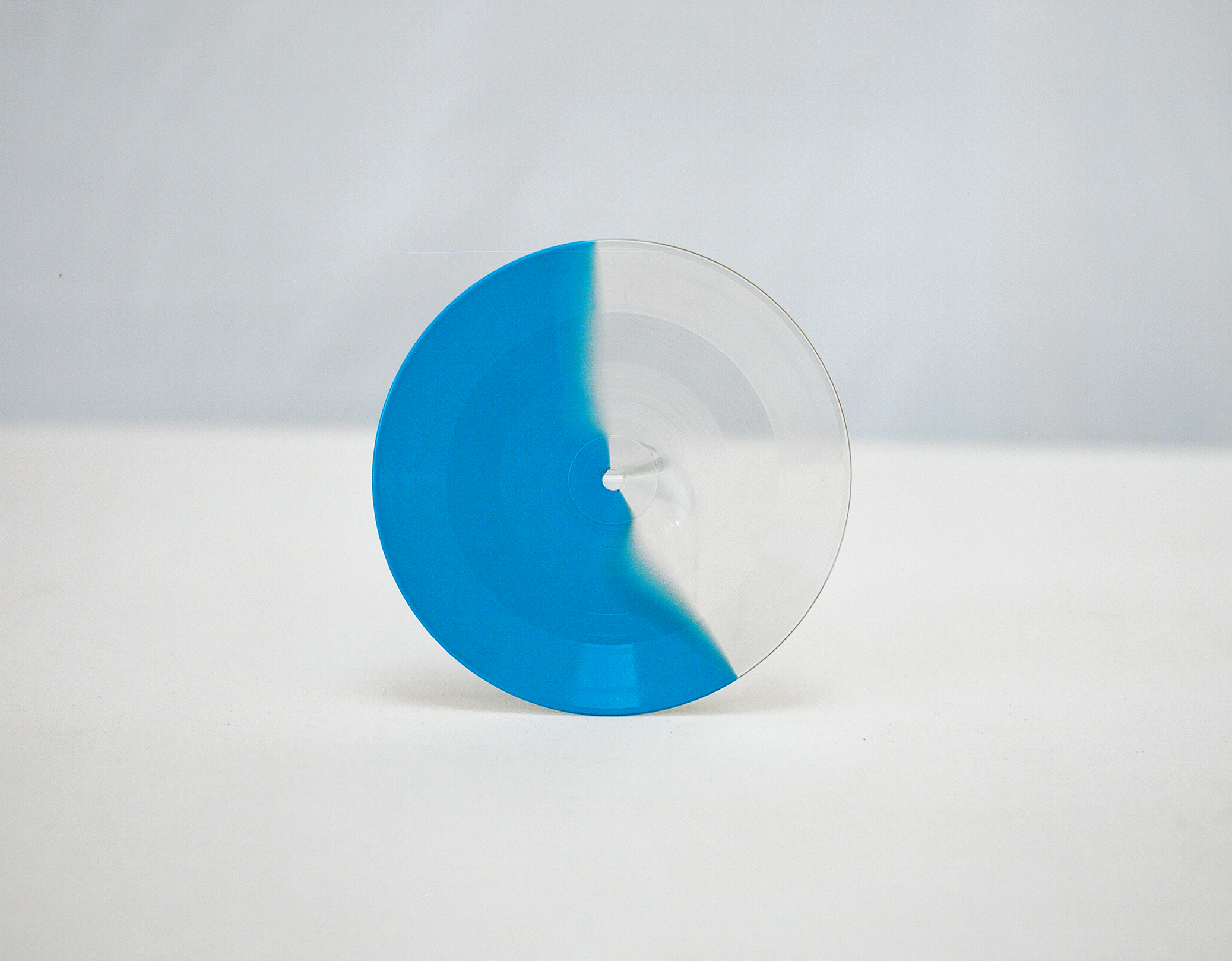
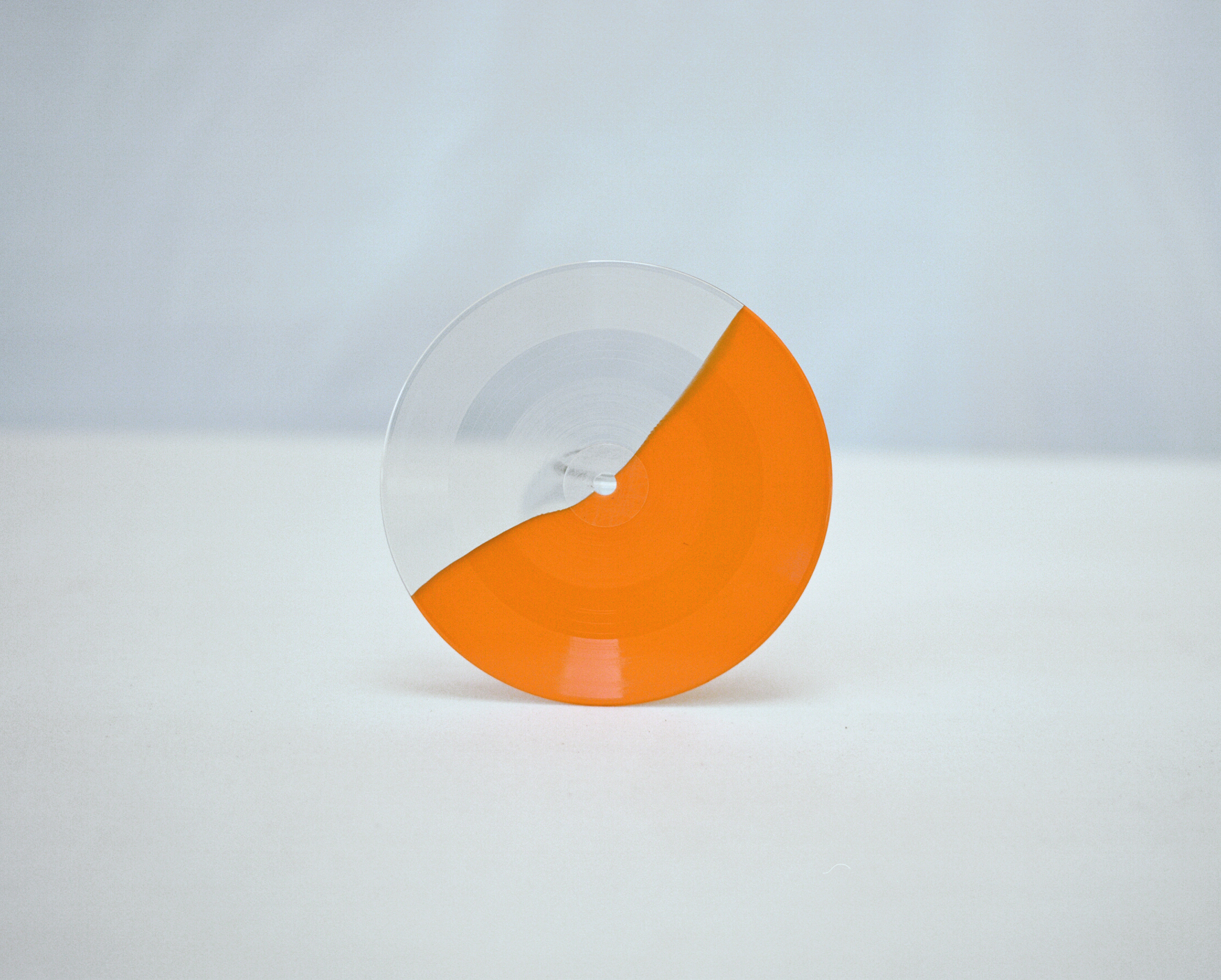
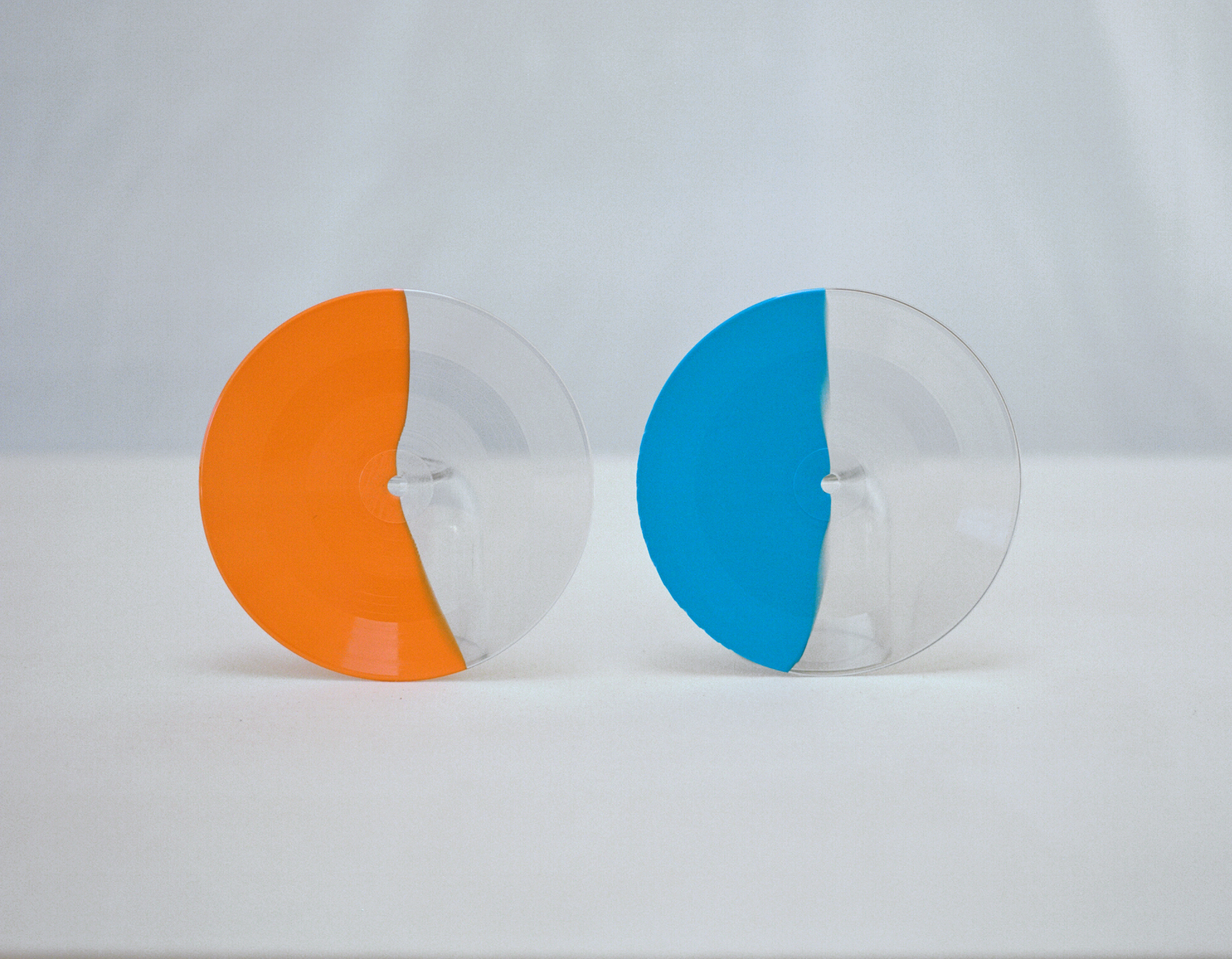
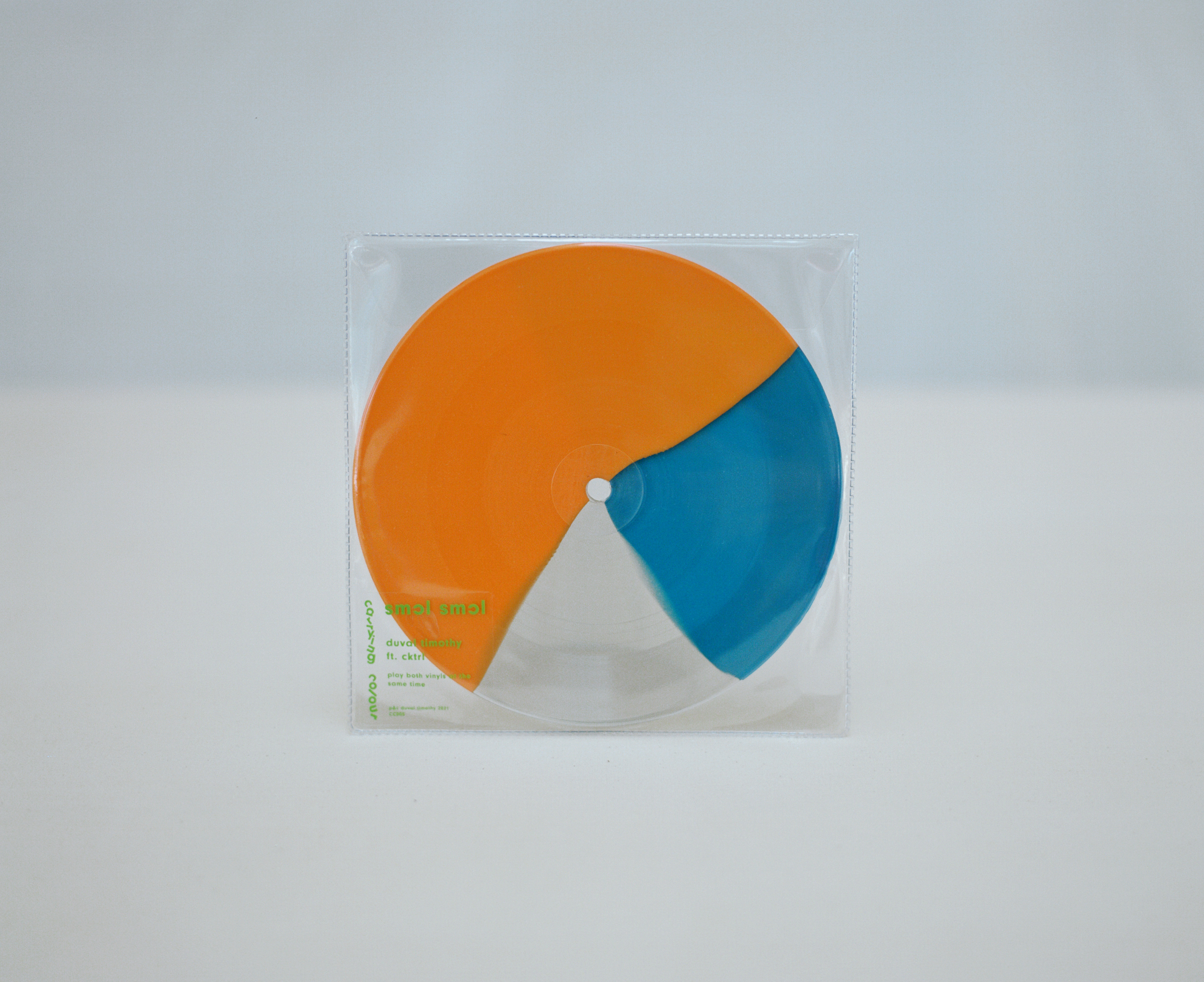
The stems of the track are split across the two vinyls. Play both records simultaneously to hear the full composition.
Smɔl smɔl is a common Krio phrase spoken regularly around Freetown, Sierra Leone and the diaspora. The phrase which translates literally to ‘small small’ encourages patients and understanding. It serves as a reminder that things of true value take time and willingness to bring to fruition.
Kendrick Lamar - United in Grief
Kendrick Lamar - Father Time ft. Sampha
Kendrick Lamar - Rich Interlude
Kendrick Lamar - Crown
Vegyn - Mushroom Abolitionist
Vegyn - Sometimes I Feel Like I’m Ruining Songs
Vegyn - Fake Life
Solange - Dreams
Nosaj Thing - Continua
Kendrick Lamar - Father Time ft. Sampha
Kendrick Lamar - Rich Interlude
Kendrick Lamar - Crown
Vegyn - Mushroom Abolitionist
Vegyn - Sometimes I Feel Like I’m Ruining Songs
Vegyn - Fake Life
Solange - Dreams
Nosaj Thing - Continua
Mr Mitch - Make Time
Mr Mitch - Lost Touch
Loyle Carner - Carluccio
Cktrl - Dreams Of You Are Too Much To Speak
Cktrl - Lighthouse
Cktrl - Robyn
Cktrl - Will The Feelings Leave
Cktrl - Fw Circle
Martyn - Reset Walking
Dave Okumu - Knopperz (album)
Mr Mitch - Lost Touch
Loyle Carner - Carluccio
Cktrl - Dreams Of You Are Too Much To Speak
Cktrl - Lighthouse
Cktrl - Robyn
Cktrl - Will The Feelings Leave
Cktrl - Fw Circle
Martyn - Reset Walking
Dave Okumu - Knopperz (album)


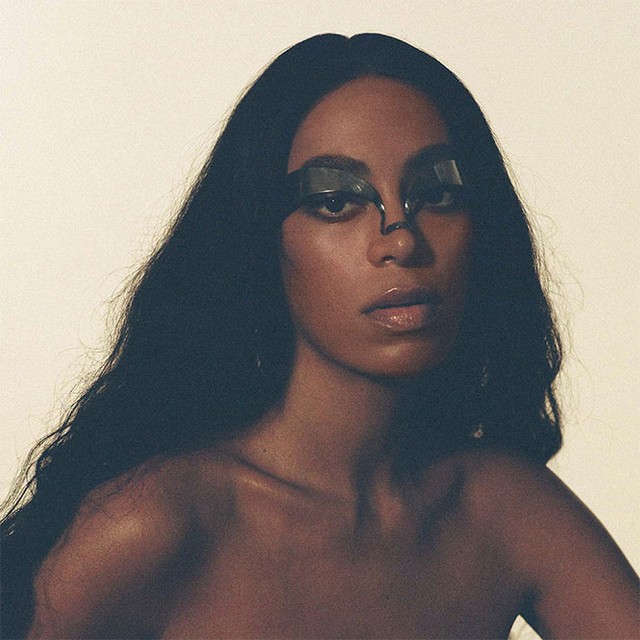

My fourth album ‘Help’
Released 7 August 2020, Carrying Colour Records

Tracklist
1. Next Tomorrow (02:55)
Guitar by Twin Shadow
Percussion by Vegyn
2. Slave feat. Twin Shadow (03:56)Vocals performed by Ibiye Camp
Guitar by Twin Shadow
3. Tdagb (0:20)
Vocals written and performed Isabella Timothy
4. Fall Again feat. Lil Silva & Melanie Faye (04:11)Vocals written and performed by Lil Silva
Trumpet by Miles Timothy
OP-1 by Kwes
Guitar by Melanie Faye
Co-produced by Lil Silva
5. 9 (03:14)
6. Groundnut (03:19)
Guitar by Twin Shadow
Percussion by Vegyn
Vocals written and performed by AA and Krim
7. Like feat. Vegyn (04:23)
Vocals performed by Ibiye Camp
Co-produced by Vegyn
8. Radish (4:06)
Percussion by Vegyn
9. Something feat. Mr Mitch (03:04)
Co-produced by Mr Mitch
Guitar by Dave Okumu
Vocals performed by Desta Haile
10. Alone (02:32)
Vocals by Masha Lisogorskaya and Max Valizideh
Guitar by Nicholas Mandalos
11. Still Happened (03:12)
Co-produced by Dave Okumu
12. Look (04:57)
Vocals written and performed by Ellsworth Kelly
Percussion by Vegyn
13. Same (02:40)
14. Ice (03:14)
Vibraphone performed by Rodaidh McDonald
15. C (04:14)
16. U (02:34)
17. Morning (01:52)
18. Pink (02:14)
Co-produced by Vegyn
1. Next Tomorrow (02:55)
Guitar by Twin Shadow
Percussion by Vegyn
2. Slave feat. Twin Shadow (03:56)Vocals performed by Ibiye Camp
Guitar by Twin Shadow
3. Tdagb (0:20)
Vocals written and performed Isabella Timothy
4. Fall Again feat. Lil Silva & Melanie Faye (04:11)Vocals written and performed by Lil Silva
Trumpet by Miles Timothy
OP-1 by Kwes
Guitar by Melanie Faye
Co-produced by Lil Silva
5. 9 (03:14)
6. Groundnut (03:19)
Guitar by Twin Shadow
Percussion by Vegyn
Vocals written and performed by AA and Krim
7. Like feat. Vegyn (04:23)
Vocals performed by Ibiye Camp
Co-produced by Vegyn
Guitar by Twin Shadow
Percussion by Vegyn
2. Slave feat. Twin Shadow (03:56)Vocals performed by Ibiye Camp
Guitar by Twin Shadow
3. Tdagb (0:20)
Vocals written and performed Isabella Timothy
4. Fall Again feat. Lil Silva & Melanie Faye (04:11)Vocals written and performed by Lil Silva
Trumpet by Miles Timothy
OP-1 by Kwes
Guitar by Melanie Faye
Co-produced by Lil Silva
5. 9 (03:14)
6. Groundnut (03:19)
Guitar by Twin Shadow
Percussion by Vegyn
Vocals written and performed by AA and Krim
7. Like feat. Vegyn (04:23)
Vocals performed by Ibiye Camp
Co-produced by Vegyn
8. Radish (4:06)
Percussion by Vegyn
9. Something feat. Mr Mitch (03:04)
Co-produced by Mr Mitch
Guitar by Dave Okumu
Vocals performed by Desta Haile
10. Alone (02:32)
Vocals by Masha Lisogorskaya and Max Valizideh
Guitar by Nicholas Mandalos
11. Still Happened (03:12)
Co-produced by Dave Okumu
12. Look (04:57)
Vocals written and performed by Ellsworth Kelly
Percussion by Vegyn
13. Same (02:40)
14. Ice (03:14)
Vibraphone performed by Rodaidh McDonald
15. C (04:14)
16. U (02:34)
17. Morning (01:52)
18. Pink (02:14)
Co-produced by Vegyn
Percussion by Vegyn
9. Something feat. Mr Mitch (03:04)
Co-produced by Mr Mitch
Guitar by Dave Okumu
Vocals performed by Desta Haile
10. Alone (02:32)
Vocals by Masha Lisogorskaya and Max Valizideh
Guitar by Nicholas Mandalos
11. Still Happened (03:12)
Co-produced by Dave Okumu
12. Look (04:57)
Vocals written and performed by Ellsworth Kelly
Percussion by Vegyn
13. Same (02:40)
14. Ice (03:14)
Vibraphone performed by Rodaidh McDonald
15. C (04:14)
16. U (02:34)
17. Morning (01:52)
18. Pink (02:14)
Co-produced by Vegyn
Music written and performed by Duval Timothy.
Produced and mixed by Duval Timothy and Rodaidh McDonald,
except Fall Again, which was mixed by Marta Salogni.
Engineers, Michael Harris and Chris Cerullo
Mastering and cutting by Noel Summerville.
Cover photograph by Duval Timothy
Listen to ‘Help’ HERE
Matt gatefold sleeve
2 x 12" square posters.
Buy the double LP HERE

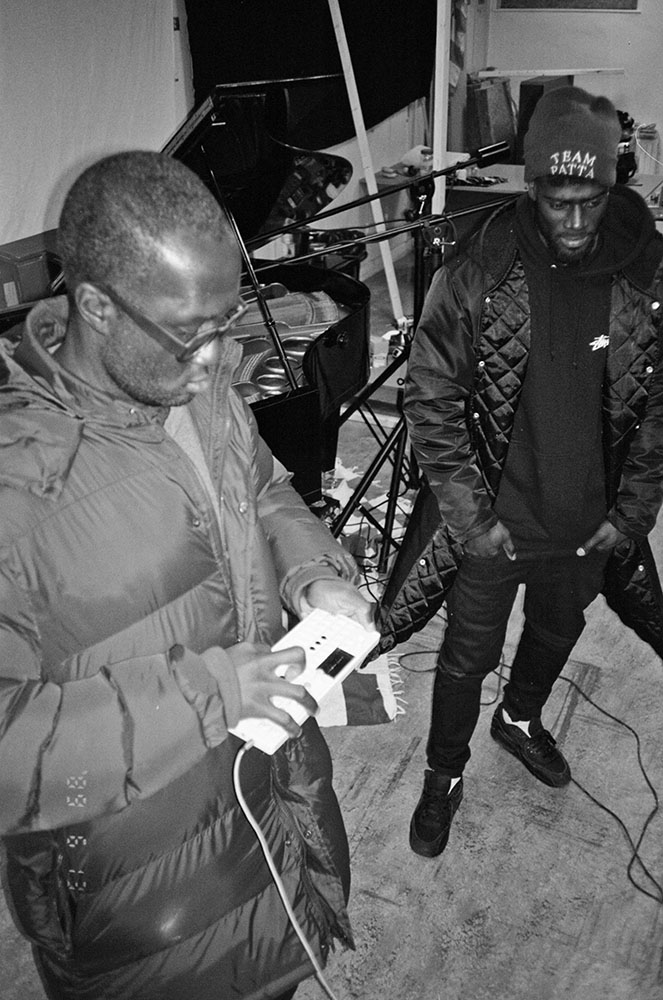
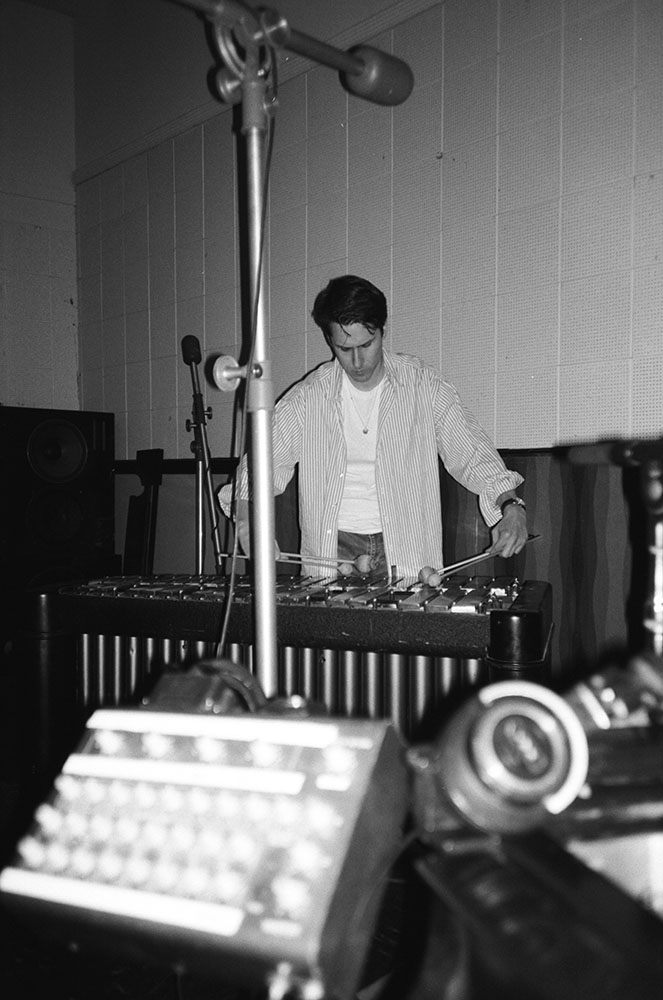

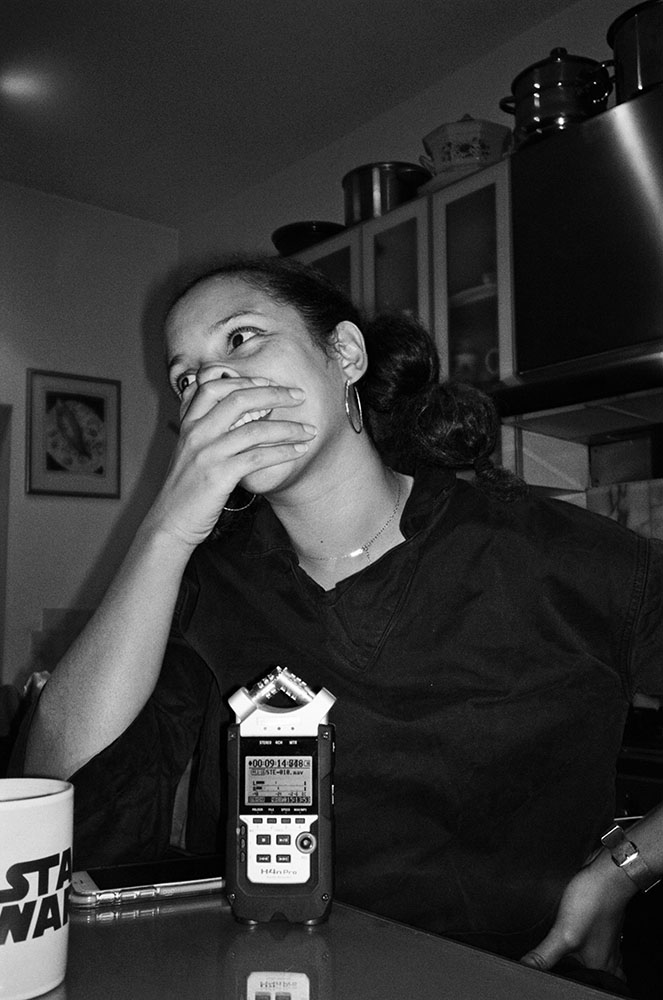
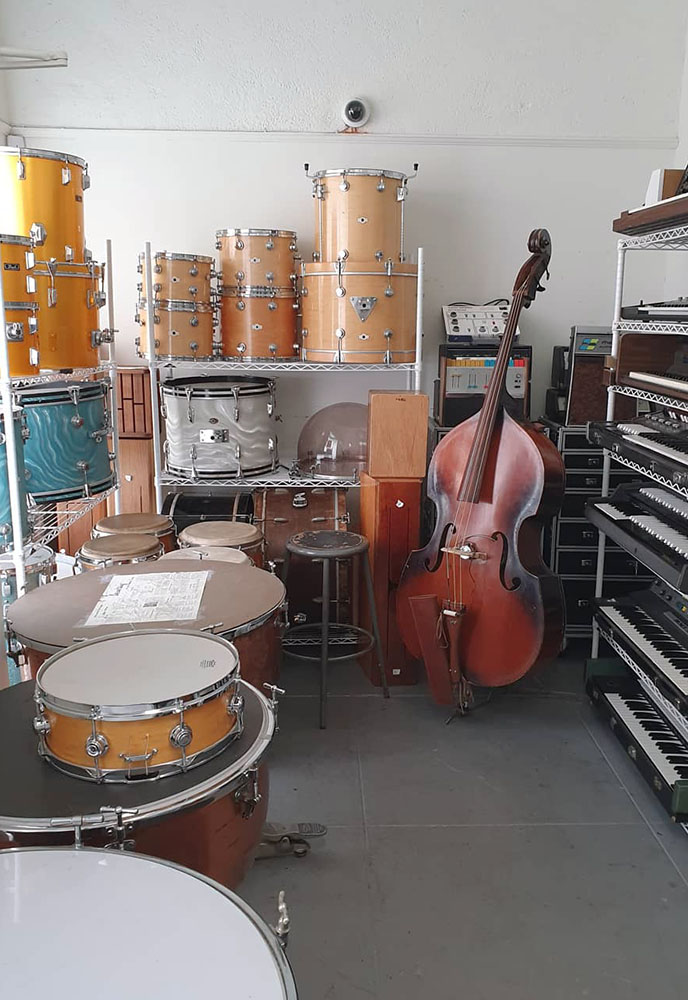

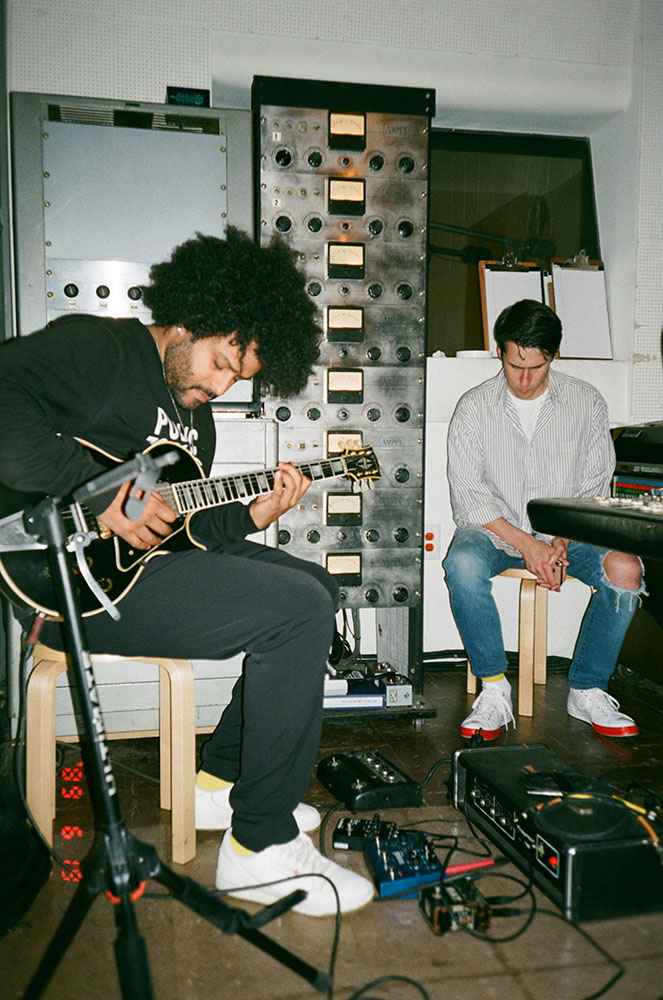
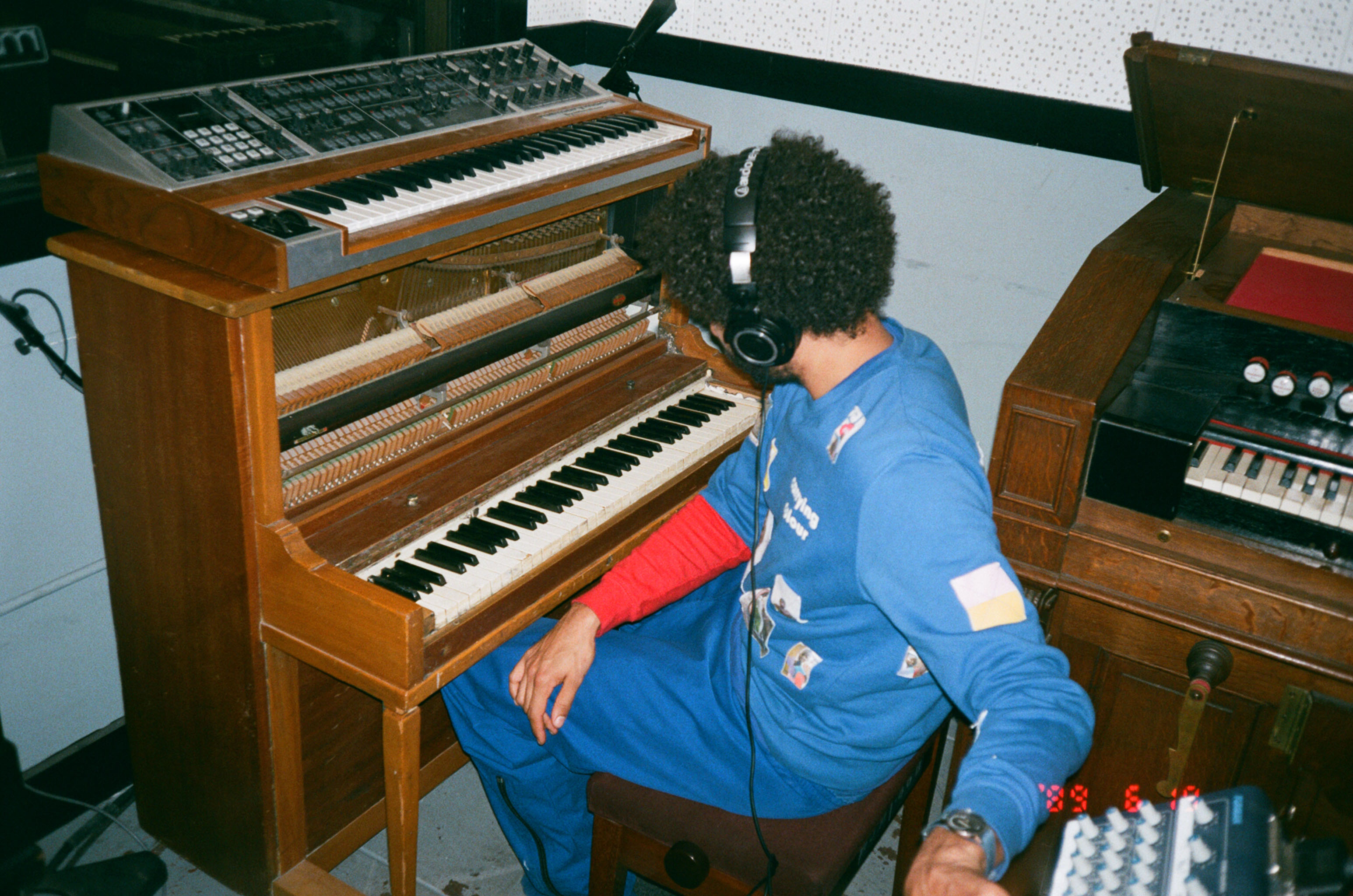

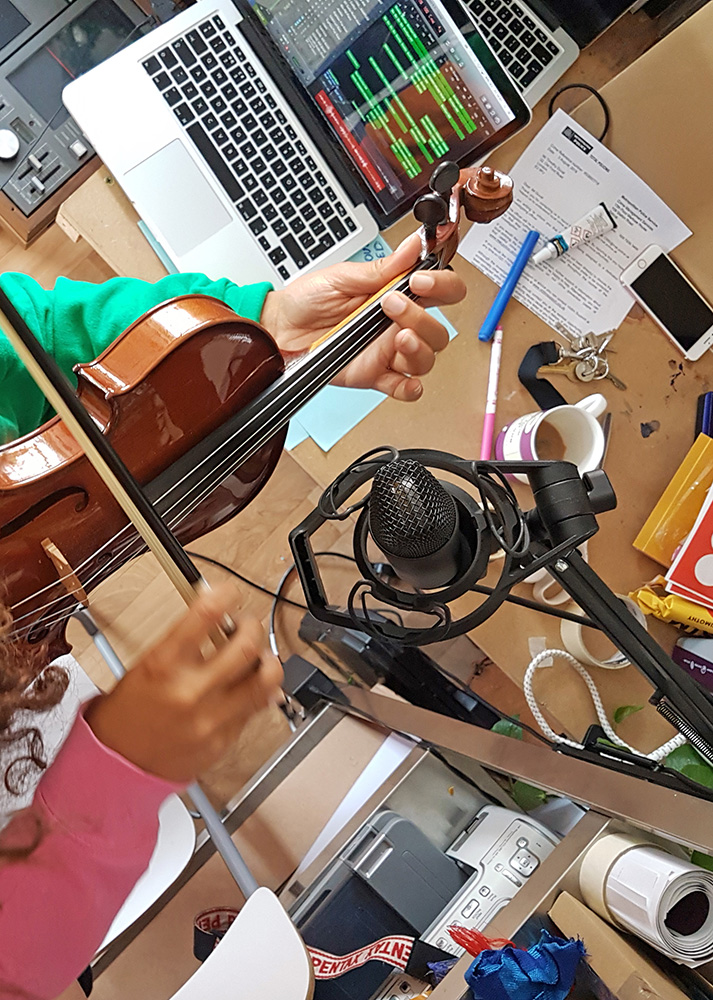
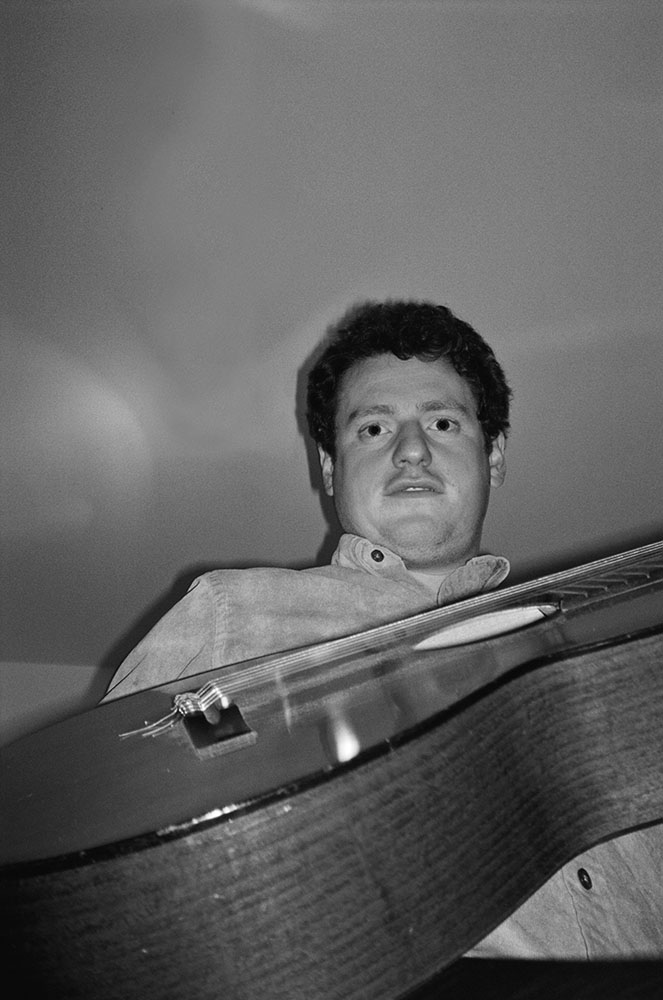
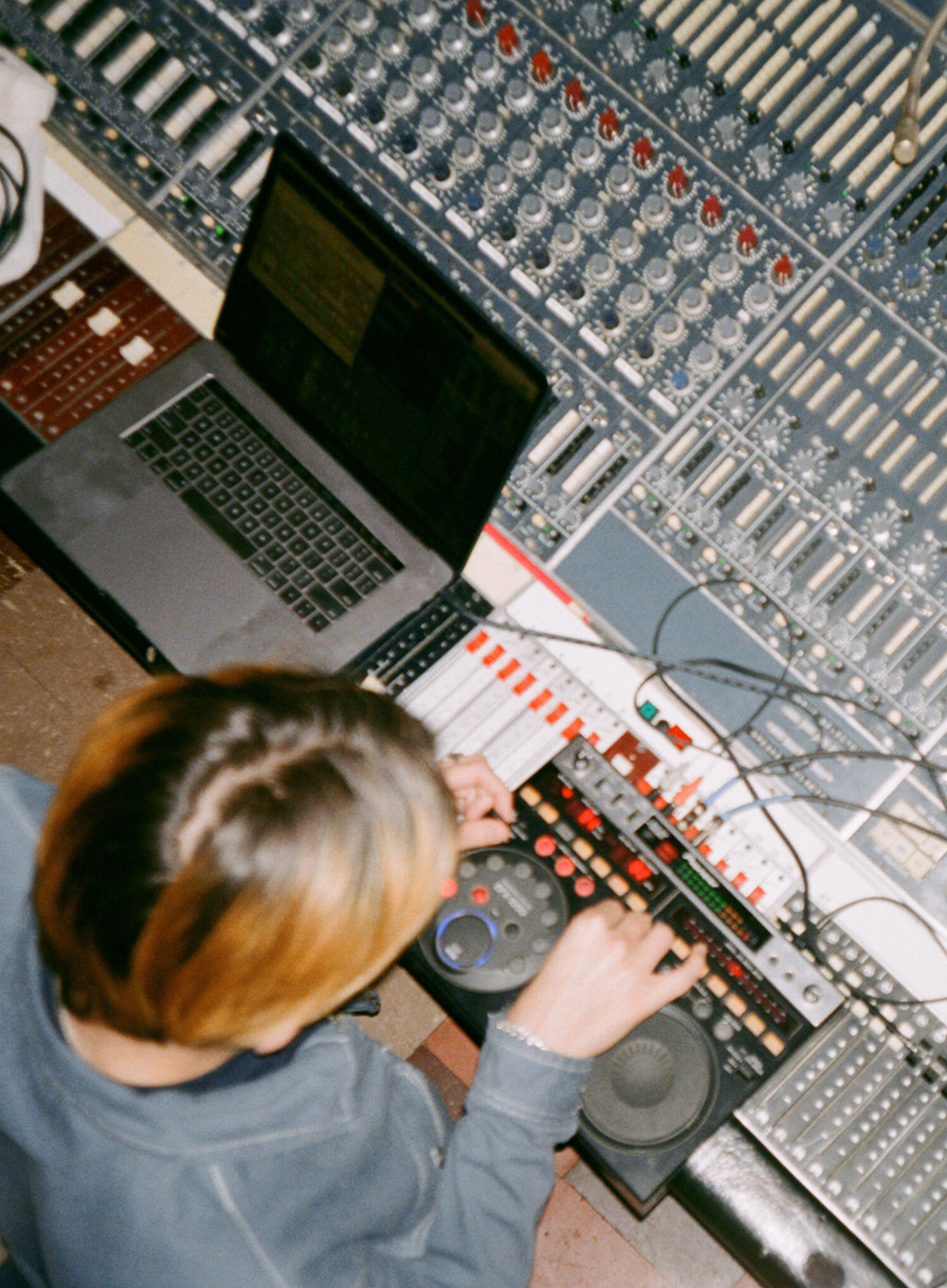

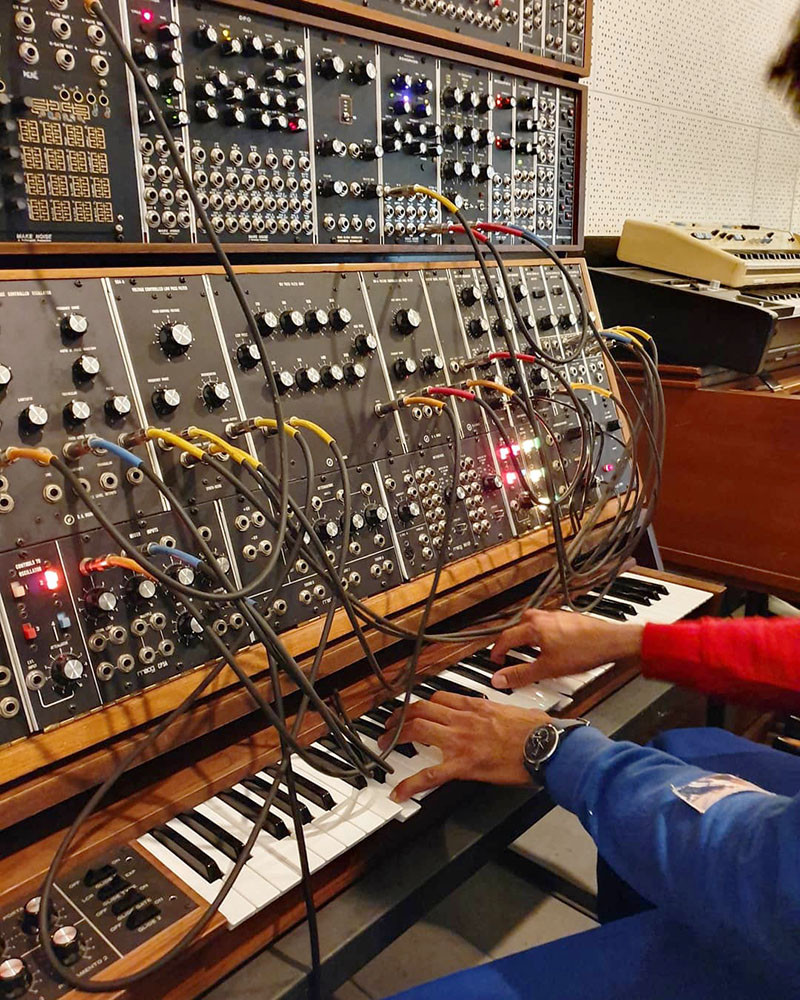
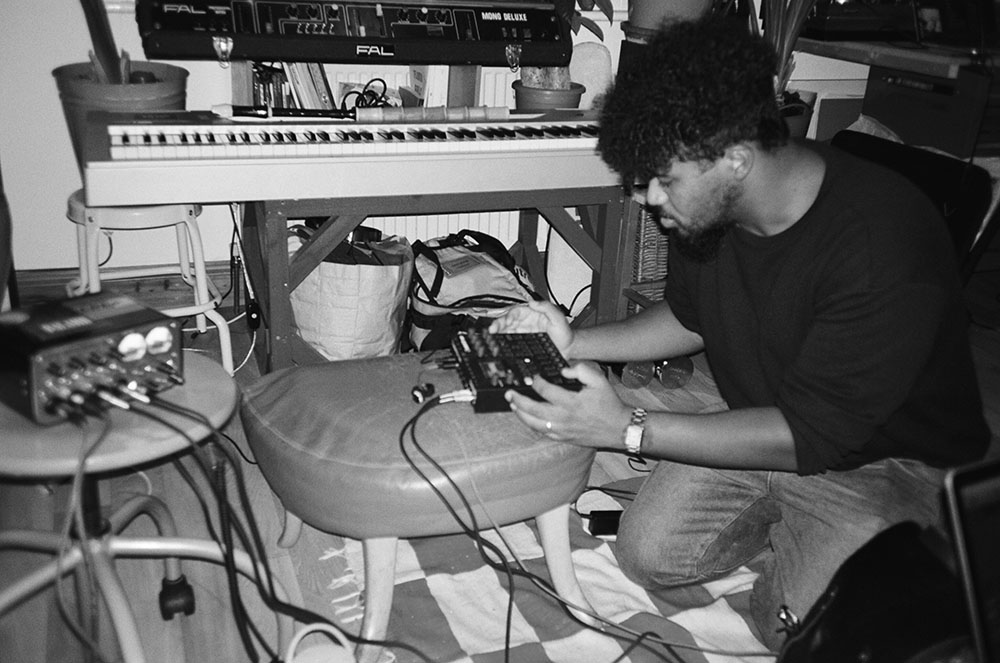
‘Look. Listen. Help.’
Text by Josh Kun
What are pure art aims?
That music is primarily a combination of tones
Painting a combination of colors
Dancing a combination of movements.
Let us say this in artistic terms: we want more
Composition
Combination
Construction
Dynamic and static
Weight and qualities
Rhythm and balance
and so on.
—Josef Albers
This is not piano. This is dreaming. It’s dreaming.
- Duke Ellington
The last time Duval Timothy released an album of songs, on 2018’s 2 Sim, he was surrounded by voices. They were intimate and eloquent and everywhere. Sourced from personal voice notes and field recordings that he pulled from his WhatsApp and captured with his digital audio recorder, they belonged to friends and family in Sierra Leone where Timothy’s father migrated from and where Timothy, born and raised in South London, has been returning to— making films, making music, painting, and learning to weave. They talked of passports, rainstorms, and beaches, and ruminated— over acoustic piano, layered electronics, and the occasional avalanche of beats— on being West African in London and being Afro-British in West Africa, on living a life with two SIM cards, a diaspora life of proximity and distance and family mirrors that don’t always reflect neatly back.
On Help, the voices are fewer and more inscrutable. They are usually allowed only a word or a phrase. They are clipped and panned, time-stretched, and pitched up and down. They are treated like discrete units of matter, strategically drawn in and let go. There are only two voices that are given full sentences. The first, which comes after Ibiye Camp’s sampled utterance of the word “slave” is twisted into a series of melodic looped knots, is a YouTube audio rip of Pharrell Williams critiquing record companies who play Master and force musicians into the role of contractually enchained property.
The second belongs to the late painter Ellsworth Kelly. After a minute of sparse solo piano on “Look,” Timothy plays a recording:
I don’t like decoration—it’s like bad painting. Because, to me, a painting really has to really mean something. To me, I mean. It’s hard to say what it means except what you feel and what you can do with it by looking and investigating. I think Diane Arbus said, “If you investigate enough, everything becomes abstract,” and I like that, so I use it.
And then after another minute of piano, effects, and the distant honk of car horns, more Kelly:
I remember coming down the stairs and seeing this yellow pound of butter, I went to it and stepped on it… and stepped on it and it was all flat. I don’t like bulk. Thickness. Three dimensions. My paintings have always been planar. And so my mother came out and said, “Look what you’ve done... you’ve made art!
The statements of Williams and Kelly are among the few transparent pillars holding up Help’s otherwise opaque and shimmering sky. Timothy’s compositions grapple with historical legacies of enslavement and ownership across the maps of Black music. They also, simultaneously, pursue an intensive aesthetic investigation that borrows from visual traditions of abstract art, conceptualism, and the deep resonant flatness of color field painting (influences that have all left their mark on Timothy’s films, paintings, and textile work as well.) In addition to a figure like Kelly, Help also further connects Timothy’s work to that of the U.S. artist Jennie C. Jones, whose paintings and sound objects—and whose own theory of “listening as a conceptual practice”— urges a reconsideration of abstract art as a form of Black avant-gardism (and vice-versa).
If 2 Sim and 2017’s Sen Am bent abstraction toward audio documentary, Help bends back toward the edges of non-referentiality. The achievement of the album—which is anchored in the warmth and delicacy of Timothy’s ever-present acoustic piano— is that so few elements are asked to add up to anything fixed or easily digestible. Timothy allows them to bubble and linger and then dissipate into the air without leaving a trace. Carefully laced with blurred keys, anonymous whoops, far-away clangs, and slick guitar flutters, the songs abide by invisible geometries. As he does in his textile work, Timothy carries colors (a version of the name his clothing line once carried) across these minimalist sonic sketches that blur the edges of tone and hue. He called his 2016 album Brown Loop, but the loops on Help listen across palettes, gradations, and intensities.
In his landmark study, Interaction of Color, Josef Albers famously wrote that the longer you look at a color the more you can see its “after-images.” Timothy makes music that if you listen closely enough, long enough, you can hear something like “after-sounds.” These are not the “ghost notes” between beats that Timothy sampled legendary drummer Bernard Purdue talking about back on his 2012 debut Dukobanti. Instead these are the notes and tones that appear only after all the other notes and tones leave the ear— sounding after sound. Albers, of course, also painted cover art for albums like Provocative Percussion and Persuasive Percussion Land III, and late in his career became interested in translating fugues and rhythms into the visual language of paintings. I think of Timothy working the other way, translating visual color into the language of sound and music.
There are more conventional ways to talk about this album. Vegyn handles percussion, Twin Shadow and Mansur Brown contribute guitars, Kwes sits in on an Op-1, and Lil Silva lends vocals to the languid slur of “Fall Again.” As on previous albums, Timothy’s family shows up as well, with his brother on trumpet and his sister offering an Afro-pessimist koan on “TDAGB” (Things don’t always get better). The whole thing is ably produced and corralled by Rodaidh McDonald who knows a thing or two about form and un-form from his work with both Adele and King Krule.
But that kind of talk goes against Help’s grain. Are these even songs? I’ve called them sketches, but maybe they are more like shapely soundscapes, or musical case study houses where ideas flash with intense melodic light, and then warp into a radiant darkness. Is that darkness a form of blackness? A figure of it? A re-coding of it? Help continues Timothy’s penchant for abstraction while still wanting to engage with histories of Black diaspora and migration between England and West Africa— a version of what curator Adrienne Edwards once famously called “blackness in abstraction.”
Timothy similarly refuses to choose between one or the other, colorist abstraction or colorist politics. Instead he sits down at his piano, and carries them both. He floats. He listens for the space between distance and proximity, between the repetition of the word slave and its eventual unintelligibilty. He settles into the planar beauty of the between and starts to dream.
‘Groundnut ft. Twin Shadow’ music video
The video explores the story of groundnuts (peanuts) from farm to market to the various products, food and culture surrounding them. To create the video Ibiye Camp collaborated to extensively photograph the process of farming groundnuts in Sierra Leone and the various journeys they go on. Ibiye then used these photographs to generate virtual 3D models of these scenes which the camera moves through to create a narrative and convey the story.
Directed by Ibiye Camp and Duval Timothy.
Interview with Sesay Family, Freetown, Sierra Leone 2019.
‘Fall Again ft. Lil Silva & Melanie Faye
Duval Timothy - Director, Camera, Story, Editing, Colour Grading
Abu Bakar Sesay - 1st Assistant
Kandeh Bangura - 2nd Assistant
Constantine Verice King - Sound Assistant
Mohammed Alimamy, Chief Pa Alimamy - Local Chiefs
Abu Bakar Sesay - 1st Assistant
Kandeh Bangura - 2nd Assistant
Constantine Verice King - Sound Assistant
Mohammed Alimamy, Chief Pa Alimamy - Local Chiefs
Tombo Harbour Master - Boats
Carrying Colour - Production, Costume Design
Developing - Cinelab London
Kodak Film
Tombo Fishing Village, Sierra Leone
Carrying Colour - Production, Costume Design
Developing - Cinelab London
Kodak Film
Tombo Fishing Village, Sierra Leone
‘Slave’ Music Video
The plasticine animation tells the story of me giving birth to a cute baby audio file which gets shackled away from me by a music industry a&r and lawyer who use contracts to reproduce and exploit the music files. After hearing Pharrell speak on the importance of owning your music my charecter goes on a journey into the heart of the music corporation to liberate my music, meeting Nipsey Hu$$le and Prince on the way.
Written & Directed by Duval Timothy
Claymation by Max Valizadeh & Duval Timothy
‘Slave’ EP
* 2 track EP from Duval Timothy featuring Twin Shadow & Vegyn* Co-produced by Rodaidh McDonald and Vegyn
* Each sleeve features photography and handmade collage by Duval Timothy.
* Hand-stamped with Carrying Colour and VF stampers
* Limited Ed. of 99
* Release date: 12/06/2020
‘The song (Slave) explores the history of the transatlantic slave trade. The idea that we live in a world that not only feels the effect of this horrific history but one that takes elements from the slave system and implements them in different ways adapted to our contemporary life.
The song samples a spoken-word passage which implies standard record contracts are used as a mechanism of oppression and control, pointing out that these contracts are worded in terms of ‘Slave’ and ‘Master’. In this way, the song criticises a model where record companies coerce artists into handing over or selling ownership of their masters in favour of a model where artists partner with people and companies within the music industry while maintaining ownership and control of the music they created.
The song also explores the idea of whether an audio sample should have rights of its own. The “slave” vocal, which was performed by Ibiye Camp was recorded and placed into a digital sampler (ESX24) where they are transformed into an instrument I am able to play. In this situation once created the vocal sample has no agency over what happens to it, it is a slave. In this way, I’m exploring what I see as an inevitable fight for the civil rights of artificial intelligence.’
A: Slave feat Twin Shadow (3:29)B: Like feat. Vegyn (4:17)
![]()
![]()
![]()
Original score for ‘Untitled’ a short film by Akinola Davis Jr.
![]()



I created the score for this short film around intimate voice note recordings of Akinola (the director)’s mother. In these mobile phone audio recordings, she tells stories of meeting Akinola’s father and other tales involving family and friends related to the director and his mother. In making the composition I chopped, stretched and manipulated pitch of the voice from these recordings in an effort to use it as an instrument and explore the physicality involved in the process of narrating these stories to her son.
Film by Akinola Davis Jr
Words by Moya DeYoung
Edited by Marvin Jay Alvarez
DOP Nathalie Pitters
Original Music by Duval Timothy
Words by Moya DeYoung
Edited by Marvin Jay Alvarez
DOP Nathalie Pitters
Original Music by Duval Timothy
Commissioned by Sommerset House with support from The Adonyeva Foundation
Further info on this work HERE
Further info on this work HERE
Hosting/DYE
Dye (3:07)
‘Mica Levi and Duval Timothy - two vital figures at the heart of contemporary composition - combine for this special limited edition split release via NTS.’
7” Red vinyl in clear screenprinted sleeve. Edition of 500 units - available here.
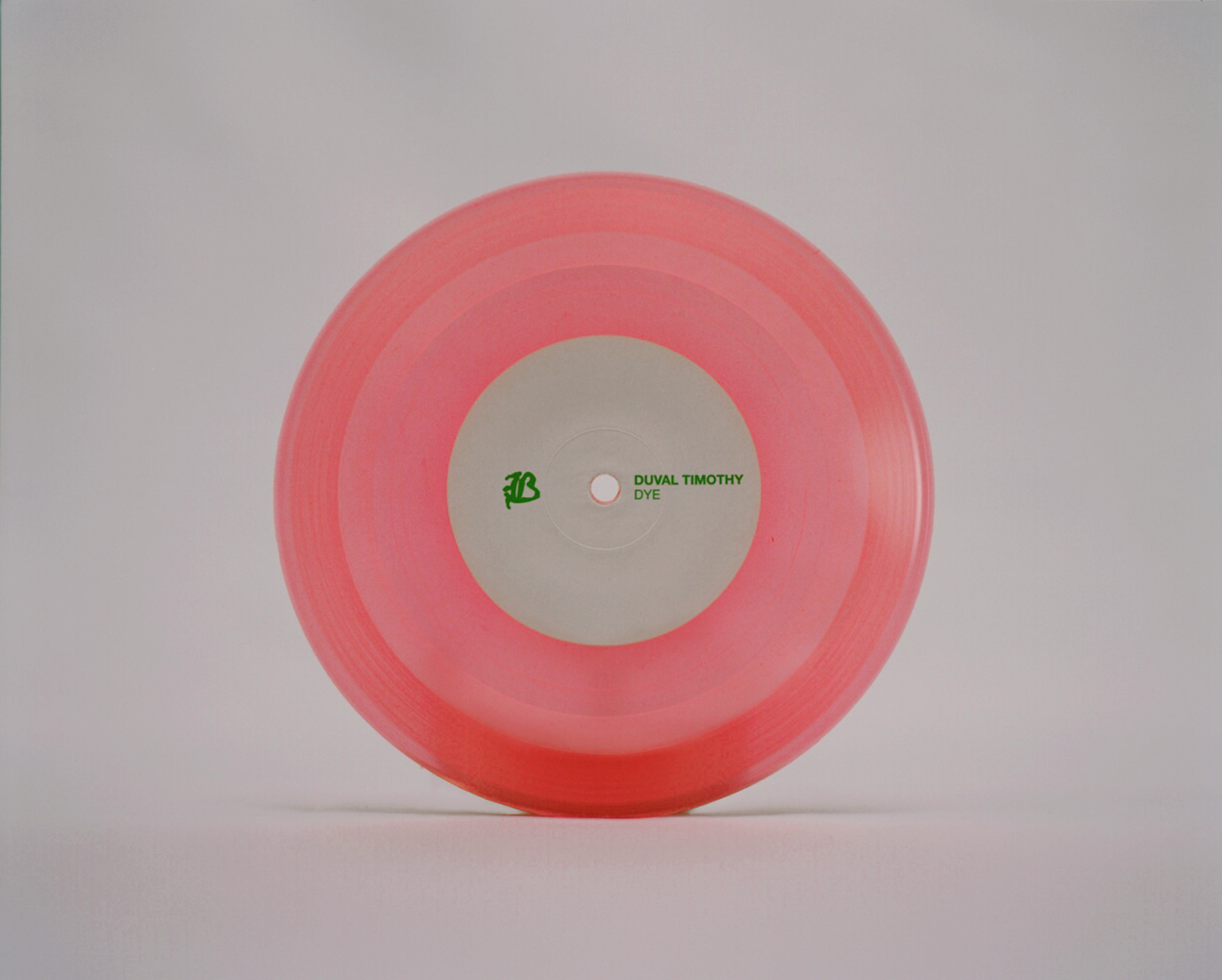
![]()
![]()
![]()
Tufting Gun Tapestries



A collaboration with Assemble, Big Chief Demond Melancon and students from The Material Institute.
The project is centered around tufting, an ancient carpet-making technique, reimagined with contemporary equipment - primarily tufting guns which shoots yarn through a fabric membrane. We also practiced natural dying processes (indigo, turmeric, cochineal, kola nut, onion skin and hibiscus flowers) to colour the yarn used in the tapestry. Students from the Material Institue used the tufting guns to create their own works as well as contributing to tufting a vast cotton tent structure.
We traveled from New Orleans to Chicago with the work where it was installed at the Logan Center.
The exhibition included the large tufted tapestry, a collaborative soundtrack composed using field recordings made while doing the proccesses, photography, equipment and the work of students from the Material Institute.
Curated by Yesomi Umolu, Katja Rivera & Alyssa Brubaker. Made possible by support from The Andy Warhol Foundation for the Visual Arts, UChicago Urban Architecture Initiative, The Reva and David Logan Foundation, and friends of the Logan Center, and is co-funded by MONA (Museum of Old and New Art).
September 13–October 27, 2019.
![]()
![]()
![]()
![]()
![]()
![]()
![]()
![]()
![]()
![]()
![]()
![]()
![]()
![]()
![]()
![]()
![]()
![]()
![]()
![]()
![]()
![]()
![]()
![]()
![]()


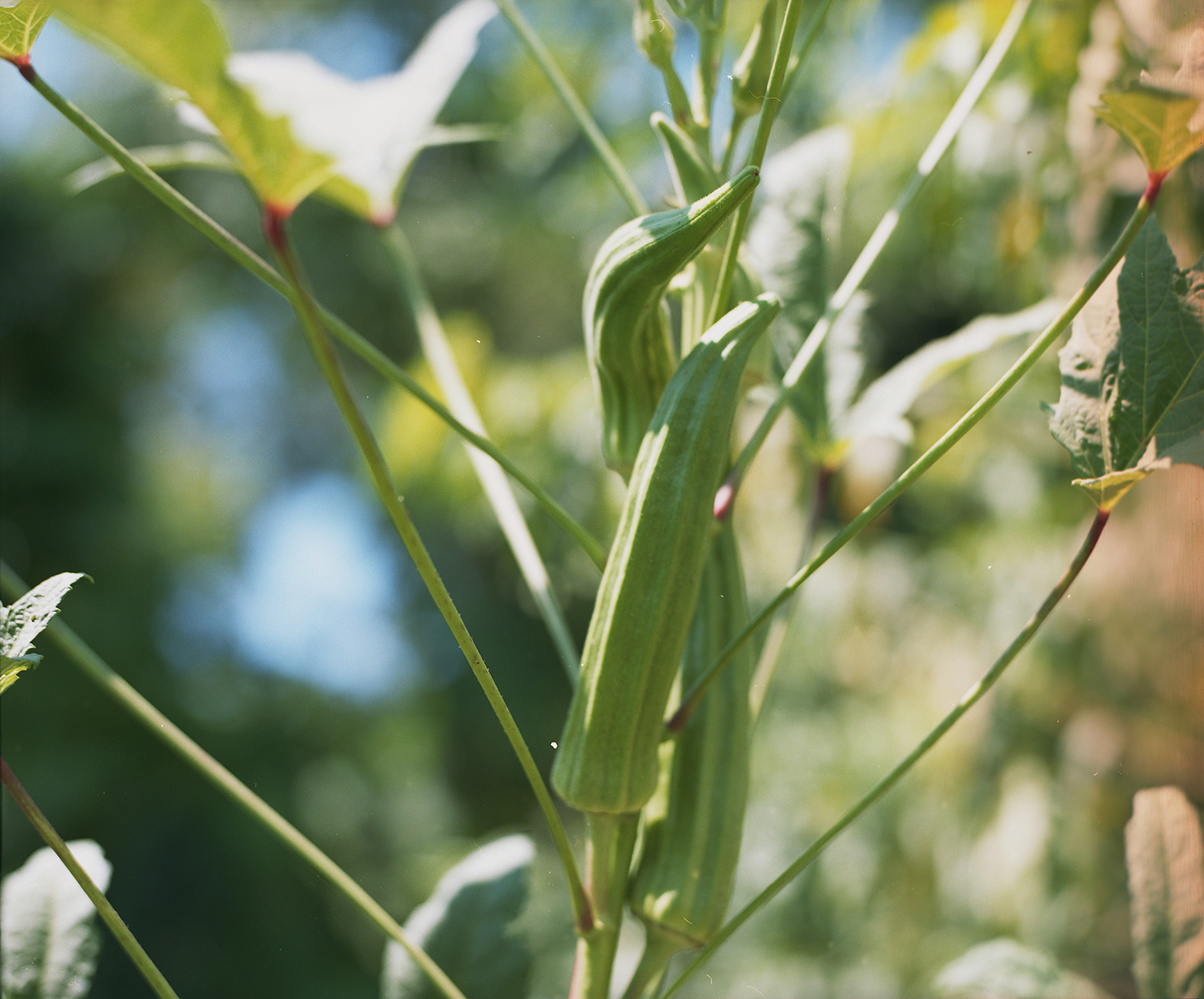








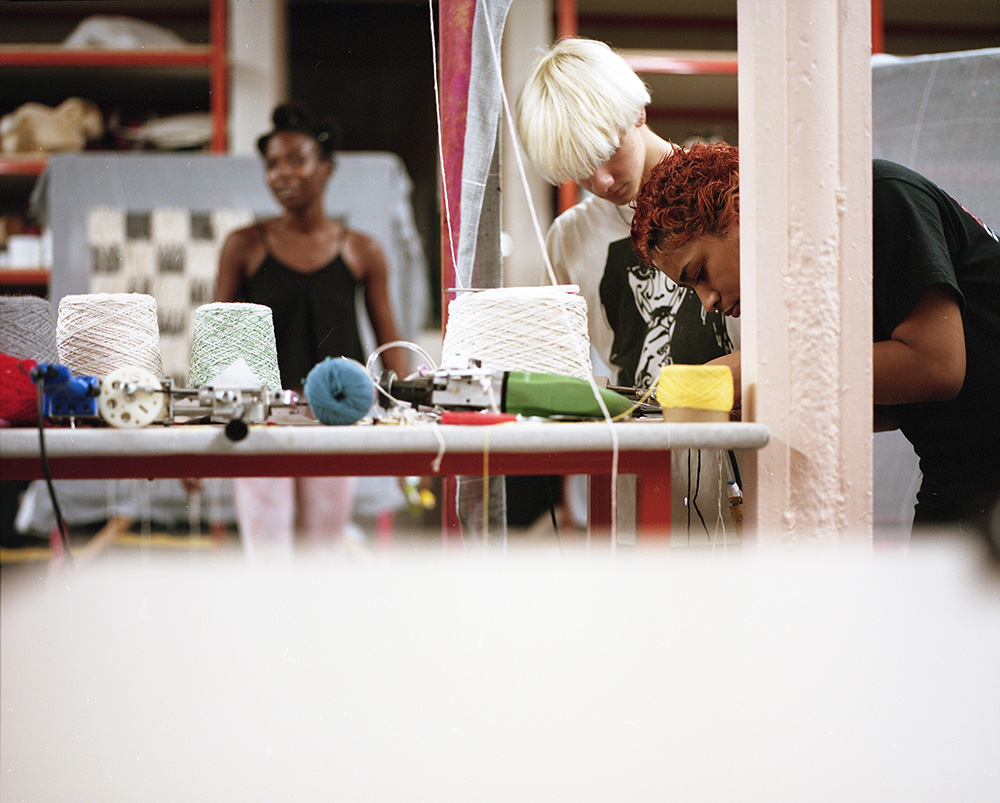





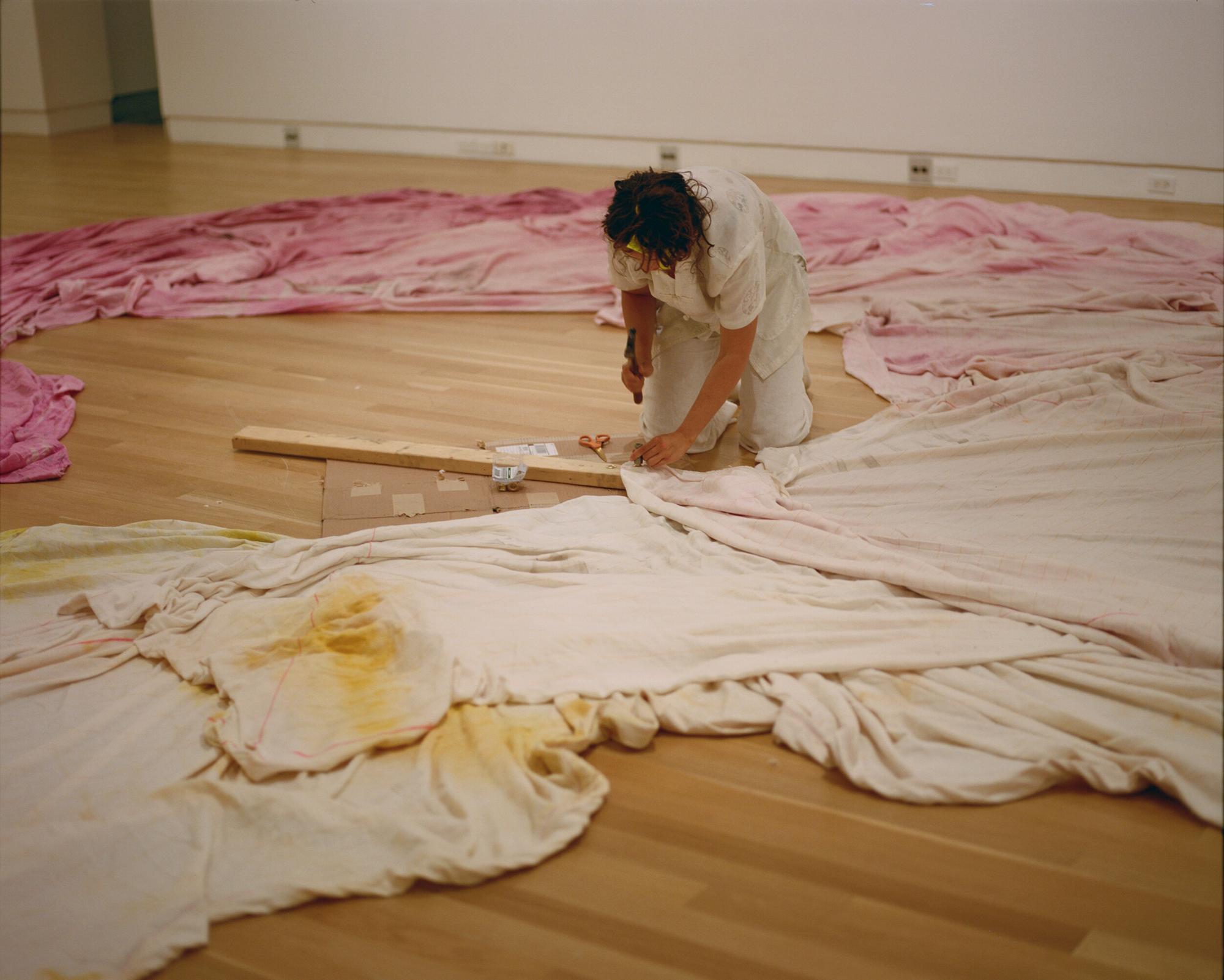







2 Sim
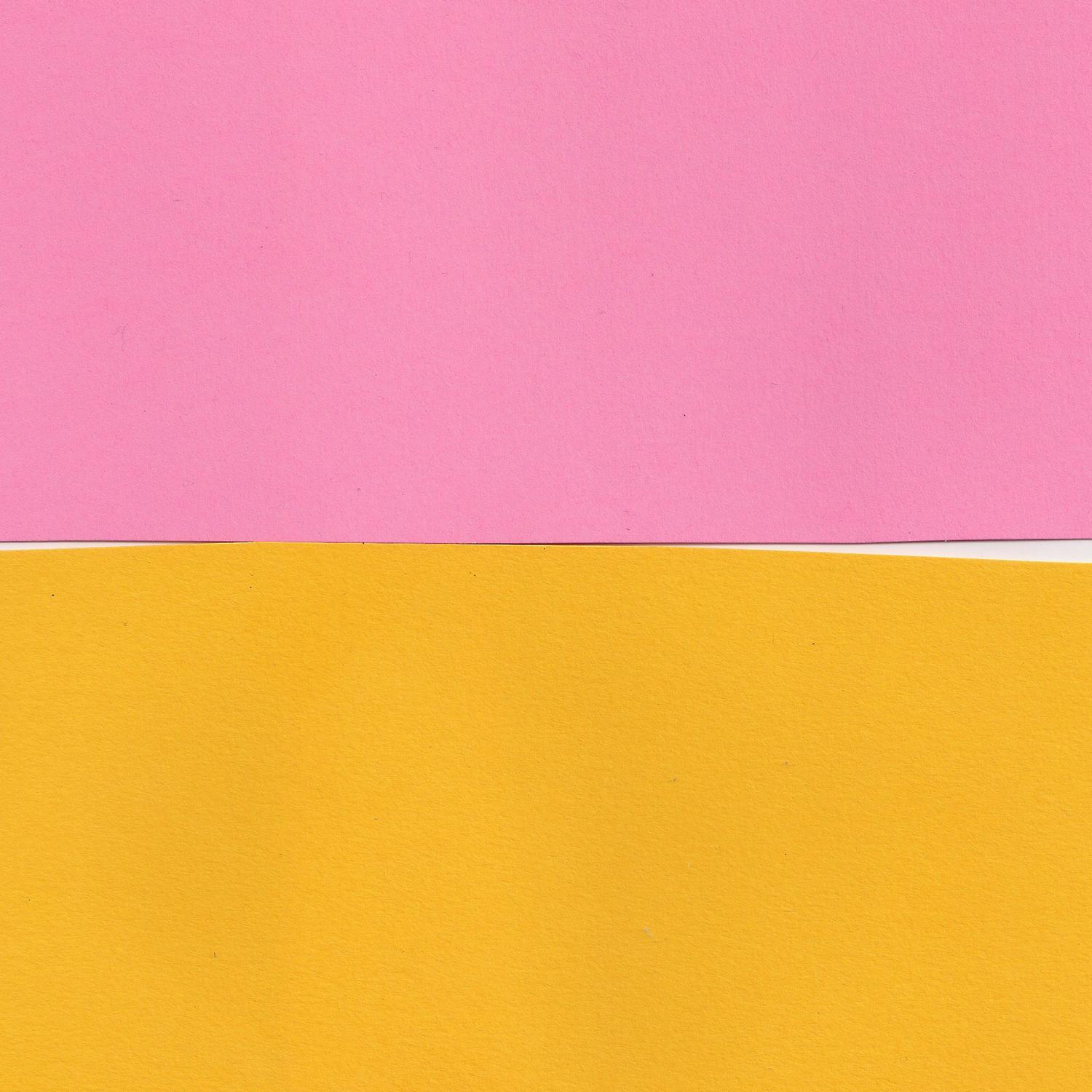
‘2 Sim’ is a phrase that uses mobile phones with two sim cards as a metaphor for people of mixed heritage, dual nationality or multiple residence. After being called 2 Sim in conversation with a stranger while on a walk through Freetown (a recording of this moment features on the record) I began to explore what the 2 Sim experience is in contemporary West-Africa.
2 Sim EP was created from 2 months of field recordings and interviews with family and friends in Freetown Sierra Leone. These site specific recordings are collaged with solo piano recordings and production recorded in Sierra Leone and the UK. The EP is accompanied by a short film/ music video of the same name which I shot and Directed whilst making the record.
1. 2 Sim (7:05)
2. Botany Rd (6:28)
3. All Things (10:38)
4. First Rain (7:28)
2. Botany Rd (6:28)
3. All Things (10:38)
4. First Rain (7:28)
12” 180g Vinyl & limited edition scroll
2 Sim is also available via Minute of Listening, a curated collection of 60-second recordings introducing children to a range of music and sounds. Accompanying resources help enrich all curriculum areas, and follow-up questions encourage children to discuss what they heard, thought and felt.
2 Sim is also available via Minute of Listening, a curated collection of 60-second recordings introducing children to a range of music and sounds. Accompanying resources help enrich all curriculum areas, and follow-up questions encourage children to discuss what they heard, thought and felt.
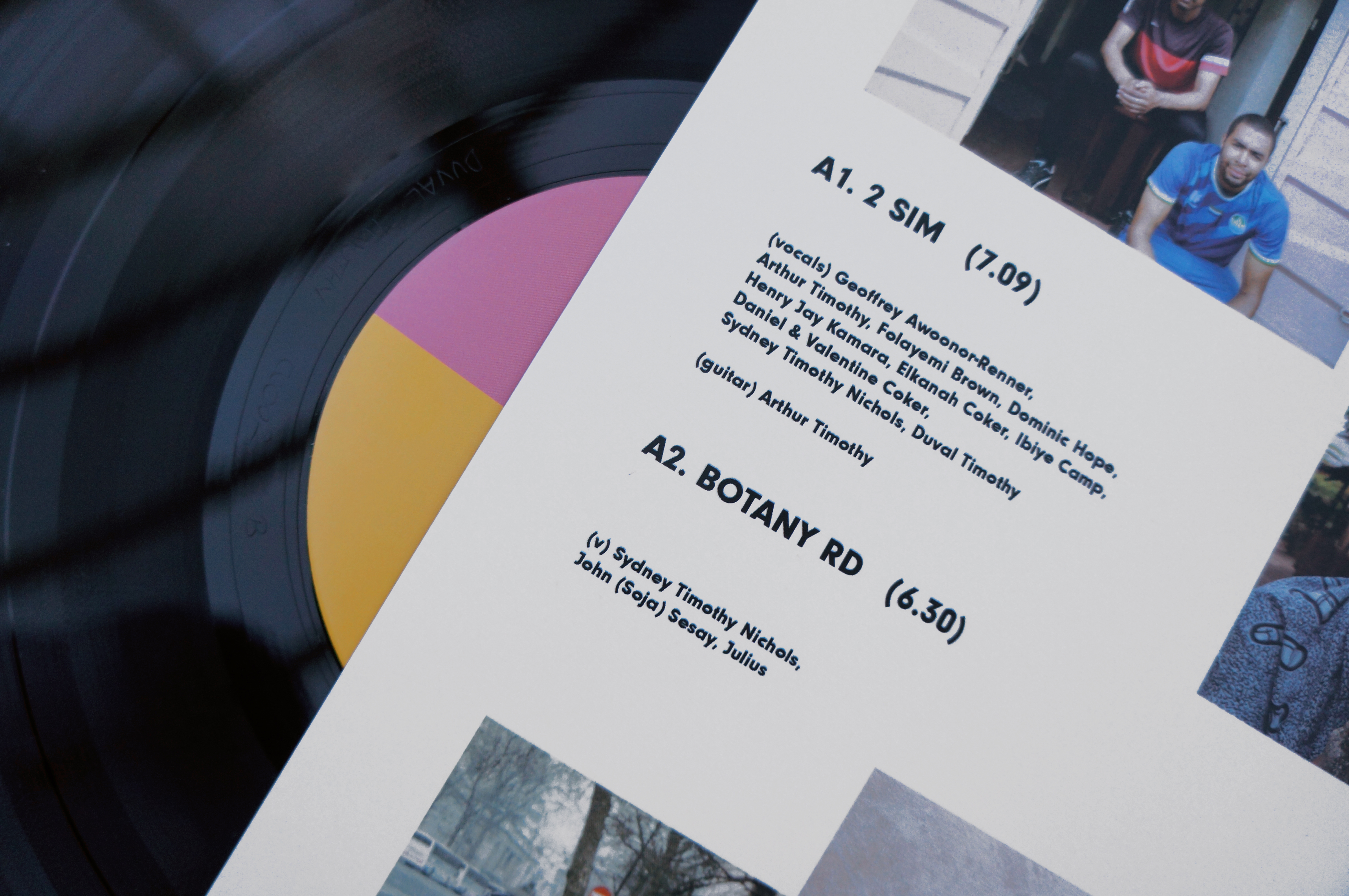
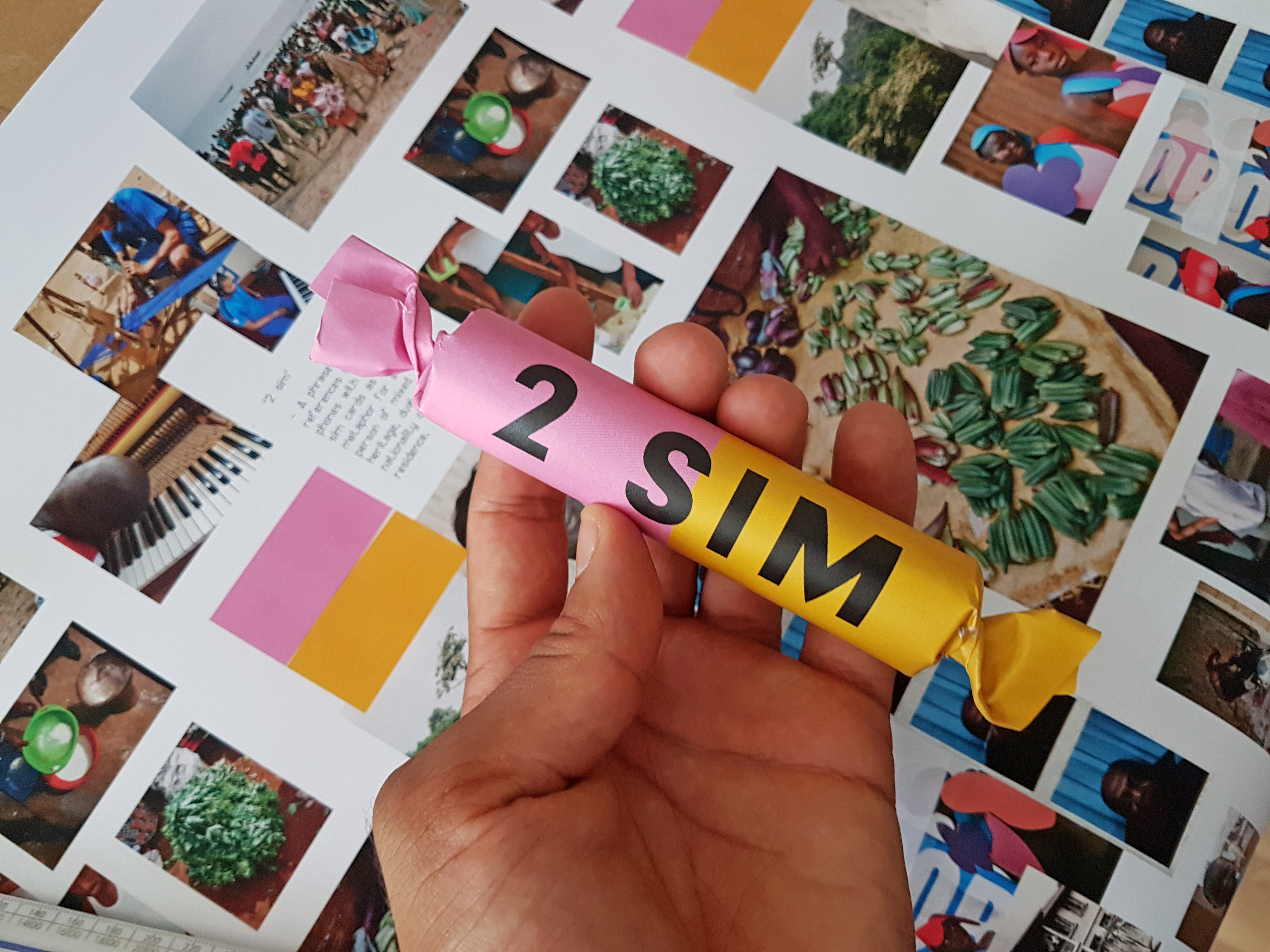


Sen Am

The third album by Duval Timothy, released 27 October 2017 on Carrying Colour Records.
The album samples Whatsapp messages from family and friends in Sierra Leone with solo piano compositions and production. With this album I am exploring my identity, the migration of people (historically and my own movement) and urban environmental change and renewal/re-planting (return).
1. Whatsapp (2:41)
2. Whale (5:07)
3. Introvert (3:19)
4. Ball (4:18)
5. Language ft. Nicholas Mandalos (4:08)
6. No (1:52)
7. Wahala (3:19)
8. Nijo (3:37)
9. Dust (2:31)
10. Ibs (3:16)
11. Emmerson (2:41)
12. Return (4:40) - Bonus
Listen to Sen Am HERE
1. Whatsapp (2:41)
2. Whale (5:07)
3. Introvert (3:19)
4. Ball (4:18)
5. Language ft. Nicholas Mandalos (4:08)
6. No (1:52)
2. Whale (5:07)
3. Introvert (3:19)
4. Ball (4:18)
5. Language ft. Nicholas Mandalos (4:08)
6. No (1:52)
7. Wahala (3:19)
8. Nijo (3:37)
9. Dust (2:31)
10. Ibs (3:16)
11. Emmerson (2:41)
12. Return (4:40) - Bonus
8. Nijo (3:37)
9. Dust (2:31)
10. Ibs (3:16)
11. Emmerson (2:41)
12. Return (4:40) - Bonus
2021 re-press
-180gm tricoloured vinyl
- 3 x photographed postcards by Duval Timothy
- Matt full-colour 3mm sleeve
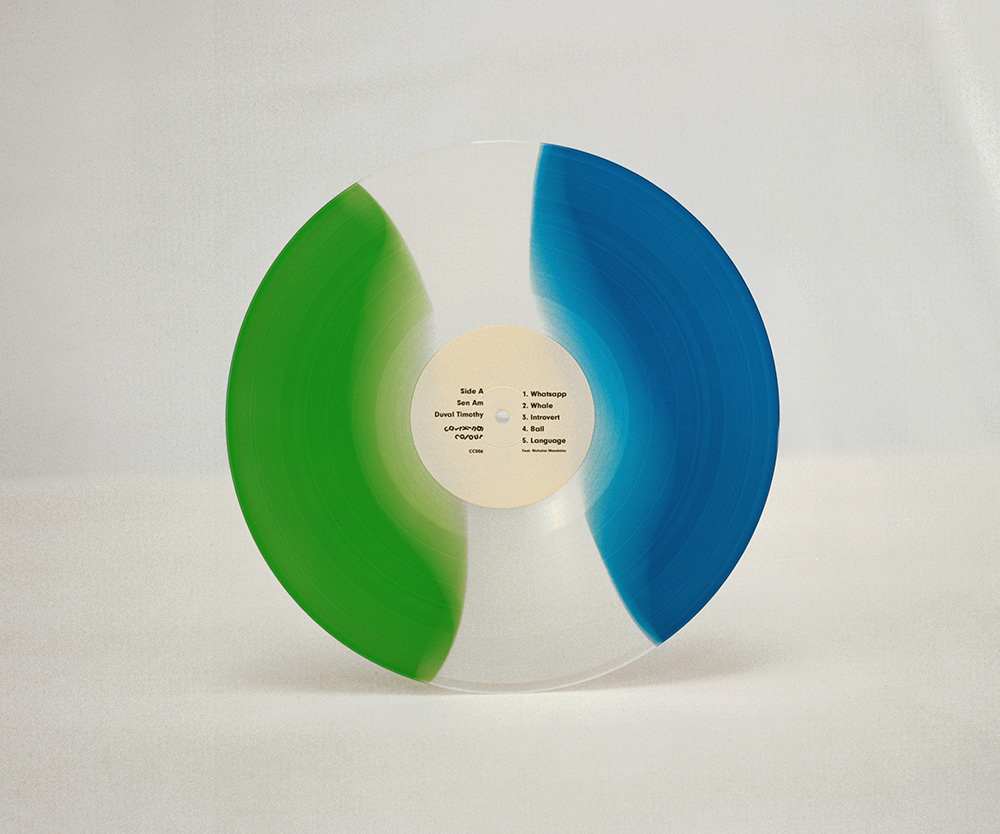
![]()
![]()
![]()
Weaving in Sierra Leone


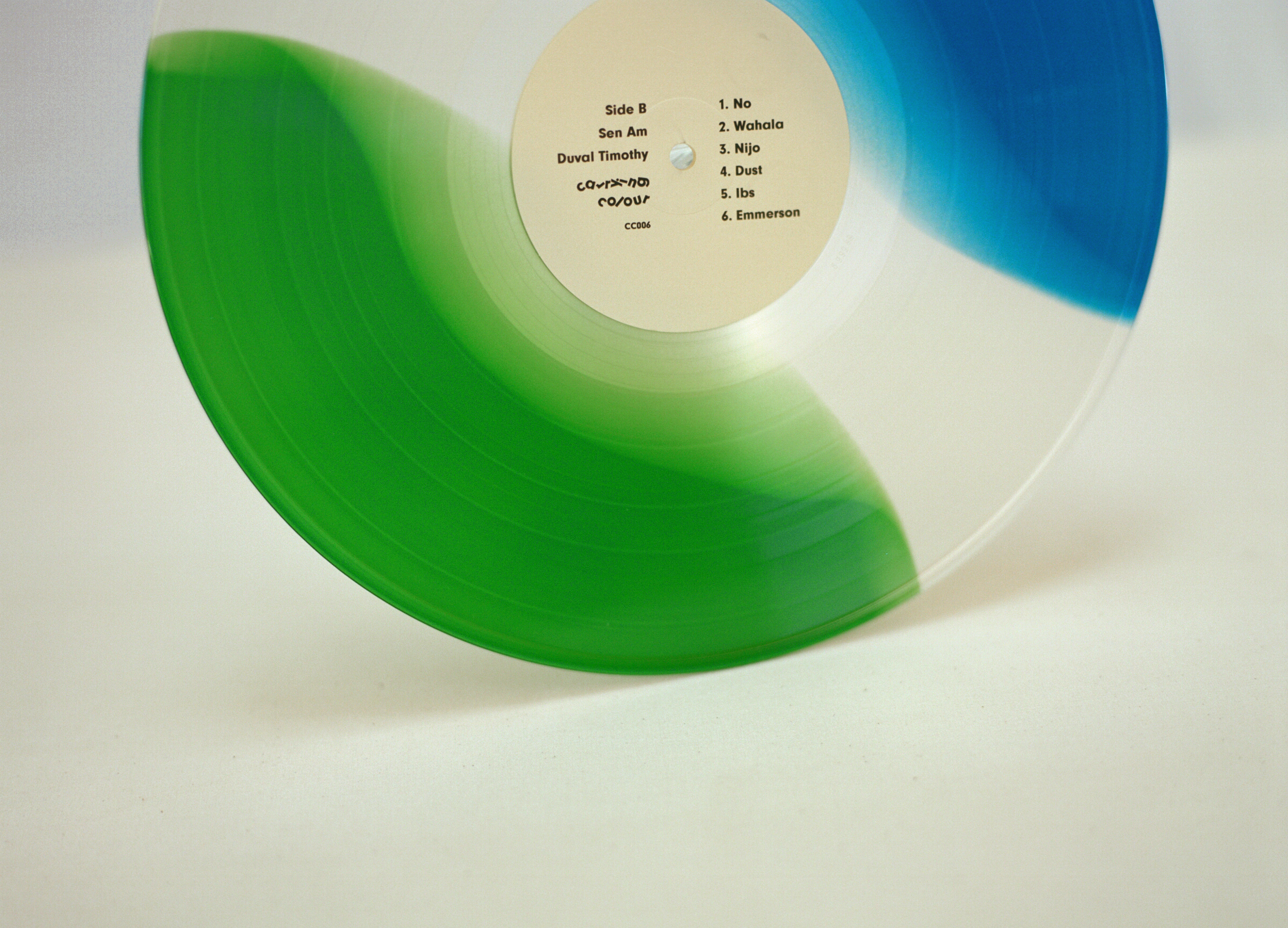
Research and development of traditional weaving in Sierra Leone. Focusing on weaving within the Freetown peninsular and Folu and Segbwema in the Eastern province of Sierra Leone. With support from Arts Council England I spent months learning from Mohammed Yanka, Abu Bakar Sesay and the master weavers of Folu village.
In segbwema I had the opportunity to visit a cotton farm in the village which is harvested by the community and processed into natural yarn which is woven on site. Because domestic cotton is rare, mostly imported yarns are often used today. However because of the cost of imported yarn is high, many weavers now buy bulk used knitted sweaters from markets in the east-end of Freetown. The second hand jumpers are skillfully unravelled by an individual thread and simultaneaously would onto sticks to form a bobbin. The traditional tripod looms are made from local wood, bamboo and fishing thread. This yarn from the recycled sweaters is then woven with the loom to form a long strip of fabric. Intricate patterns can be designed within the weave or inlayed. The work is highly skilled, labor intensive and rewarding. Men and women engage in all levels of the work often taking over from one another, borrowing materials, skills, cracking jokes and eating together.
The six to ten inch wide strips of fabric are then taken to market or sewn together to form a wider cloth used to make traditional ‘country cloth’ clothing. Cheaply manufactured imported fabric and the dumping of global second hand clothing into Sierra Leone and many other West-African countries has undercut the cost of traditional woven fabrics and has therefore greatly damaged the local weaving industry.
Learning this weaving process inspired me to start Carrying Colour, through which I have designed a range of scarfs which are handwoven in Freetown on these traditional looms.
![]()
![]()
![]()
![]()
![]()
![]()
![]()
![]()
![]()
![]()
![]()
![]()
![]()
![]()
![]()
![]()
![]()
![]()
![]()
![]()
![]()
![]()
![]()
![]()
![]()
![]()
![]()
![]()
![]()
![]()
![]()
![]()
![]()
![]()
![]()
![]()
![]()
![]()
![]()



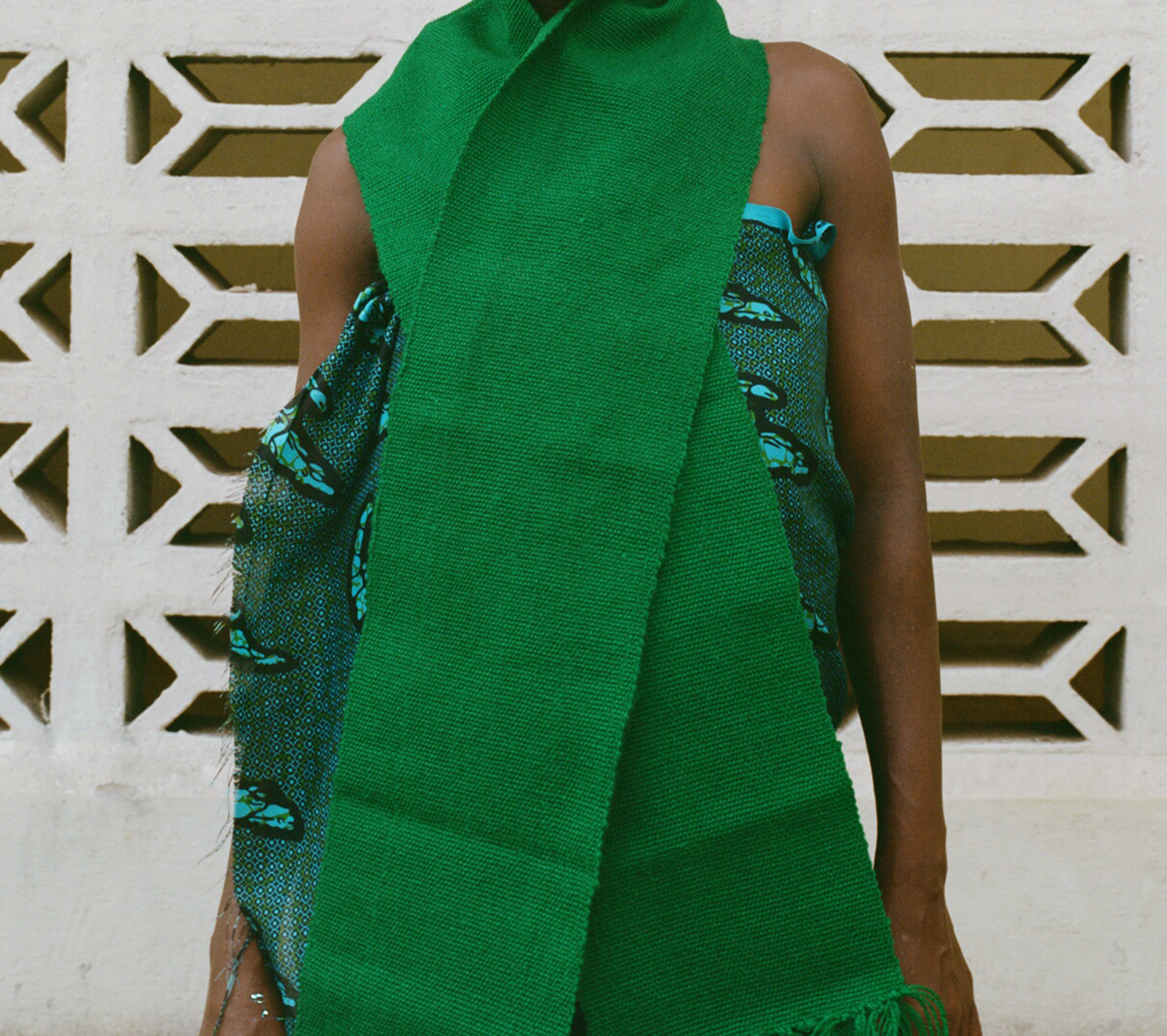


Brown Loop
![]()
My solo piano album ‘Brown Loop’ re-released on 2 October 2020 on Carrying Colour - (Recorded New York, 2016)
Listen to Brown Loop HERE
Buy Brown Loop on vinyl HERE
![]()
Tracklist
01 Through The Night 3:39
02 Cold Is Coming 3:06
03 Badman 3:01
04 Clouds 2:34
05 G 3:13
06 Blue Borough 2:55
07 Hairs 7:15
08 Pleats 2:55
09 Smoke Alarm 3:36
10 Passing 5:05
11 Older than we used to be 2:48 (Bonus)
12 Old Kent Rd 4:28 (Bonus)
All music composed and performed by Duval Timothy
Solo piano
Mastered by Derek Pacuk
180g vinyl produced in partnership with Vinyl Factory. Pre-order HERE
Carrying Colour, 2020.
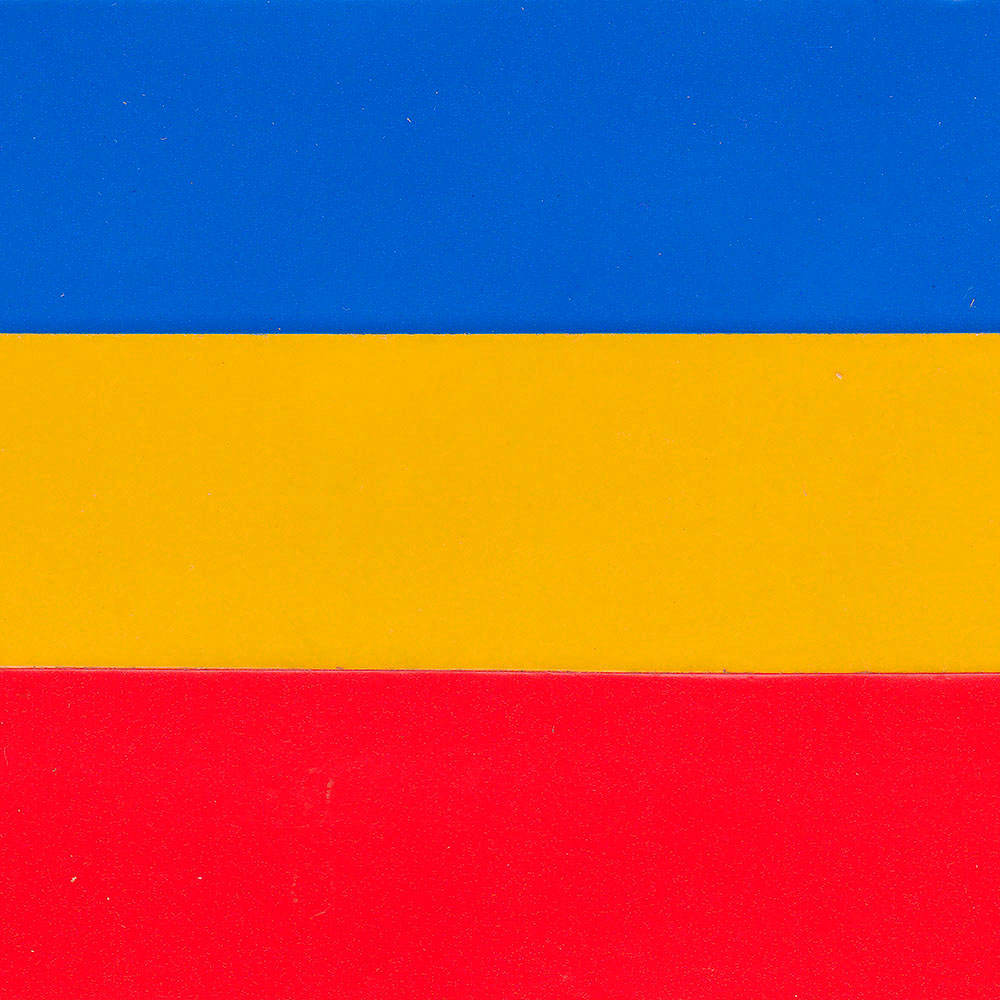
My solo piano album ‘Brown Loop’ re-released on 2 October 2020 on Carrying Colour - (Recorded New York, 2016)

Tracklist
01 Through The Night 3:39 02 Cold Is Coming 3:06 03 Badman 3:01 04 Clouds 2:34 05 G 3:13 06 Blue Borough 2:55 07 Hairs 7:15 08 Pleats 2:55 09 Smoke Alarm 3:36 10 Passing 5:05 11 Older than we used to be 2:48 (Bonus) 12 Old Kent Rd 4:28 (Bonus)
All music composed and performed by Duval Timothy
Solo piano
Mastered by Derek Pacuk
180g vinyl produced in partnership with Vinyl Factory. Pre-order HERE
Carrying Colour, 2020.
The Groundnut
From 2011 to 2016 I co-founded and ran a food project with Folayemi Brown and Jacob Fodio Todd - The Groundnut. The project explored our identities - between us we have heritage from England, Ghana, Nigeria, Sierra Leone and South-Sudan. This exploration led to bi-monthly dinners in temporary and improvised spaces in South-London. At the dinners we would design and build furniture, tableware and a completely original set menu. Between thirty and fifty guests each night sit at long communal tables eating our adaptations of Sub-Saharan African food, served banquet style from communal plates.
Other highlights included workshops at the Albany theatre in Deptford, an interactive installation at Tate Modern Turbine Hall, talks at The Southbank Centre and pop-up dinners at Le Bal cafe, Paris. After 3 years of many dinners with a diverse audience, workshops and periods of travel we created ‘The Groundnut Cookbook’ which was published by Penguin in the summer of 2015 and later published in the USA by Ecco, Harper Collins as ‘Foods from across Africa’.
![]()
![]()
![]()
![]()
![]()
![]()
![]()
![]()
![]()
![]()
![]()
![]()
![]()
![]()
![]()
![]()
![]()
![]()
![]()
![]()
![]()
![]()
![]()
![]()
![]()
![]()
![]()
![]()
![]()
![]()
![]()
![]()



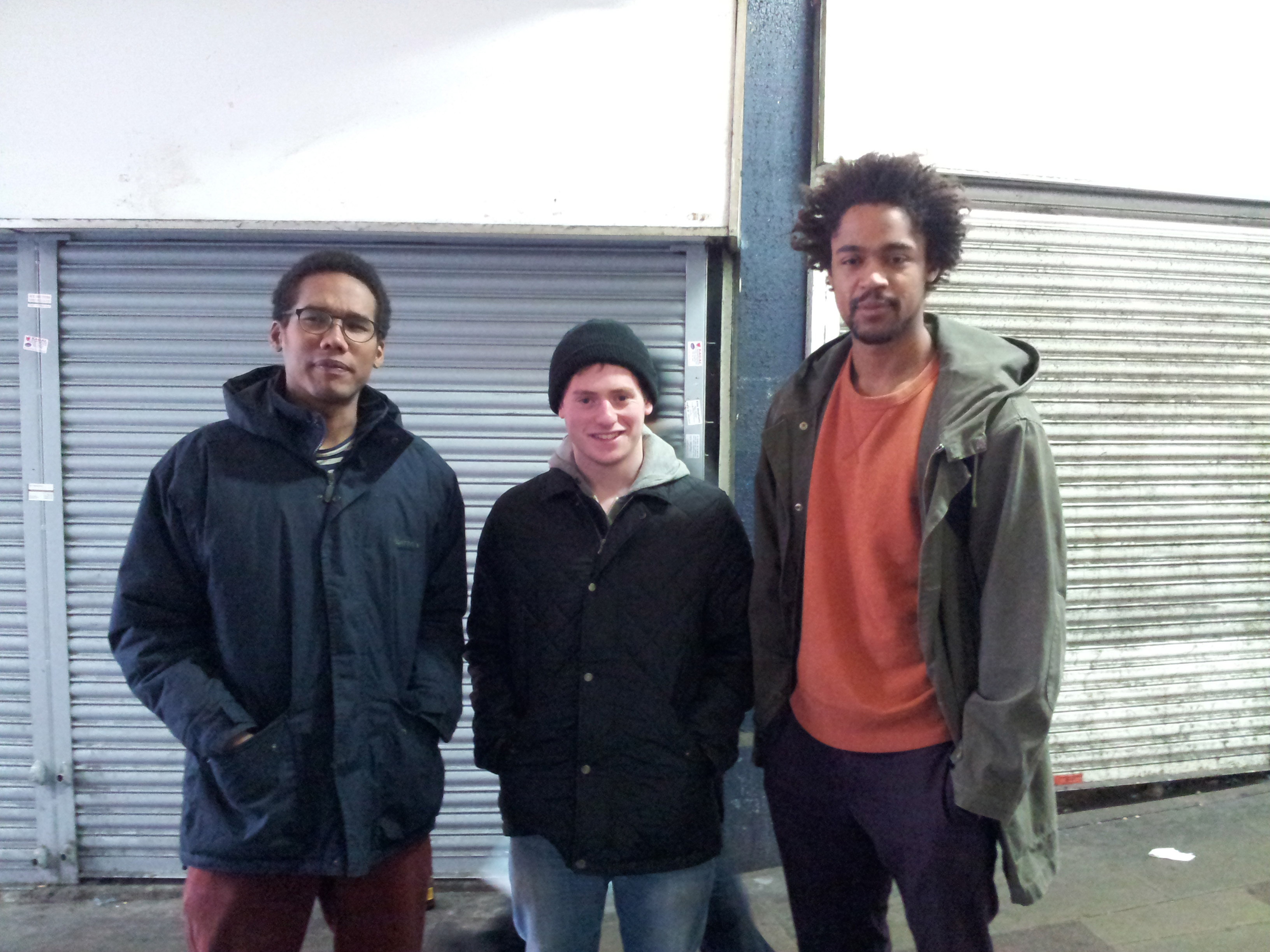
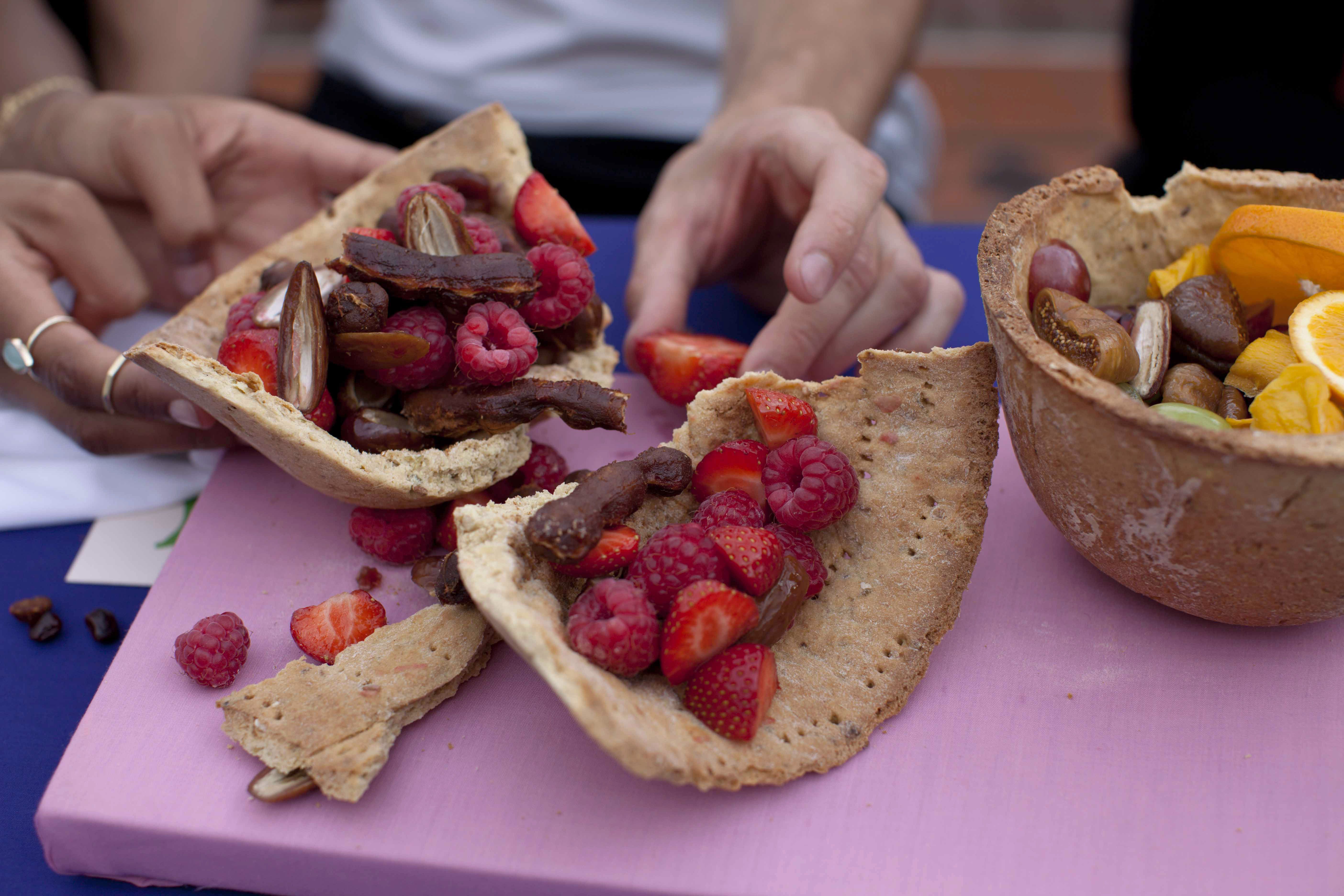





The Groundnut Table, Tate Modern - Turbine Hall
We adapted our custom tables into a single long table stretching the length of the turbine hall’s entrance slope. We placed hundereds of oranges and peelers along the table and the public were able to sit at the table and peel oranges, opening the top to create a fresh orange juice where the orange itself forms both the drink and the cup - a common way to consume oranges across West-Africa. The table also formed an invitation for the public to relax, spend time in the gallery space and interact with each other. An extension of the concept of the gallery space as a public space.
![]()
![]()
![]()
![]()




Raised Floor
A large raised floor constructed with MDF and completely stretched with fabric. The raised floor is designed so that the audience (who remove shoes upon entering) are able to sit on the floor at what are perceived as sunken tables creating a different experience of space and scale.
The construction of the floor was documented in 8mm film by Justin Rangler (Below)


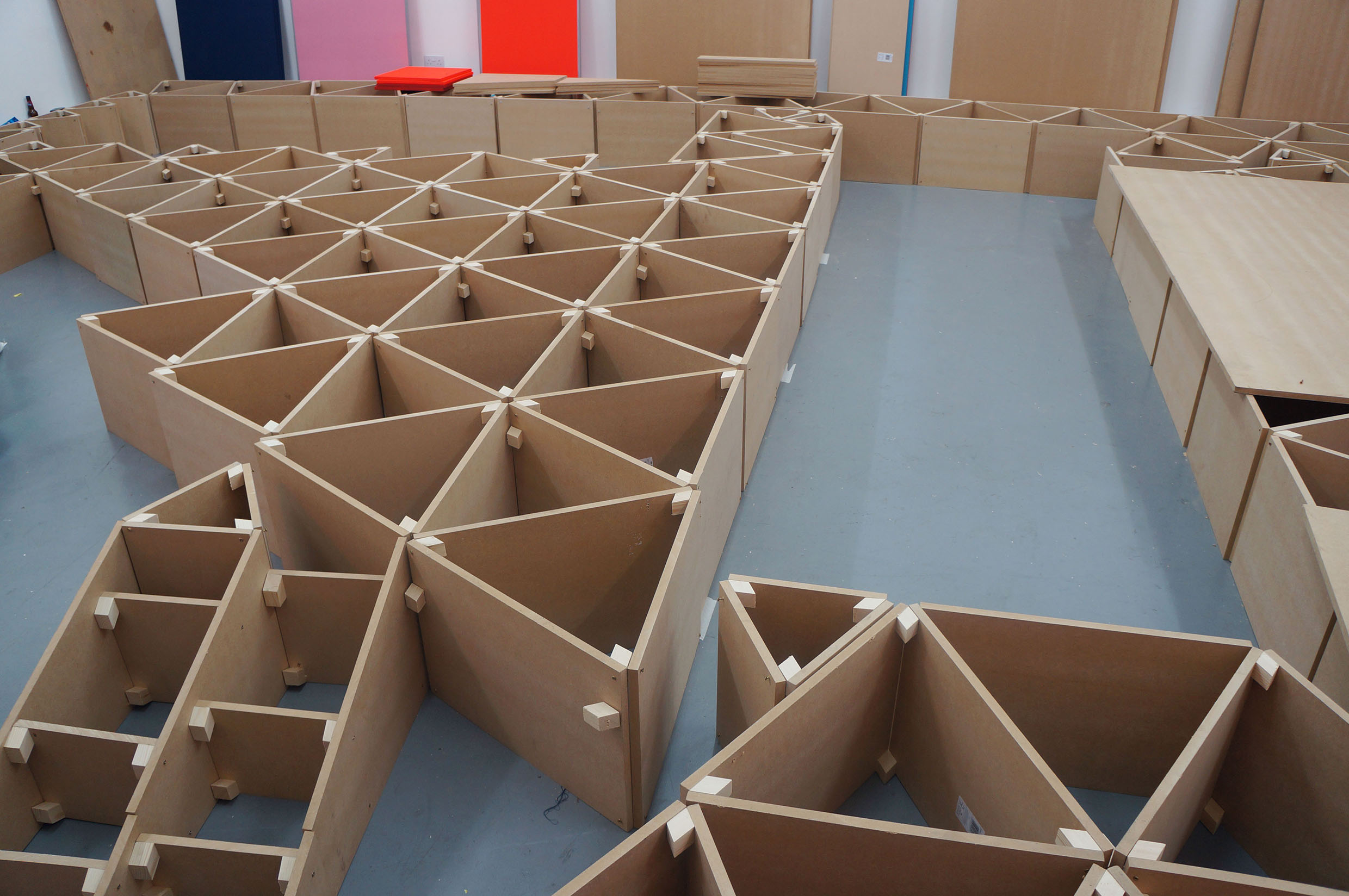
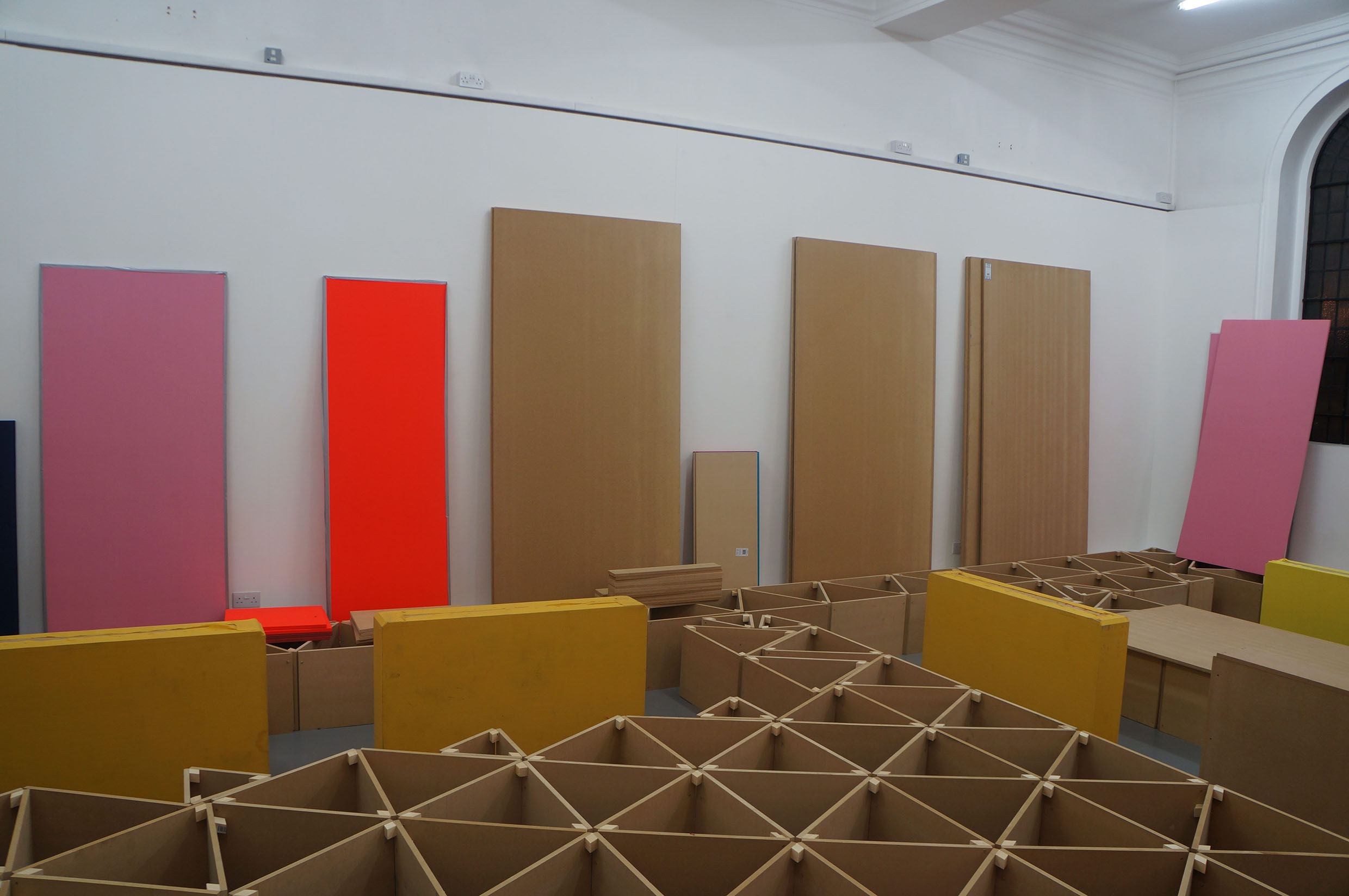
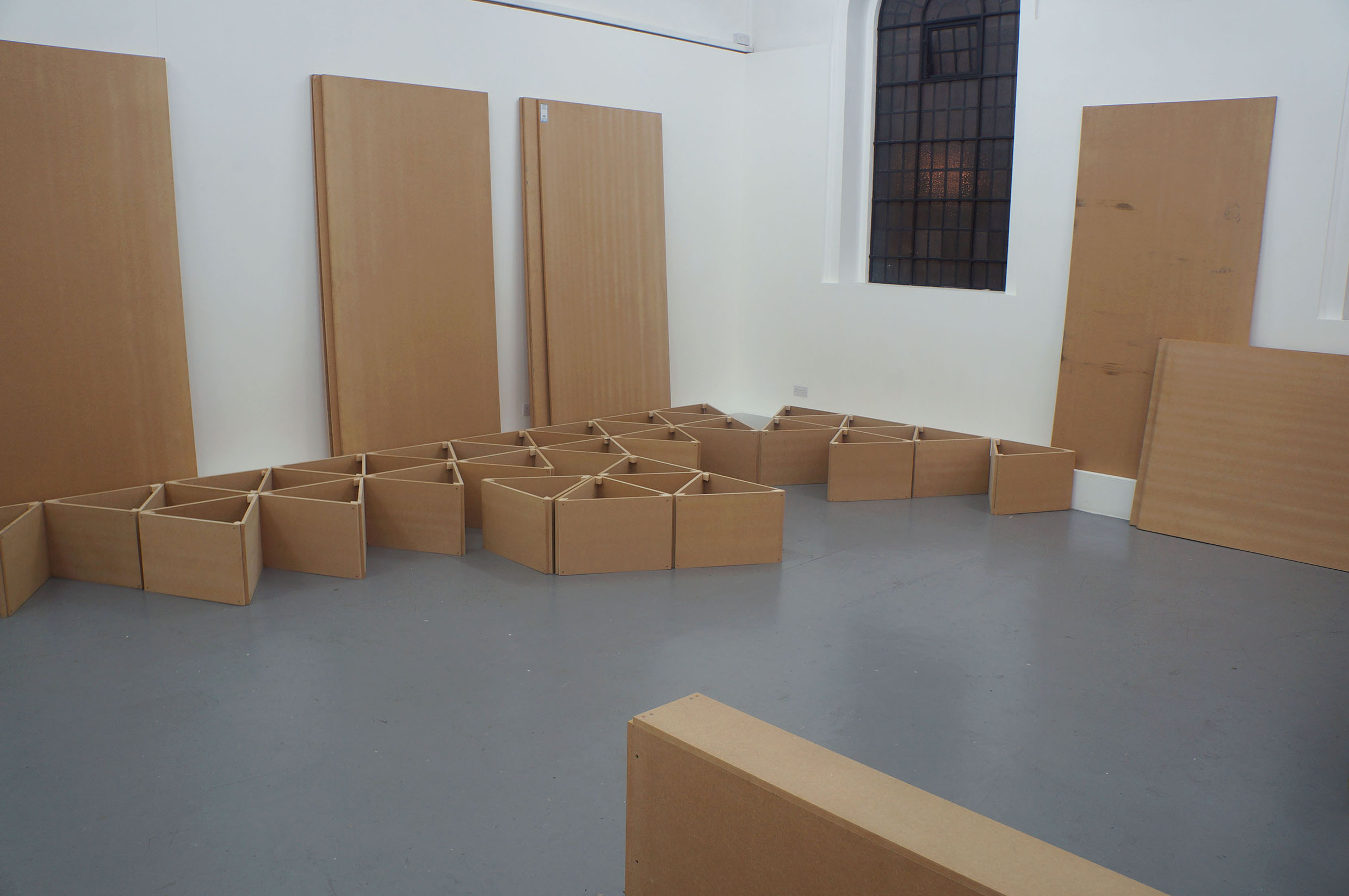


Tartan Trainers
A trainer designed in response to seeing the waste rubber (tartan running track) from the refurbishment of Southwark Park running track, London.
The handmade trainers are designed specifically for my feet with a simple design based on functionality and comfort. The last is carved from found wood, the upper is made from a single piece of wool stretched around the last with just a few stitches to attach the trainer's tongue. The 'tartan' sole is cut into so that it becomes more flexible and therefore more durable and comfortable.
The project represents a concept to develop a more sustainable production of trainers based around employing recycled materials and simplicity of construction.
![]()
![]()
![]()
![]()
![]()
![]()
![]()
![]()
![]()
![]()
![]()
![]()
![]()
![]()
![]()
![]()
![]()
![]()
Keep It Up


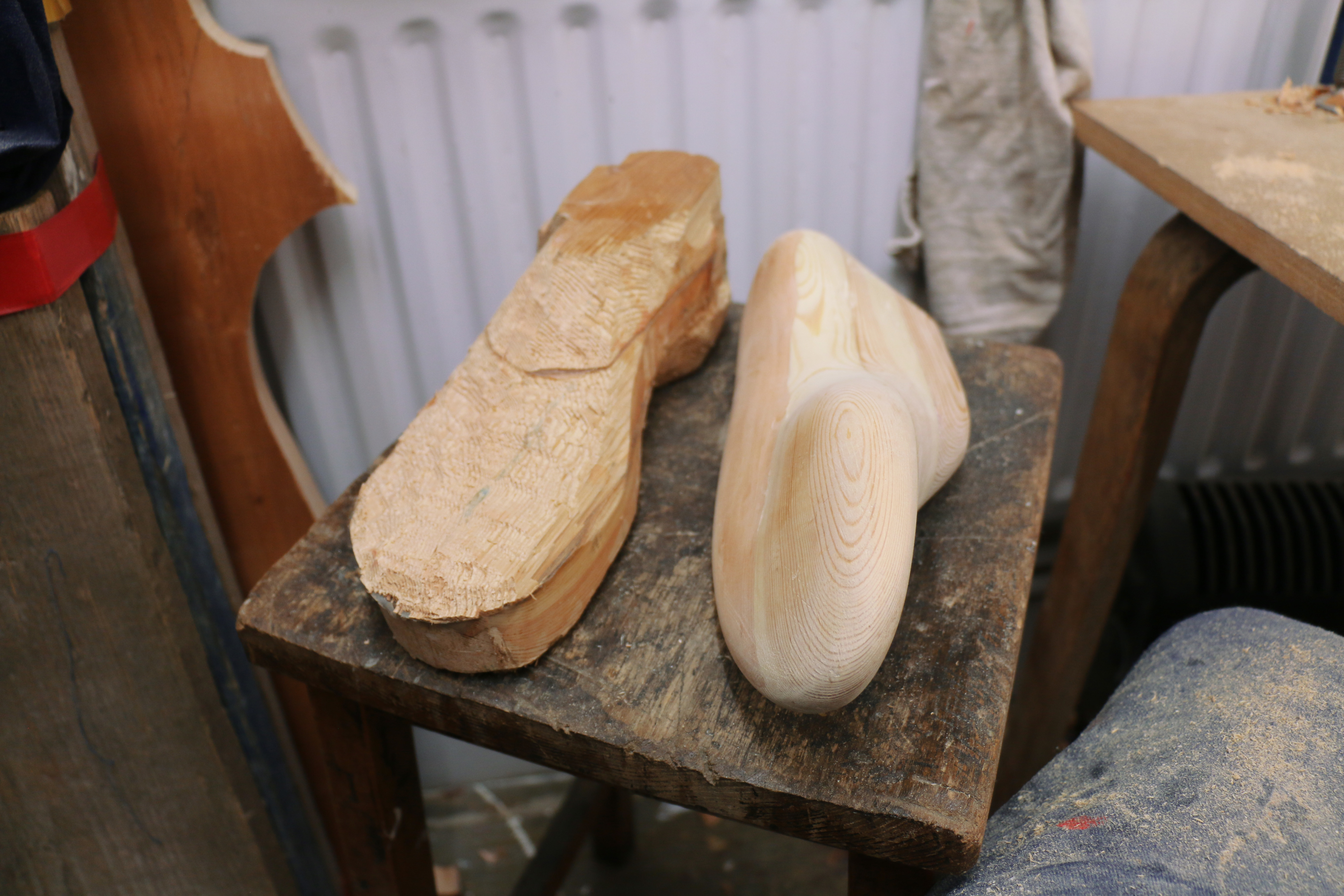



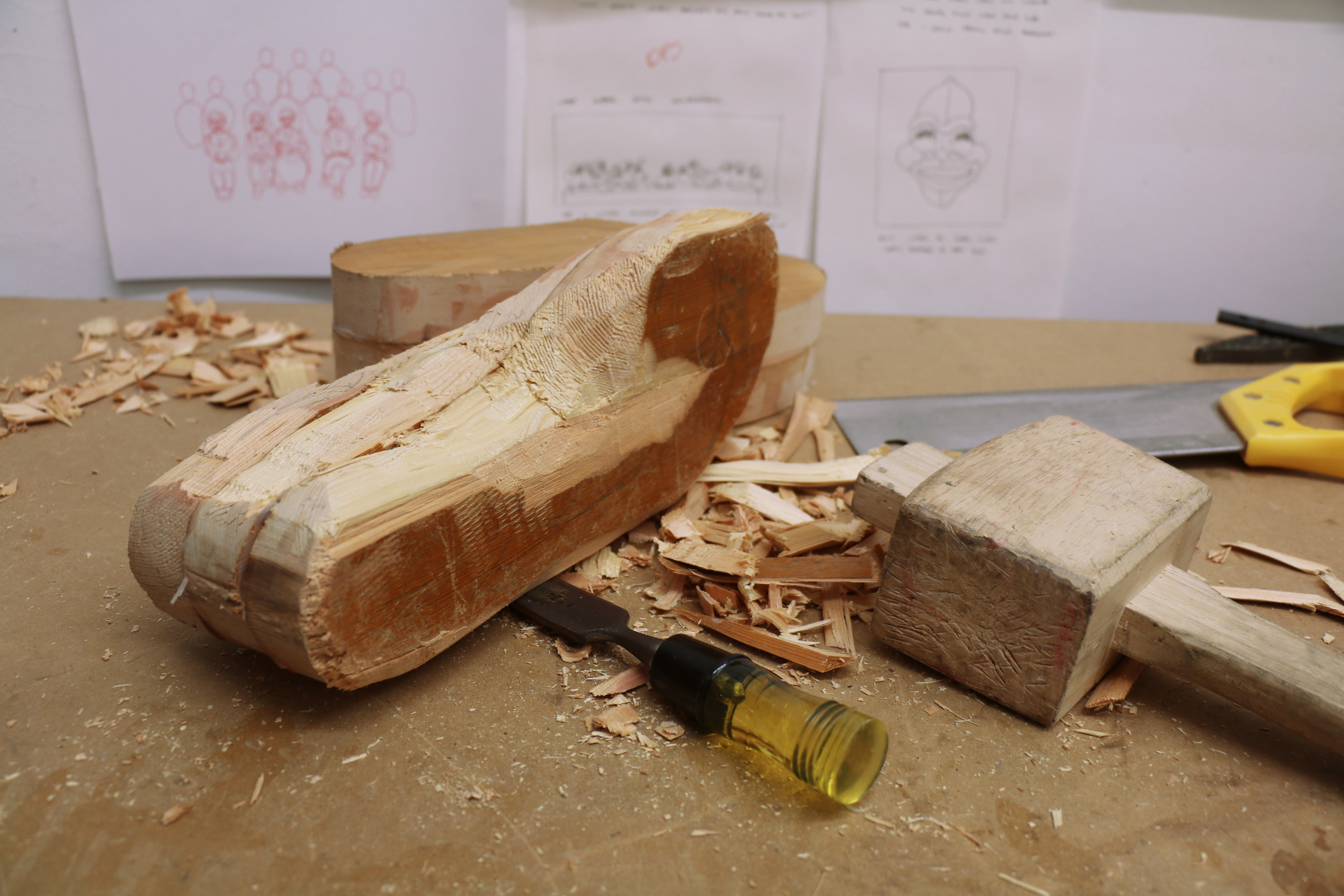
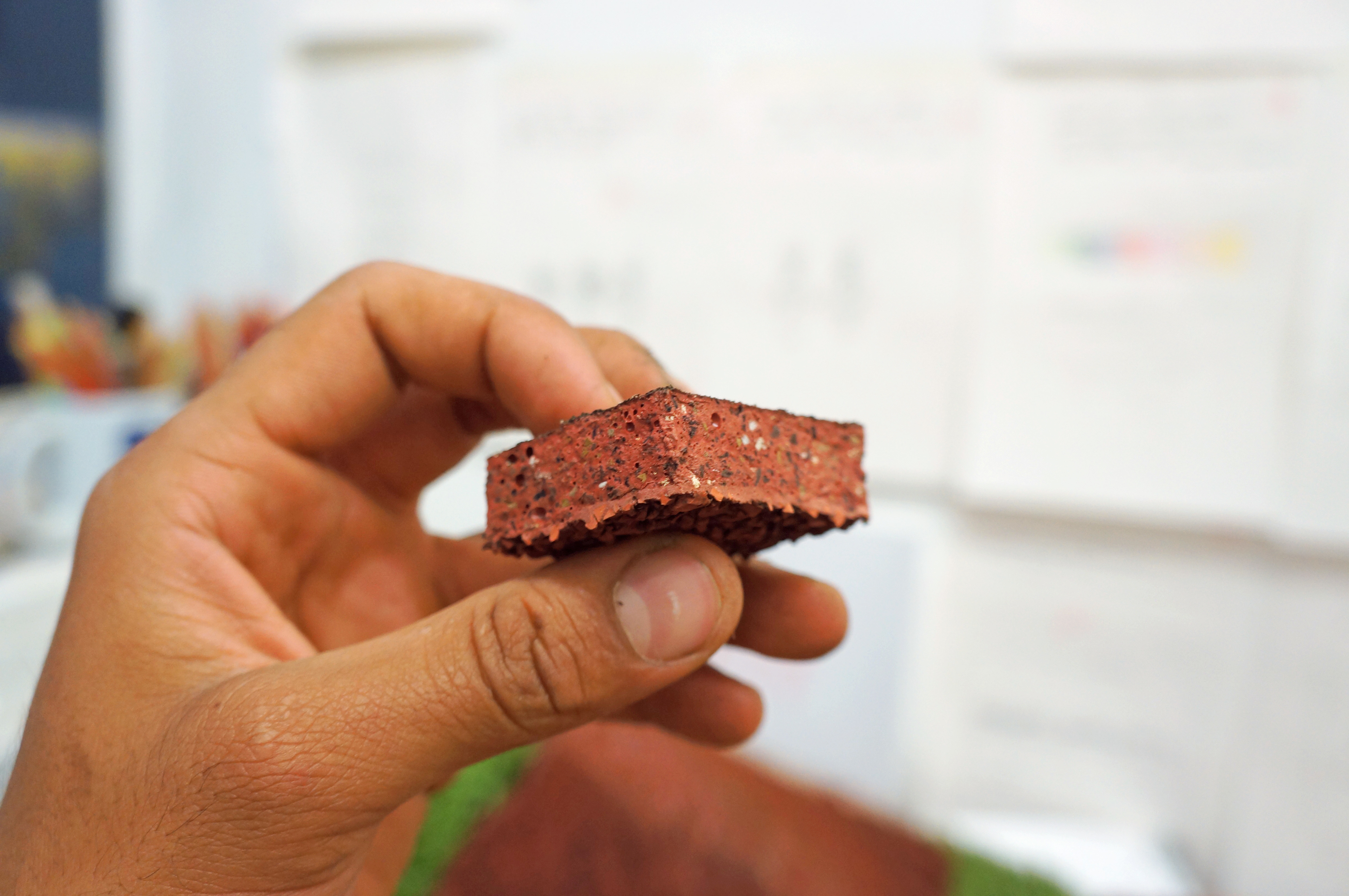




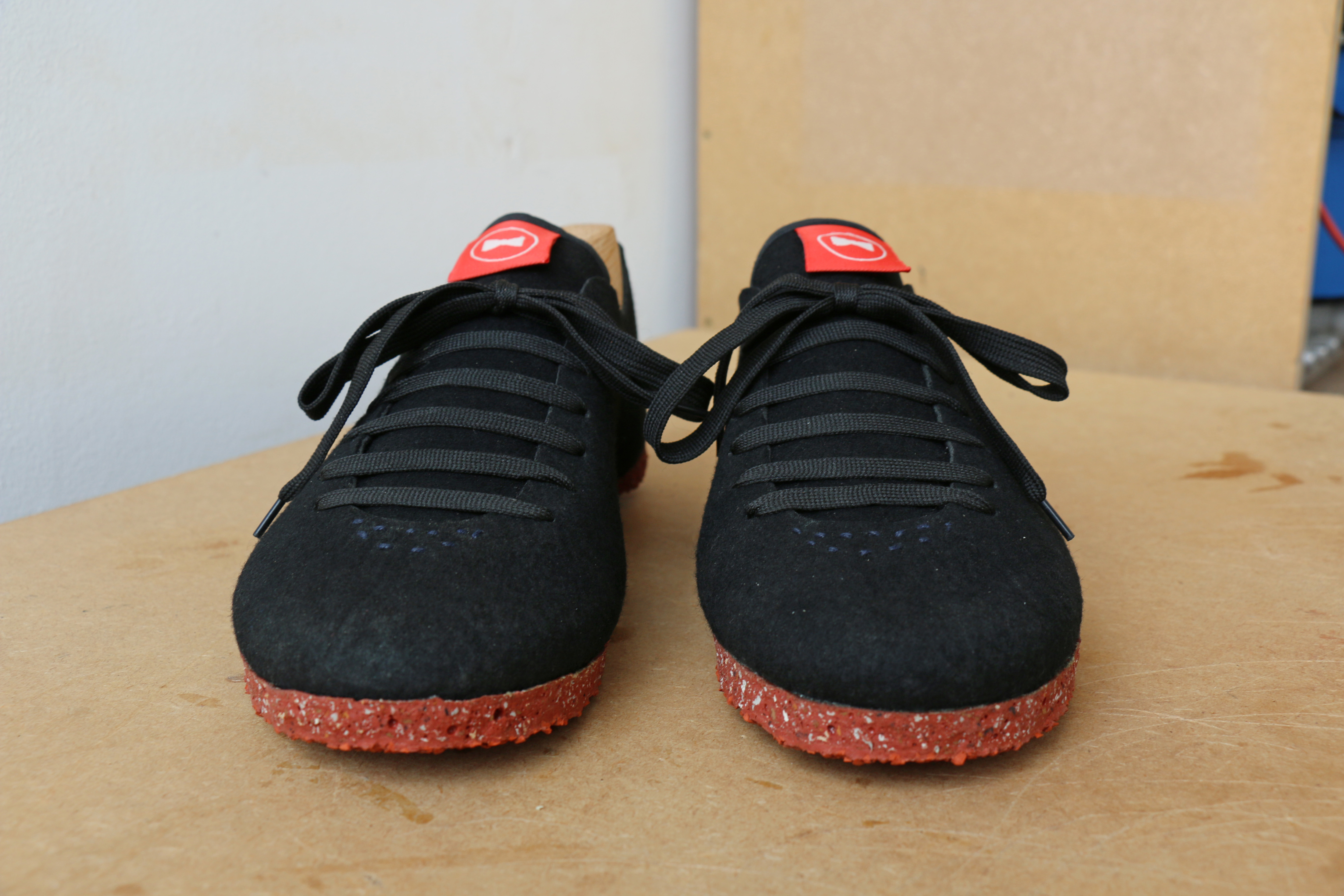
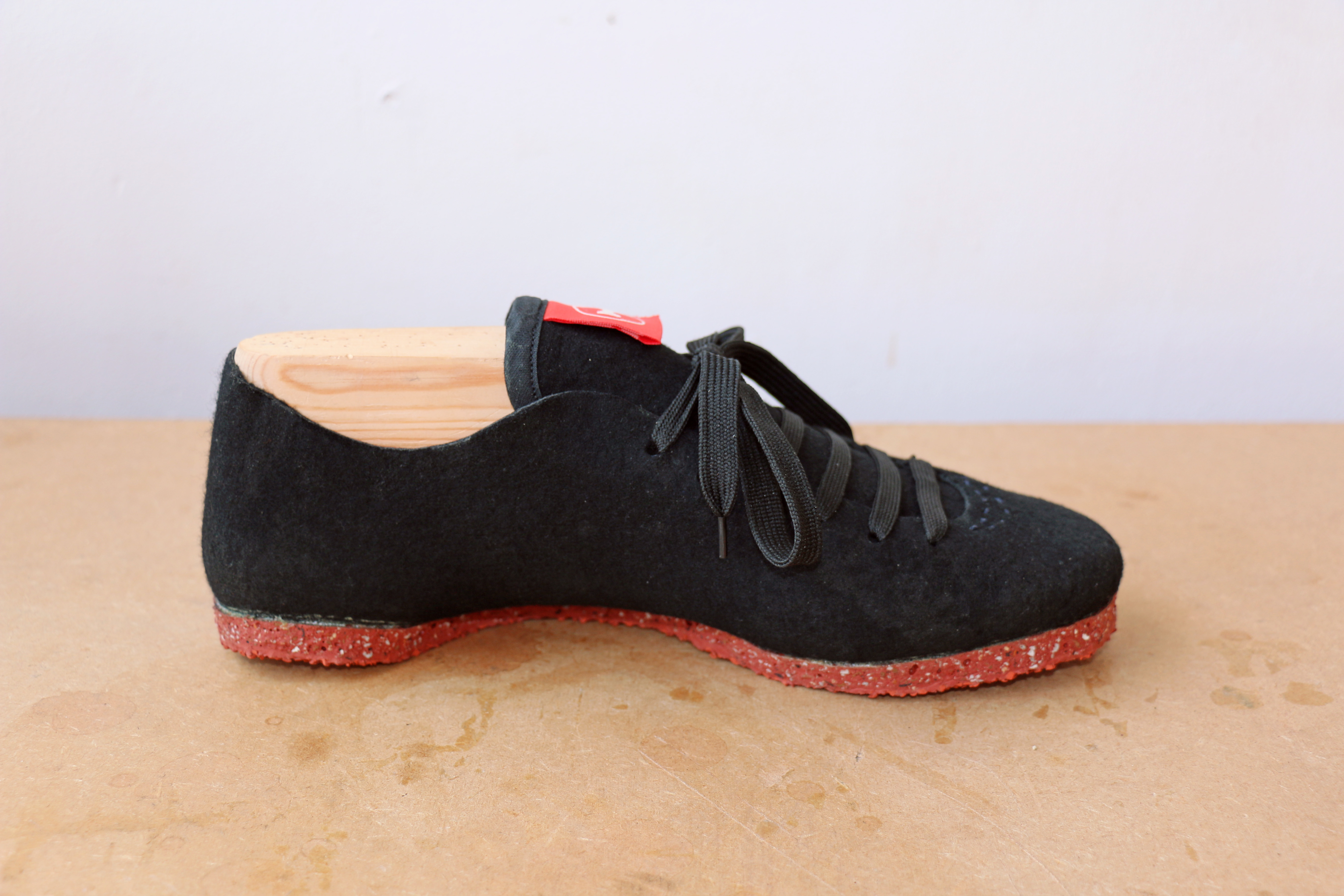


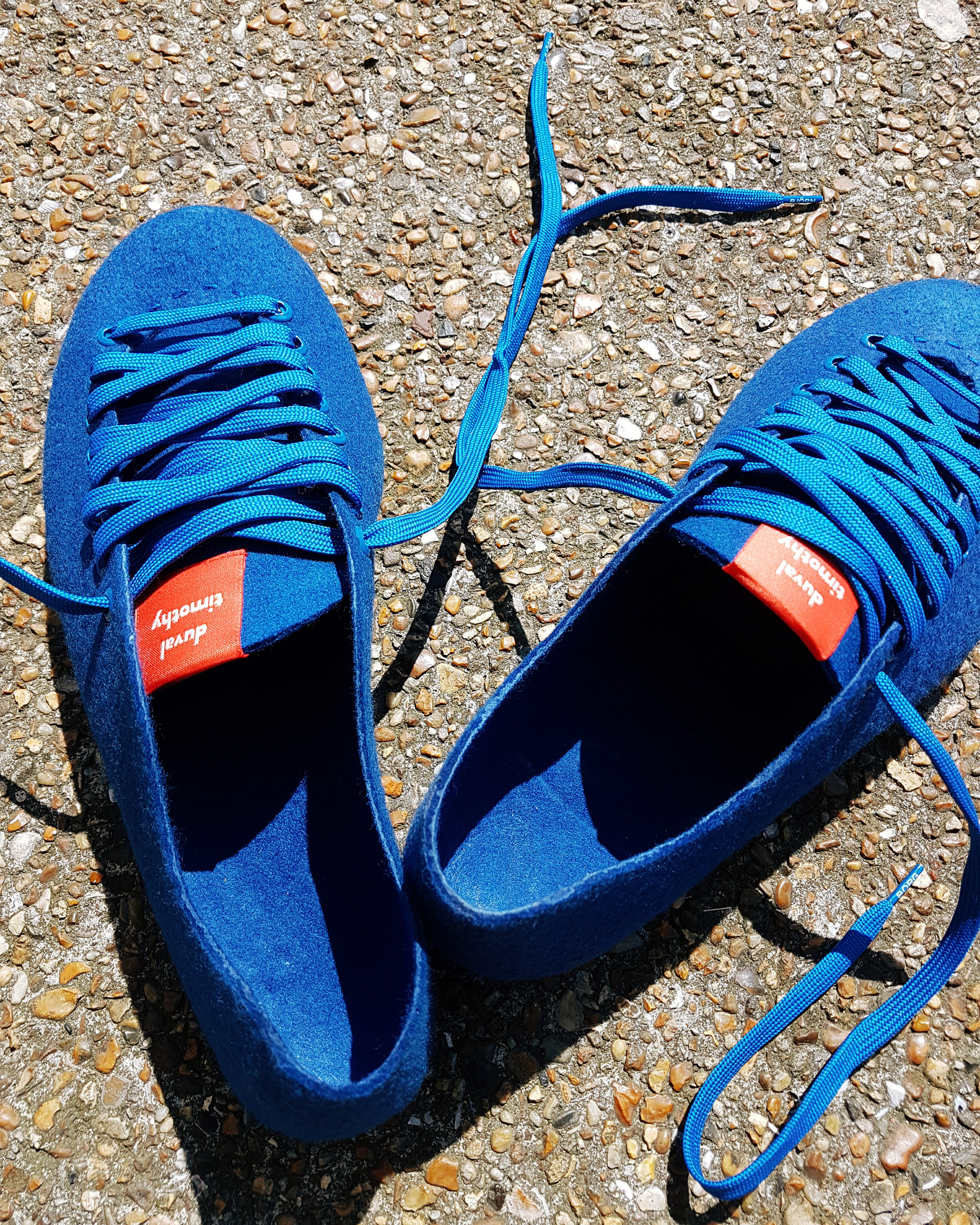

Participatory installation, sculpture and video projection, 2013.
Six footballs, each painted with primary colours in two halves to represent a 'Mari' (a Japanese football used in the traditional game 'Kemari'). The footballs are situated behind custom made curtains that read 'keep it up'. The room is marked out as a court with red tape on the floor. The audience are invited to play 'keep it up' (keepy-uppy/ keep ups) with the balls. The lights in the room change colour in response to the sound of the balls being kicked by the audience as well of the sound of the projected video of myself doing kick ups.
![]()
![]()
![]()
![]()
![]()
![]()
![]()
![]()
![]()
![]()
Su Ikramimizdir

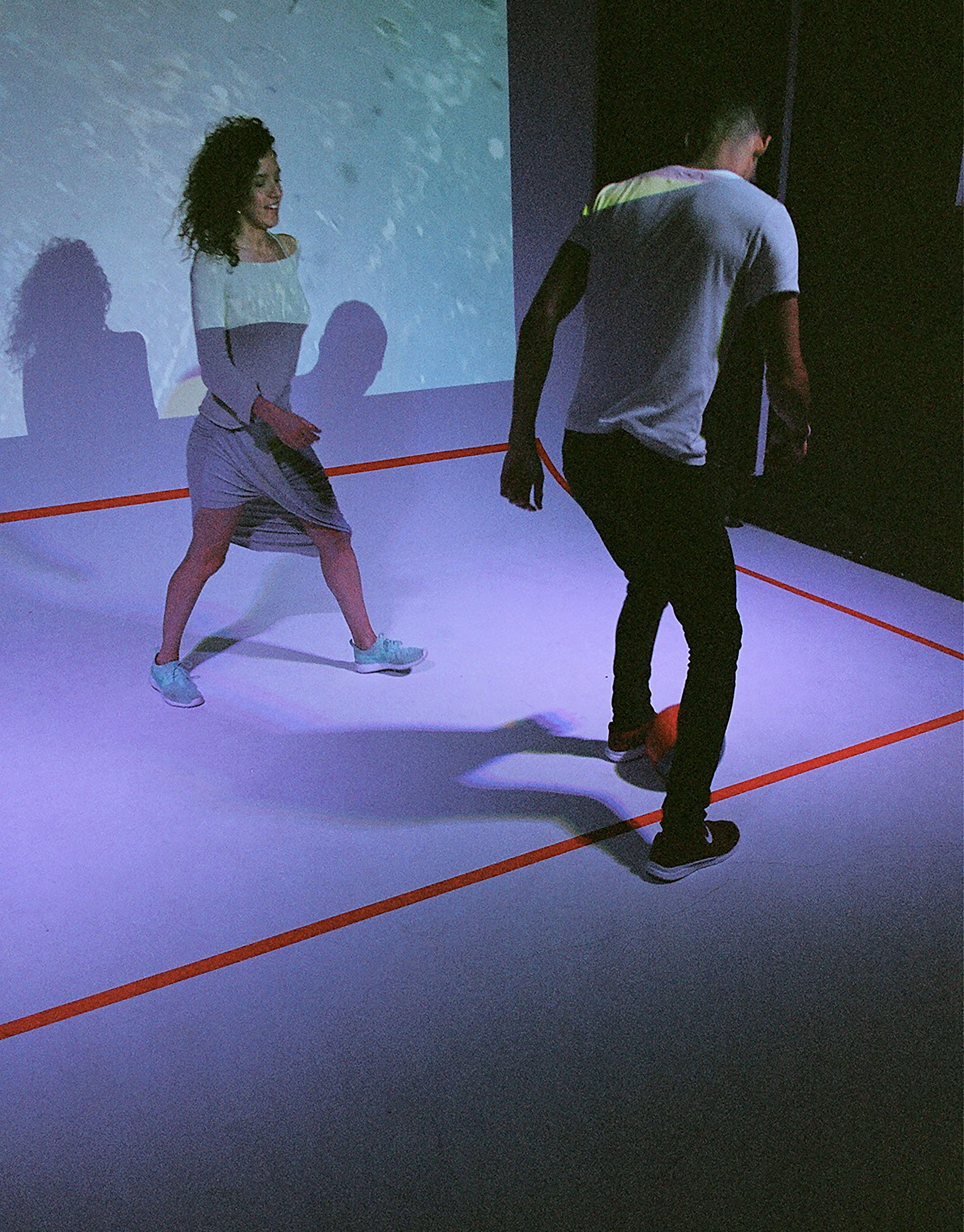

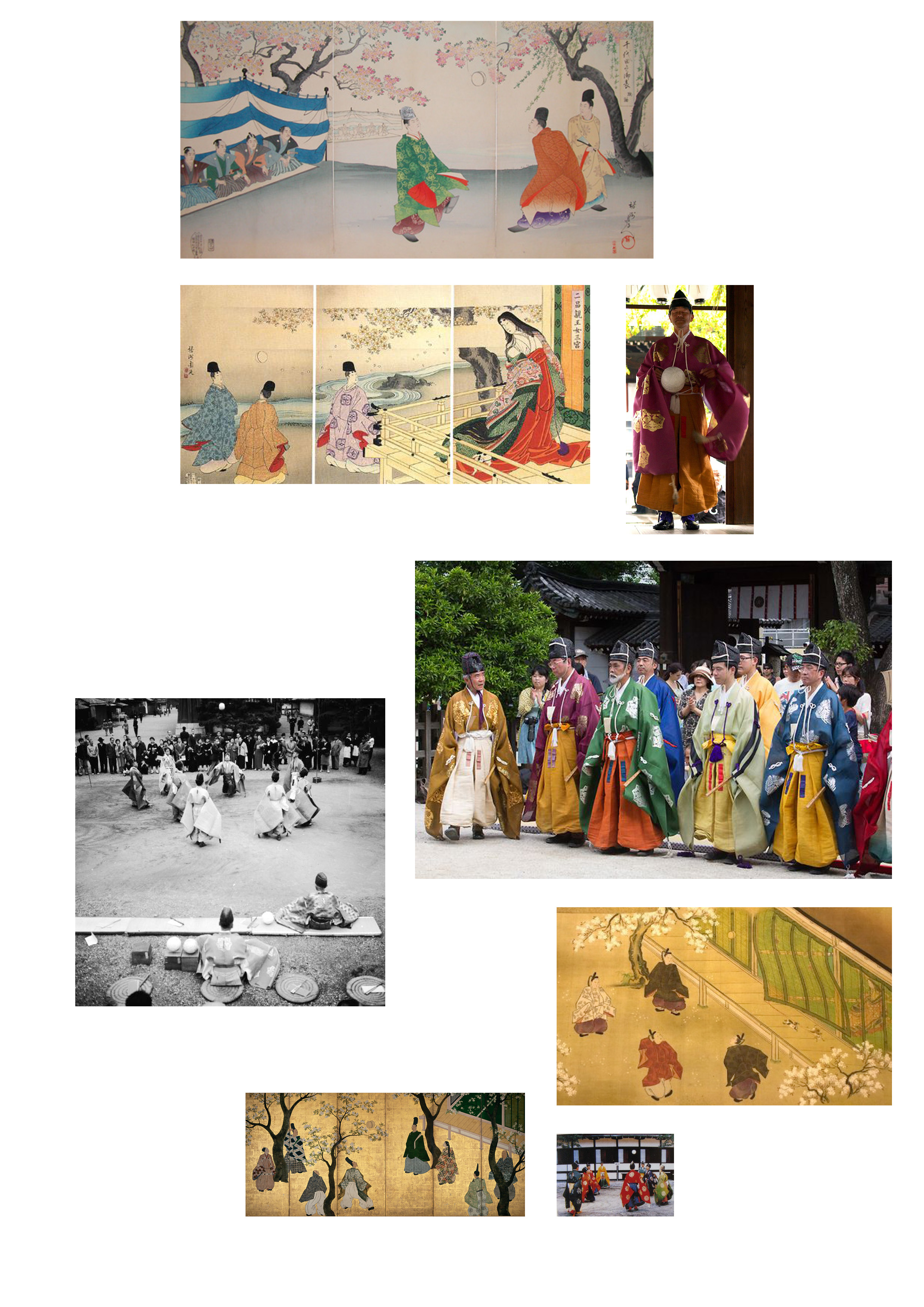




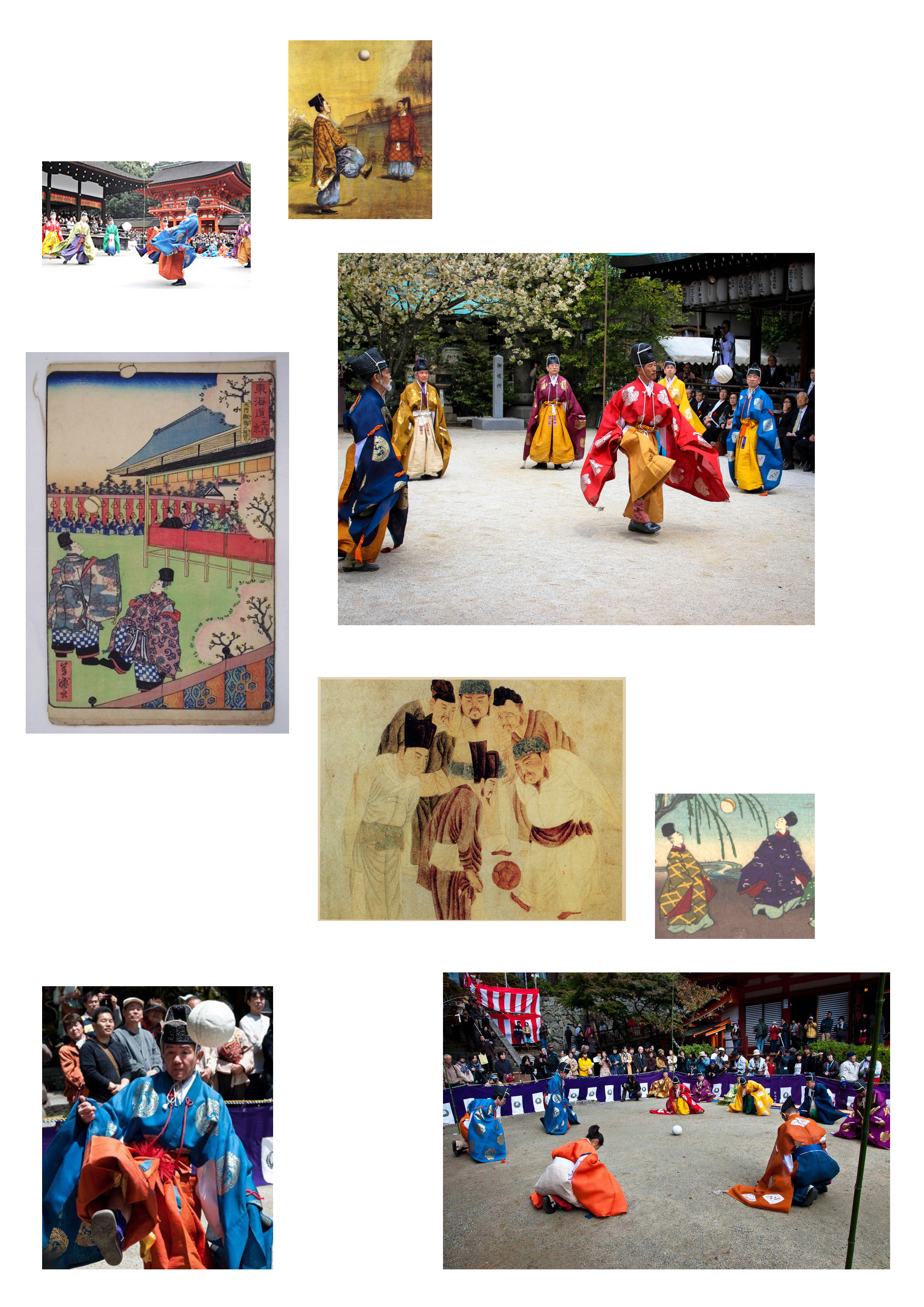
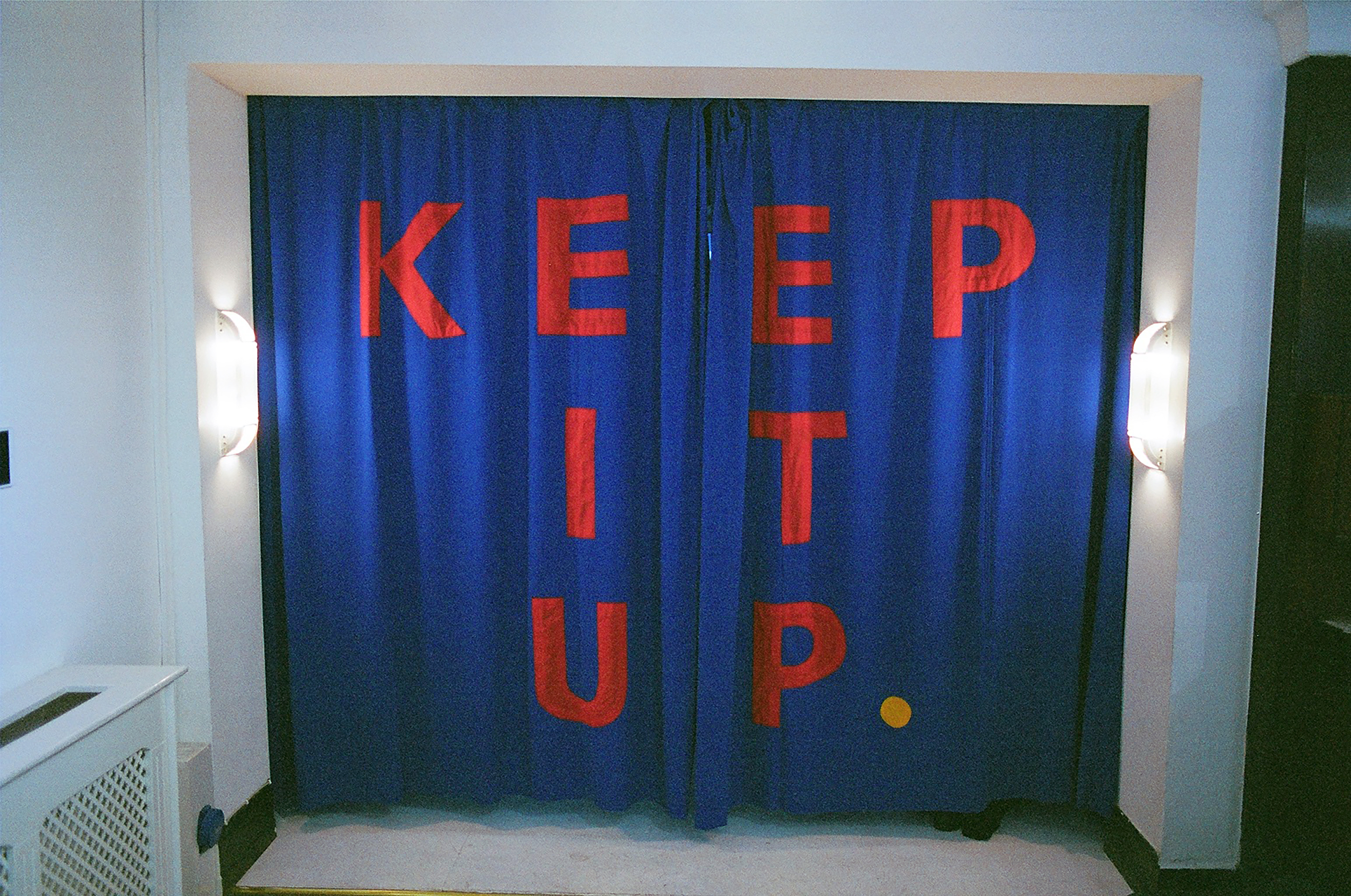
Su Ikramimizdir (Water is on the house), is a collaboration between Serra Tansel and Duval Timothy which turned into an exhibition at Polistar Gallery Istanbul, Turkey from the 12 to 21 September 2014. For the exhibition we installed a water filter into the gallery space to serve clean drinking water as an invitation to the local comunity to use the gallery as a social space or place of rest. We also made a large collage/poster, clay cups formed around the shape of our clenched fists and shelves to house them. The orange tube carrying water from the gallery space at the top of the building down to a fountain at steet level was also a prominent feature along with an LED sign outside the entrance to the building advertising the free water. Many local traders and craftsmen helped us to acheive this project.
The launch was celebrated with live musicians and DJ’s. We also formed an events program of related screenings and performances throughout the show.
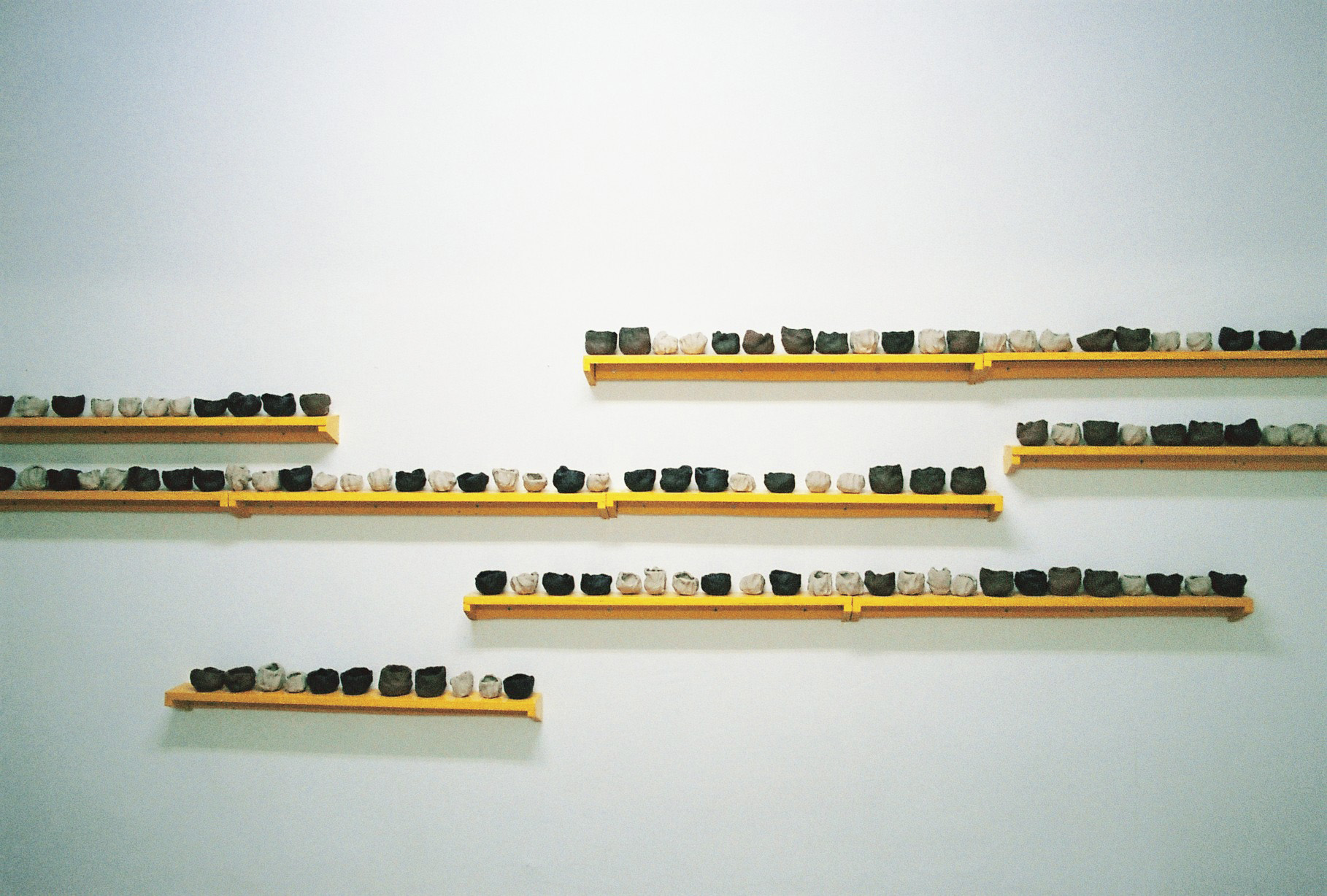

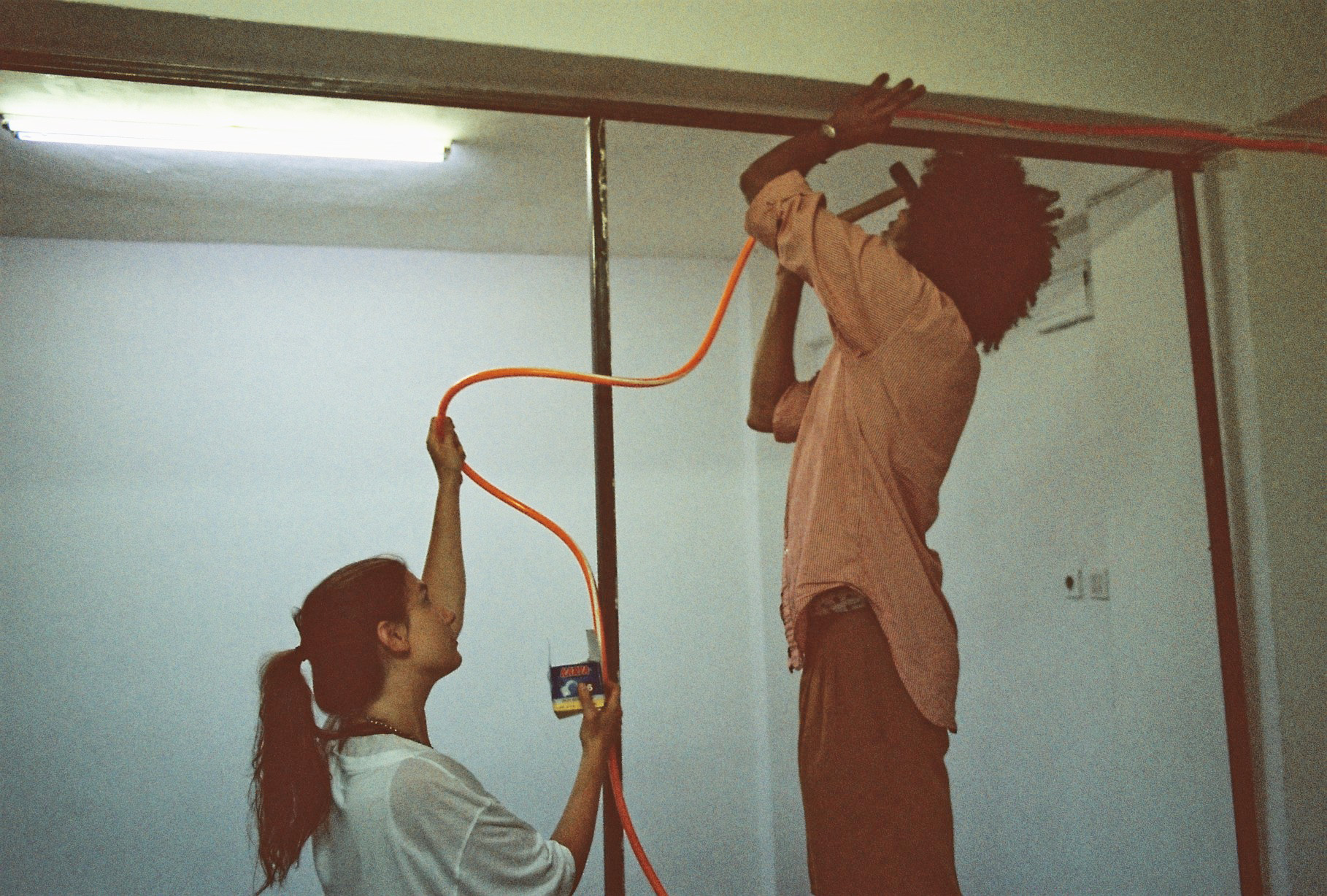


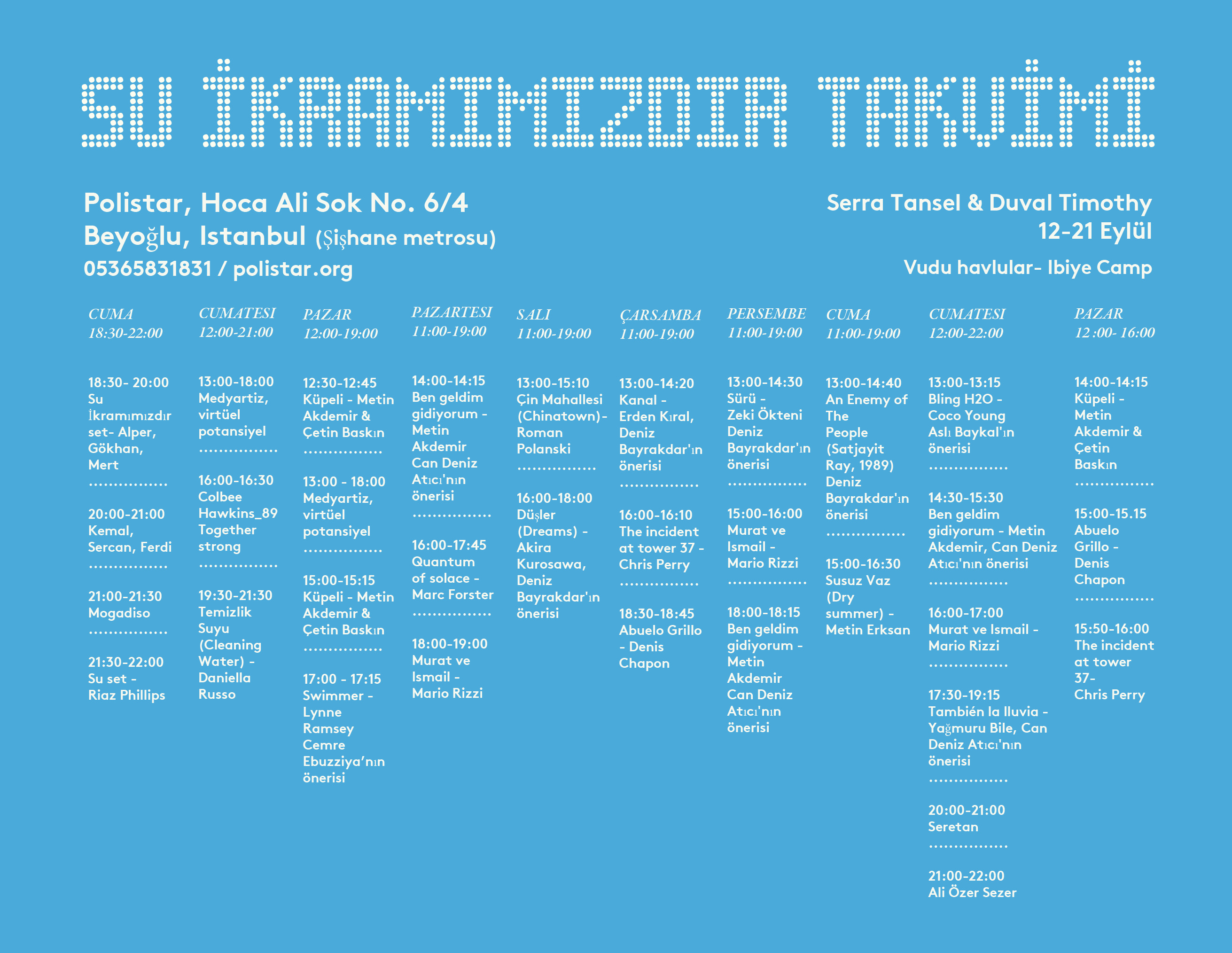
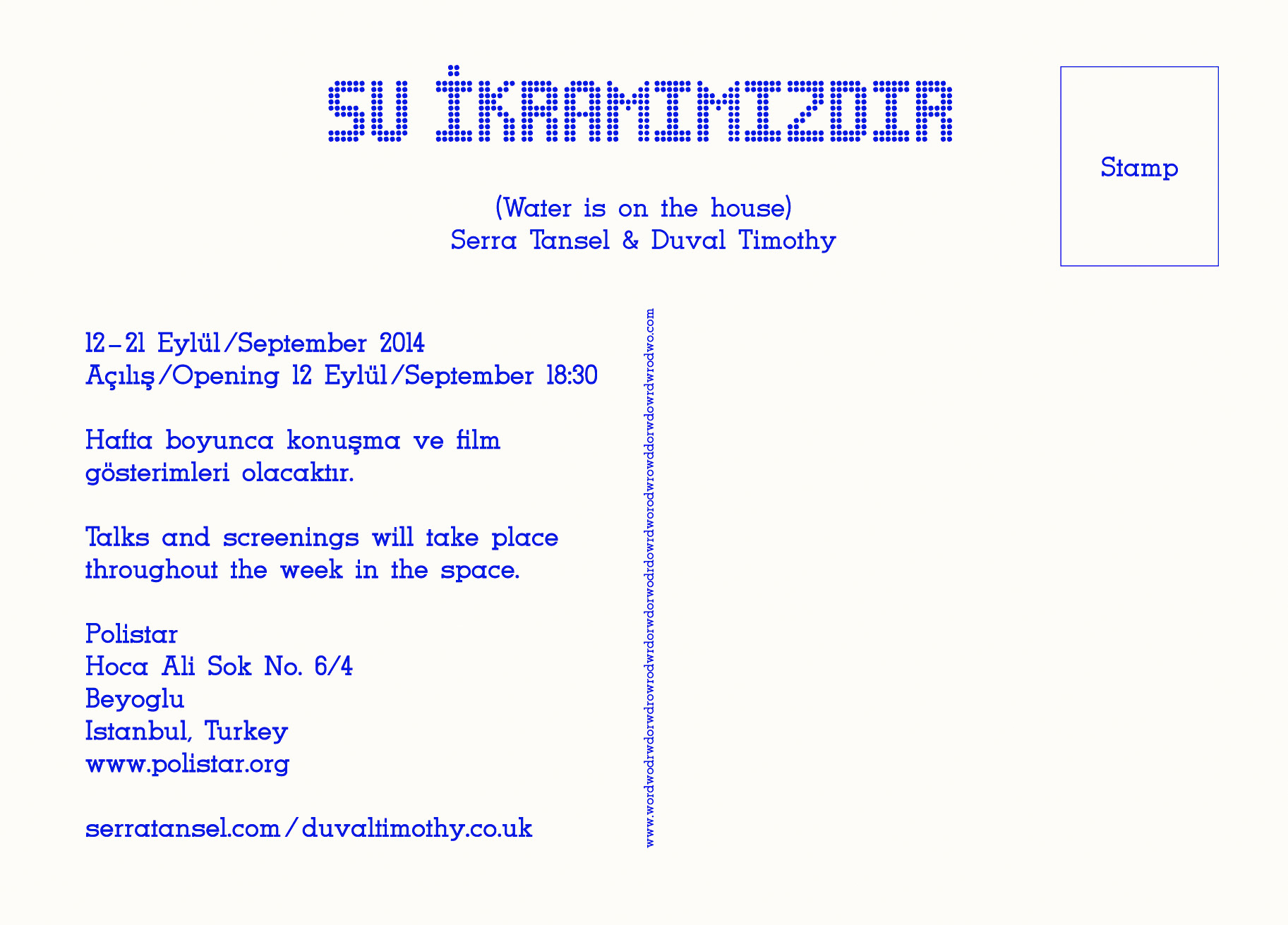
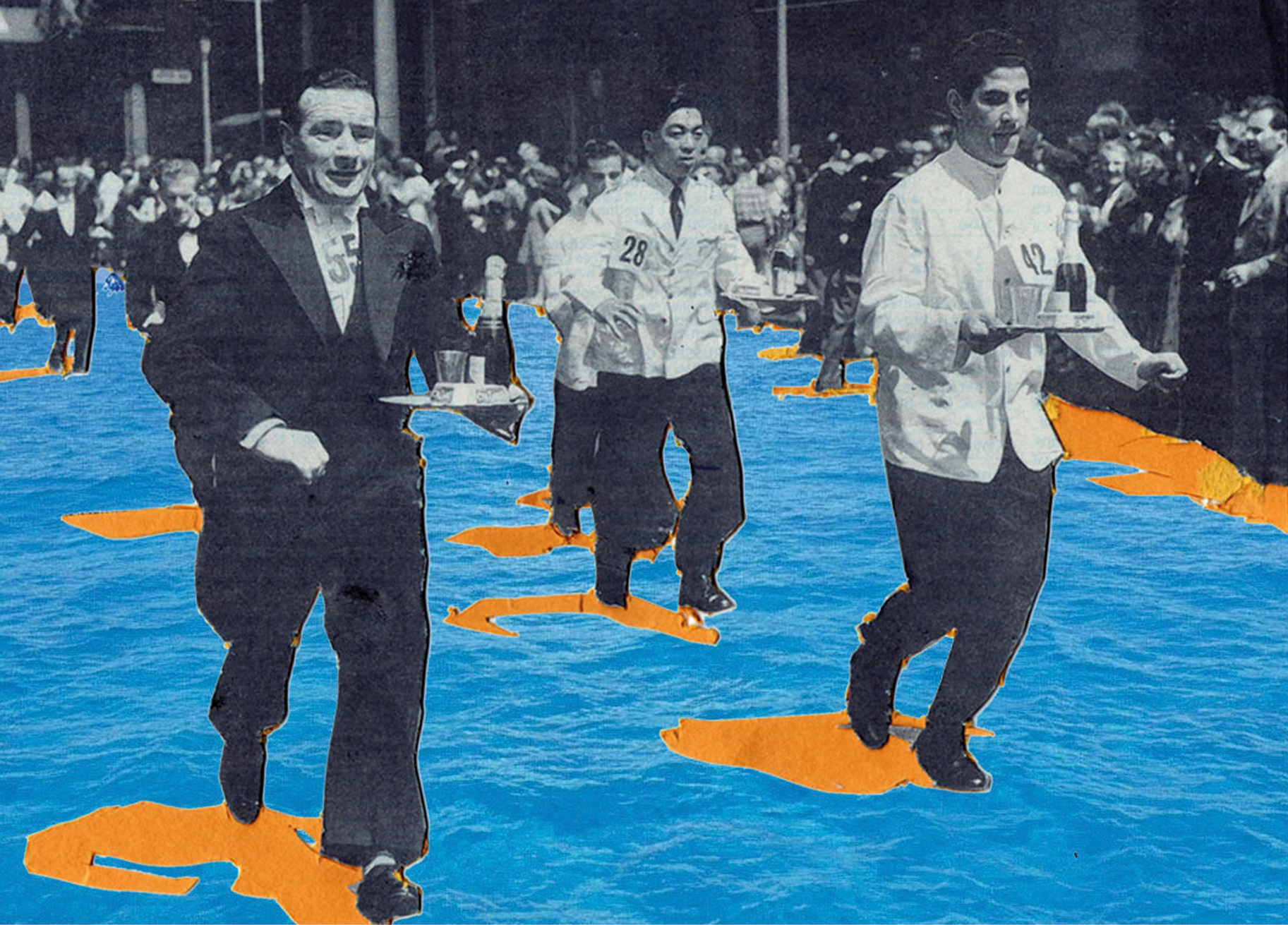
Boss Hat
The “Boss of the Plains” hat, was first made by Christy’s hats of Bristol, UK but popularised by John B Stetson in 1865 as an all weather hat to protect from the extreme environment of the American West. Over time the brim became curved from each owner holding and styling the hat and dents were formed in the crown from putting it on and taking it off with the thumb and two forefingers. These alterations were gradually integrated into newer designs and led to the creation of the Cowboy hat.
I made these hats as a reference to the original Boss of the plains hat because I love the modernist design of them and am interested in the idea of a simple utopian form that can be customised and acquire new meanings through people wearing it in different contexts.
![]()
![]()
![]()
![]()
![]()
![]()
![]()
![]()
![]()
![]()
![]()
![]()
![]()
![]()
![]()
![]()
Mahsiwel
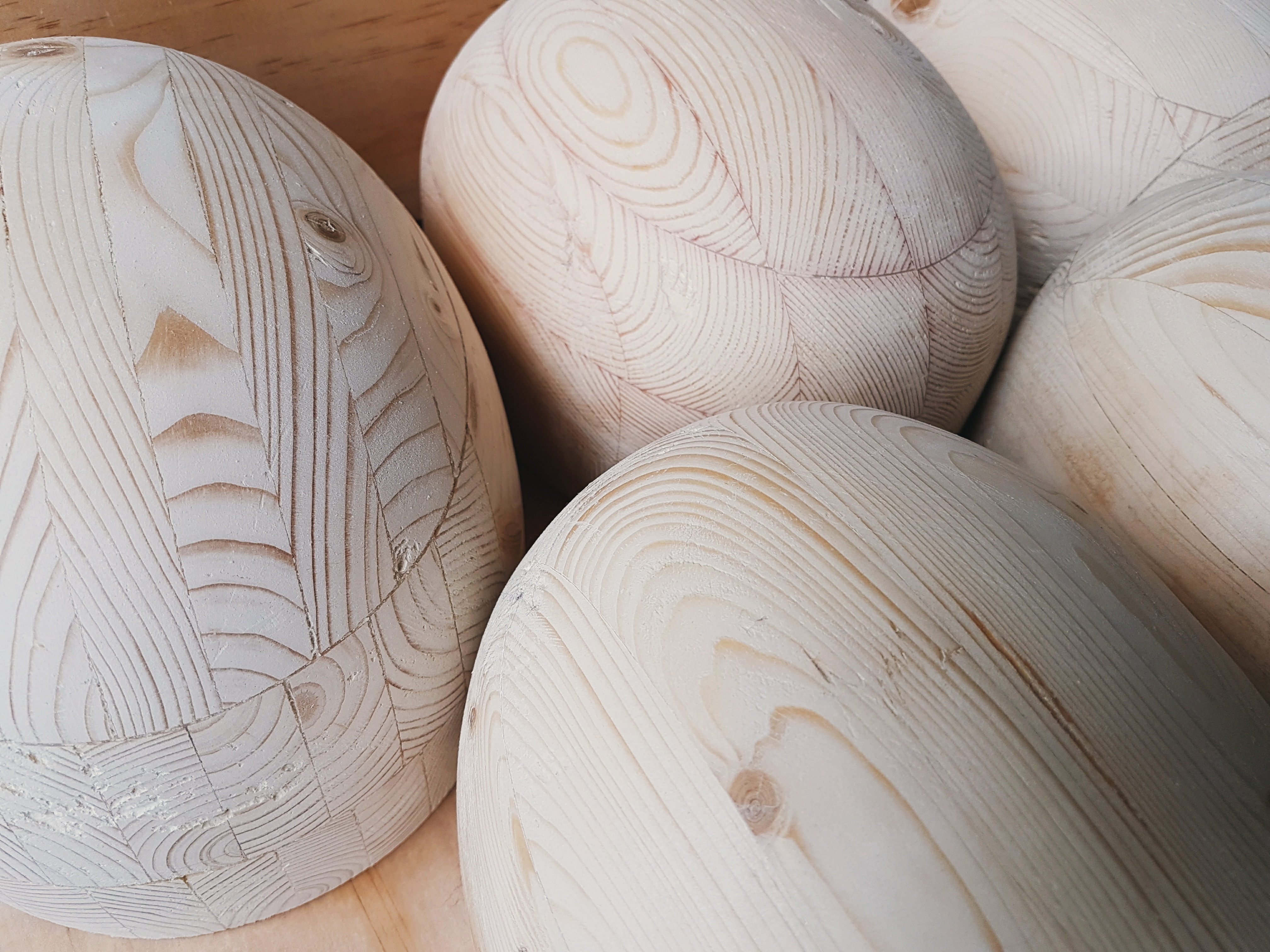





An exhibition on the subject of Lewisham Borough of South-London, where I grew up.
Mahsiwel is an abstraction of the name and logo of Lewisham (backwards). The seemingly alien word or name can be seen as a suggestion of ethnic diversity, a dual identity that is unfamiliar yet at the same time known and of that place.
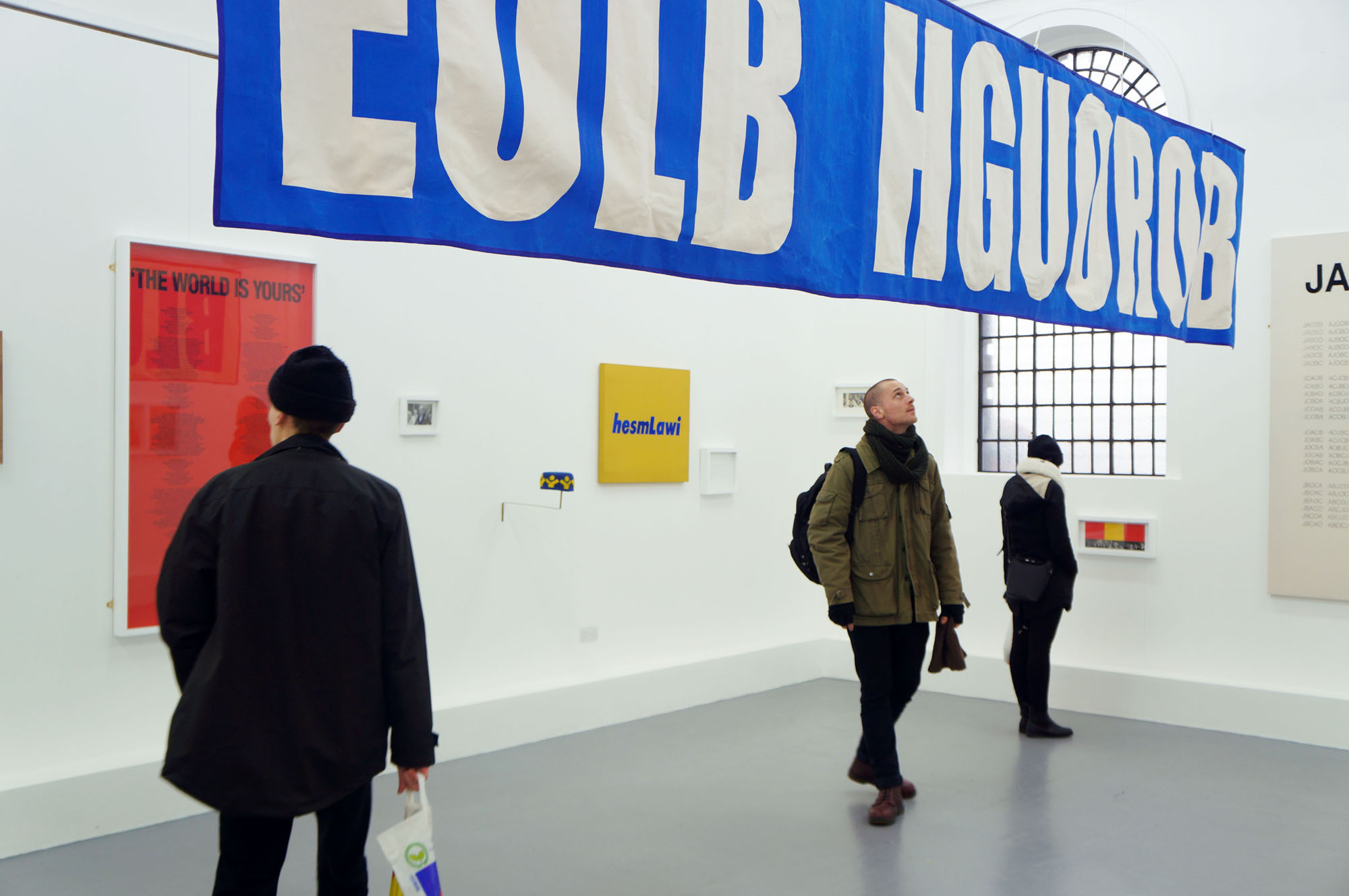


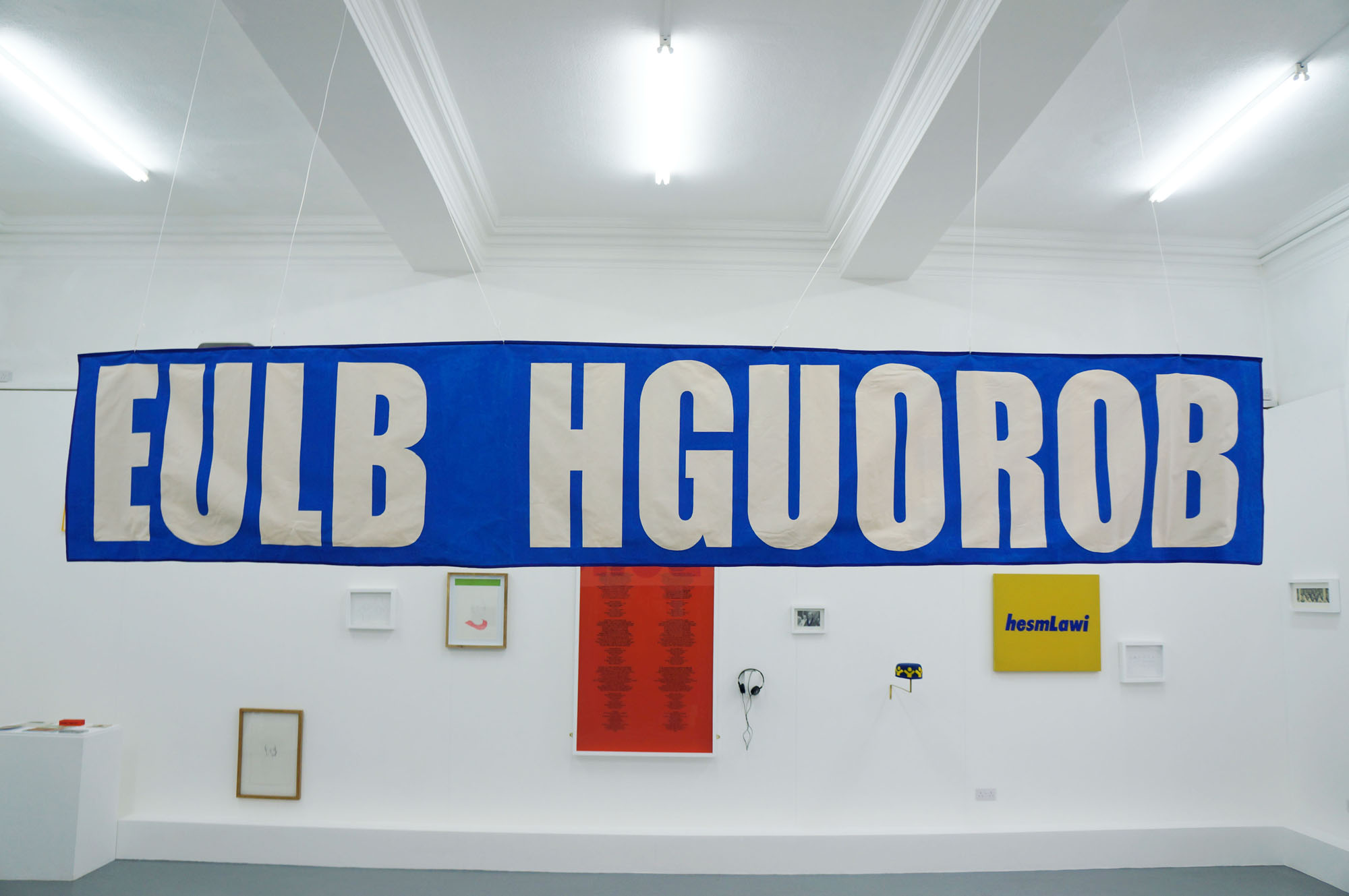

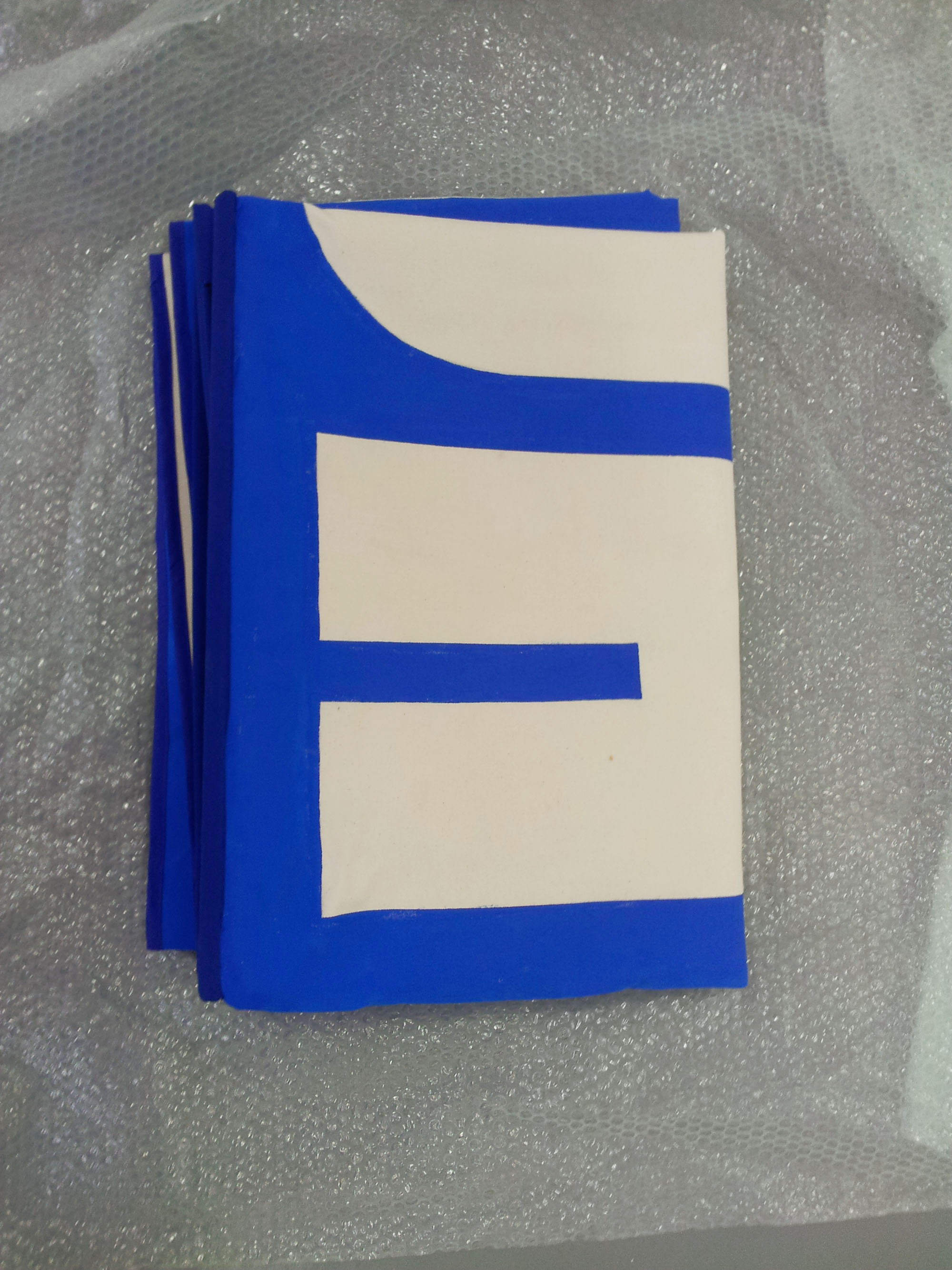





(Above) On 13 August 1977 the battle of Lewisham took place in New Cross, London. A planned NF (National front) march through South London was met by huge resistance from residents of blue borough who joined arms to form an anti-fascist opposition. Despite 4,000 riot police being deployed to protect the NF using new crowd control techniques, the fascists were greatly overpowered by the opposition of over 10,000 people who used local knowledge to ambush the fascists and break through police lines engaging in direct combat. The march was abandoned without completing half of the planned route.
In Blue Borough 2012 I juxtaposed video footage of the Battle of Lewisham in 1977 with a slow motion video of me donning myself with the crown of Lewisham Borough. The video seeks to acknowledge the effect that this historical event has inevitably had on the direct environment I have grown up in.
![]()
![]()
![]()
![]()
![]()
![]()
![]()
![]()
![]()
![]()
![]()
![]()
![]()
![]()
![]()
![]()
![]()
![]()
![]()
![]()
![]()
![]()
![]()
![]()
![]()
![]()
![]()
![]()
![]()
![]()
![]()
![]()
![]()
The World is Yours
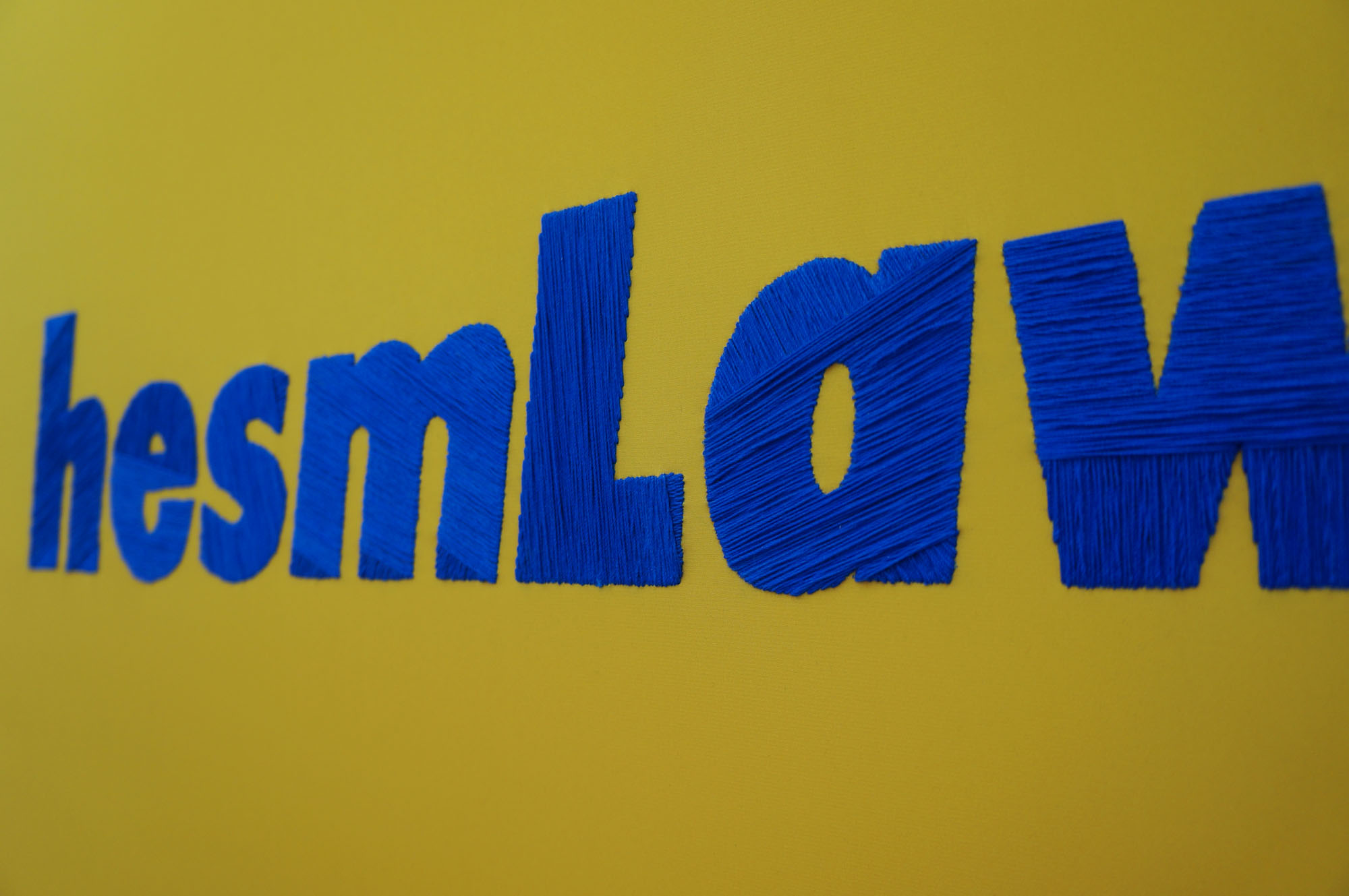



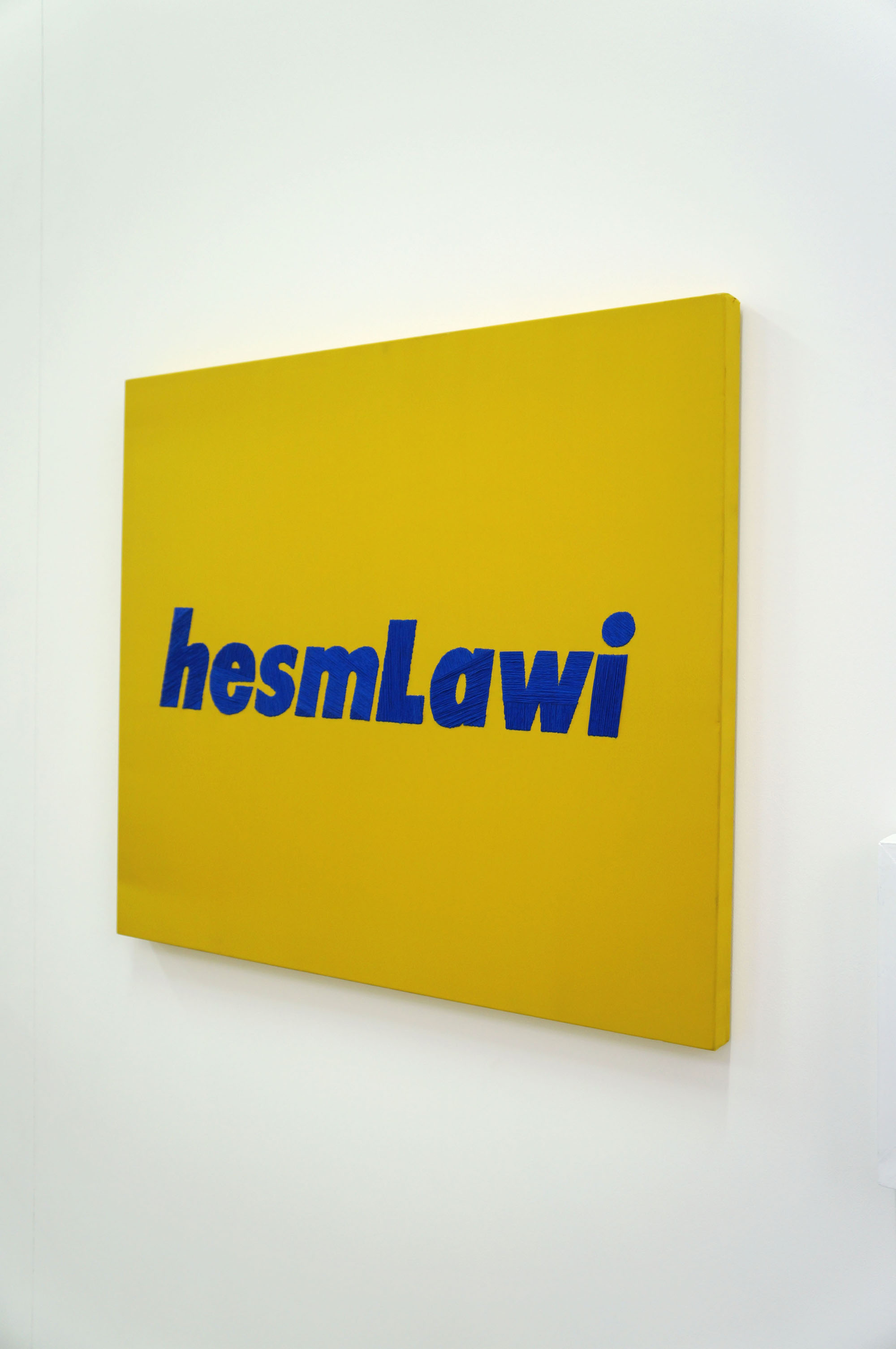


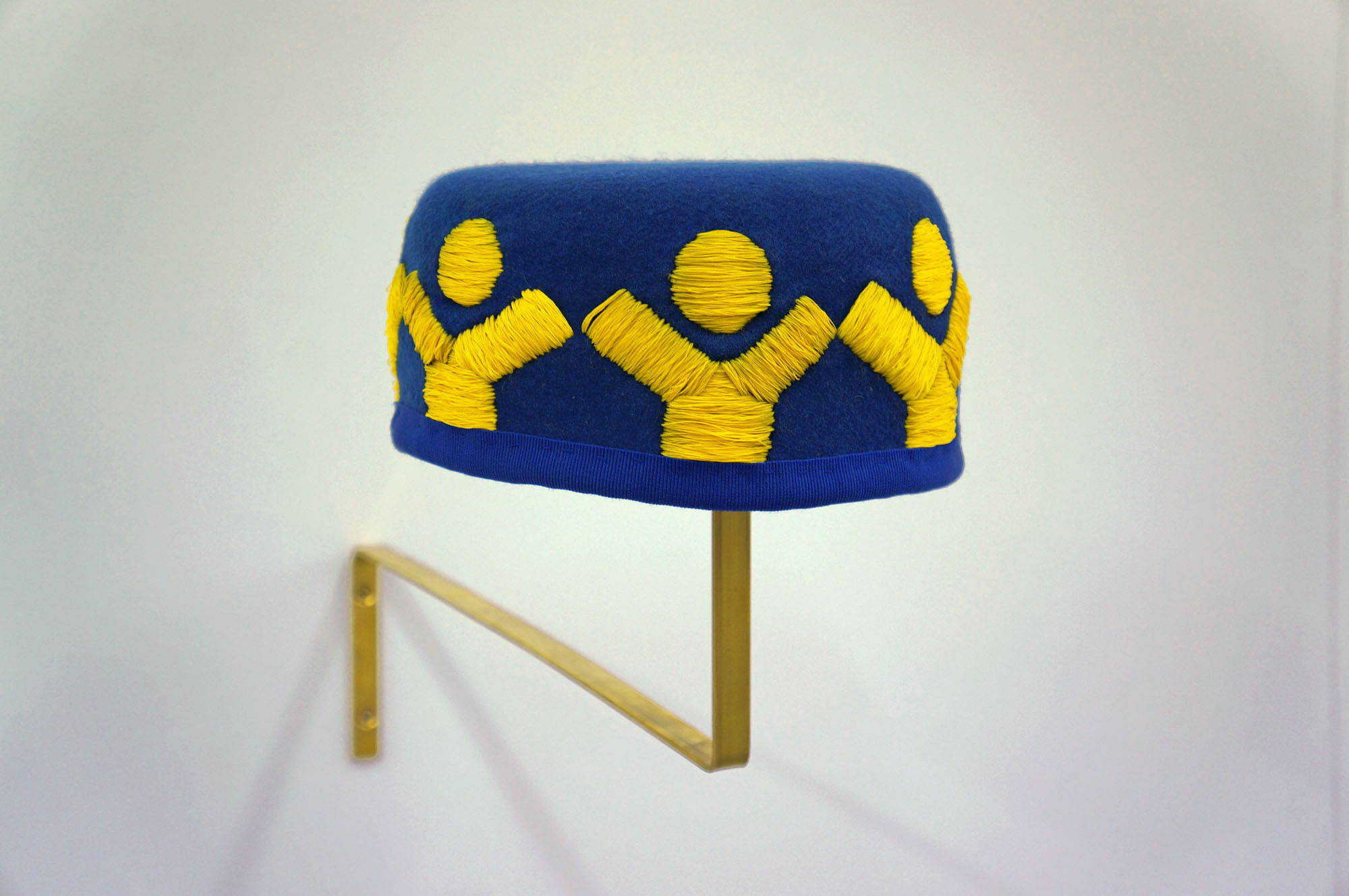
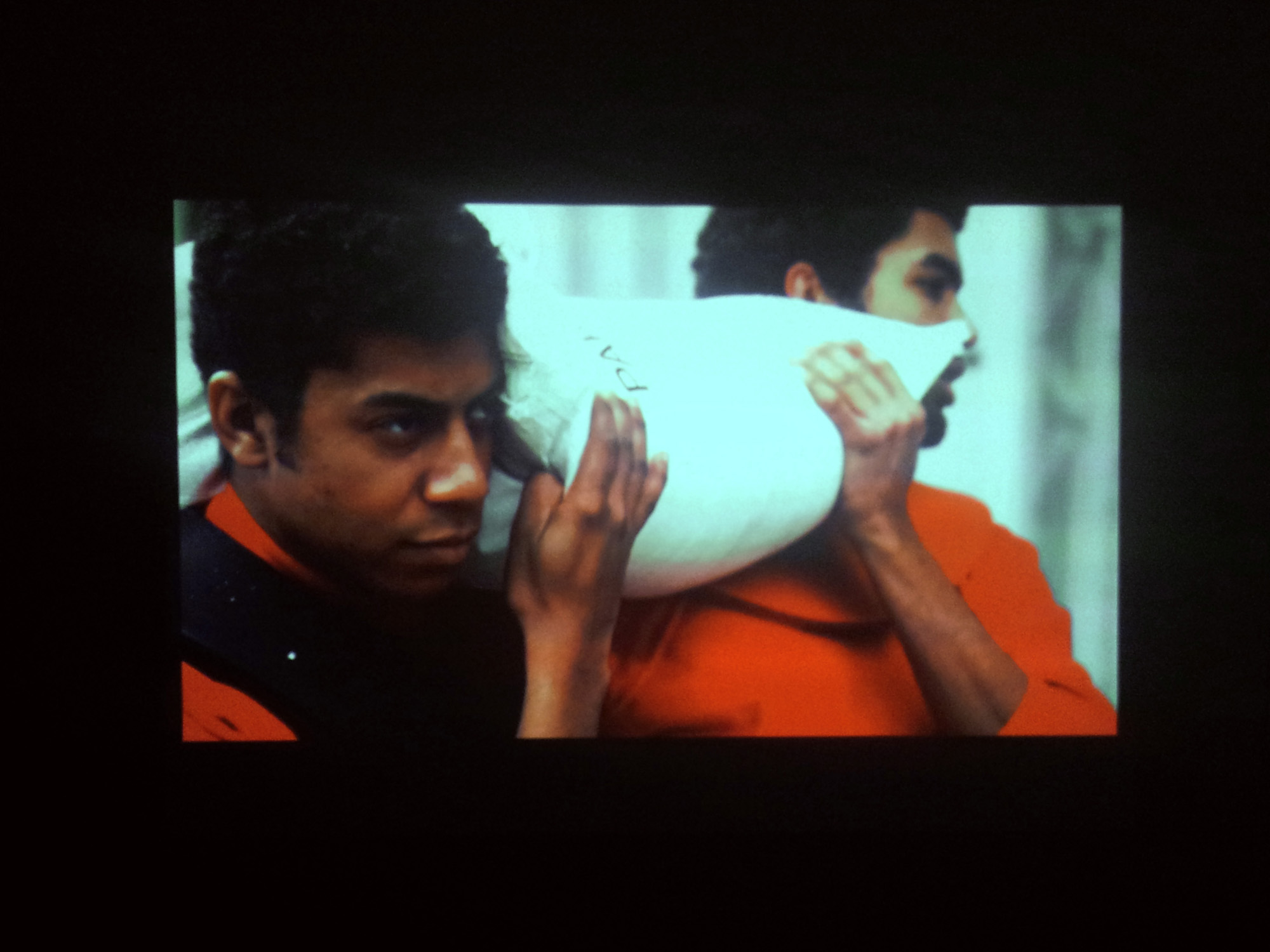

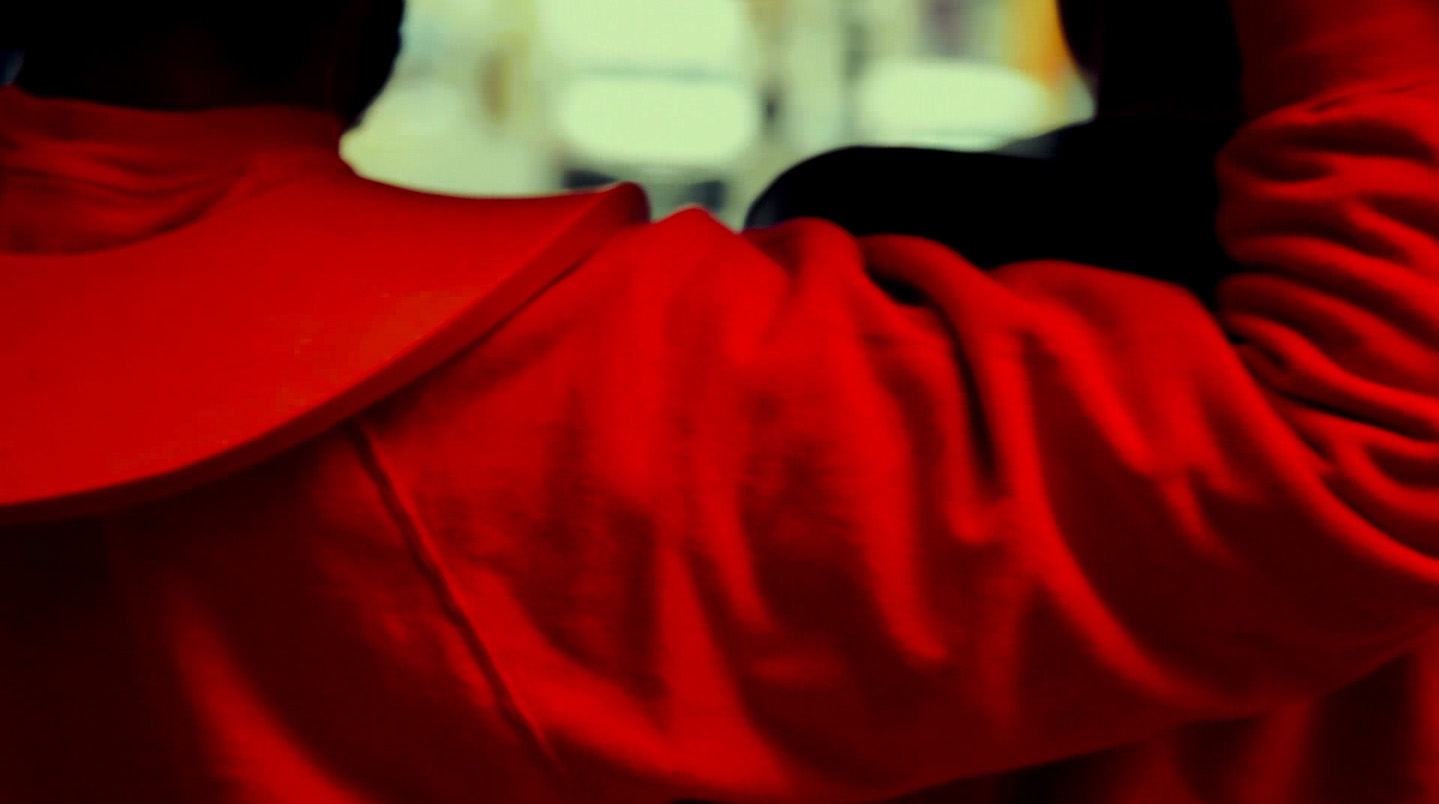













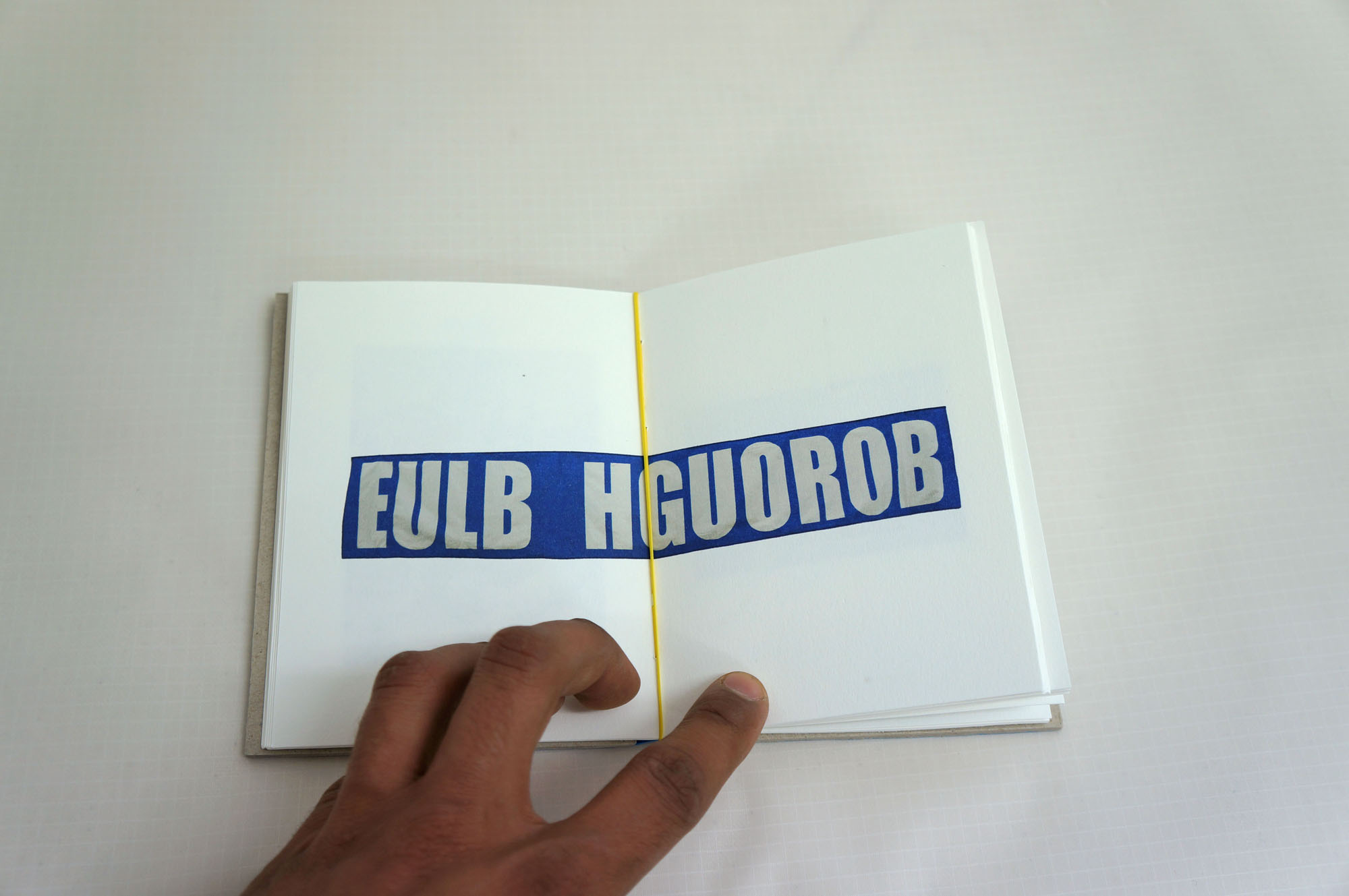







The song ‘The world is yours’ by Nas and produced by Pete Rock re-rapped by Duval having re-arranged the letters in each word of Nas’ lyrics over the instrumental track.
Sound piece and pen on cloth.
![]()
![]()
![]()
![]()
![]()
Ginger Beer


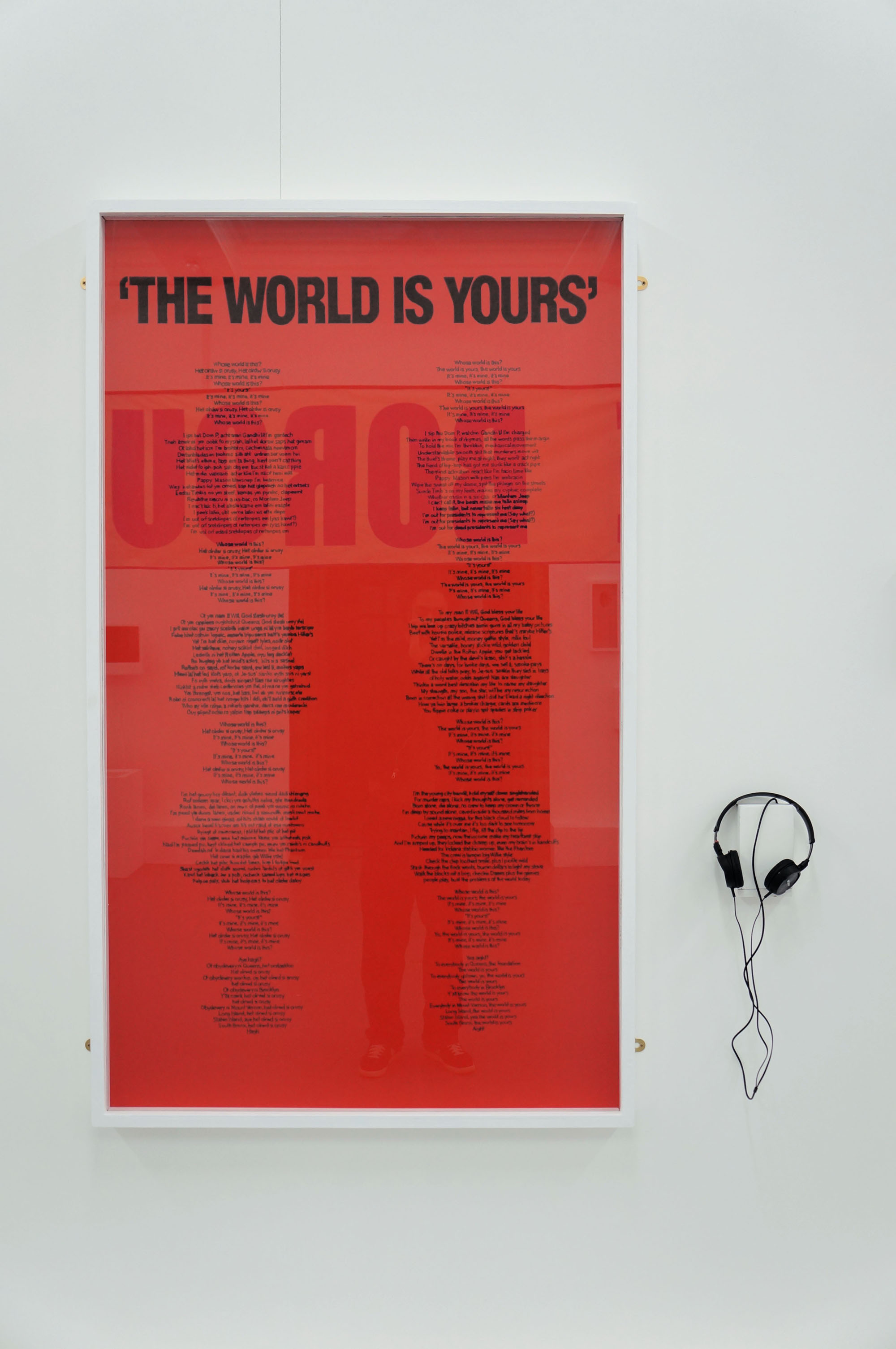
Selling home-made ginger beer in pop up locations around UK streets. The recipe is adapted from my garndmother’s west-african family recipe.
![]()
![]()
![]()
I Know We Are But What Am I?


30 Handmade felt hats on brass supports in a formal group formation. Sound of 30 friends reciting their names in every possible anagram, emitted in 5.1 surround sound from behind the wall supporting the hats.
Exhibited at the Central St Martins BA Fine Art degree show 2011.
![]()
![]()
![]()
![]()
![]()
![]()
Le Foot






Collaboration with Johnny Hodgkinson, Roman Cochet and Hugo Avigo.
Conversion of a shipping container into a 2-a-side football pitch to host a performance and open participation. Trinity Buoy Wharf, London.

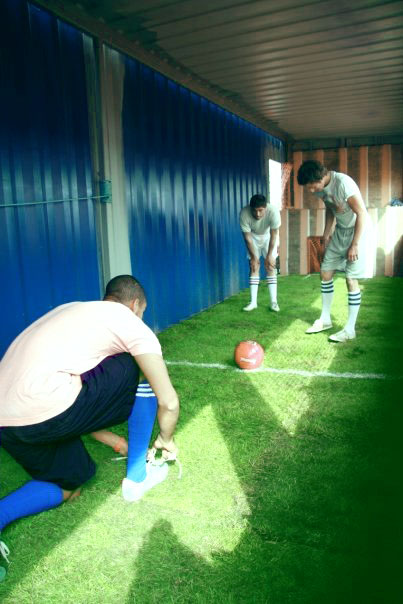

Paintings




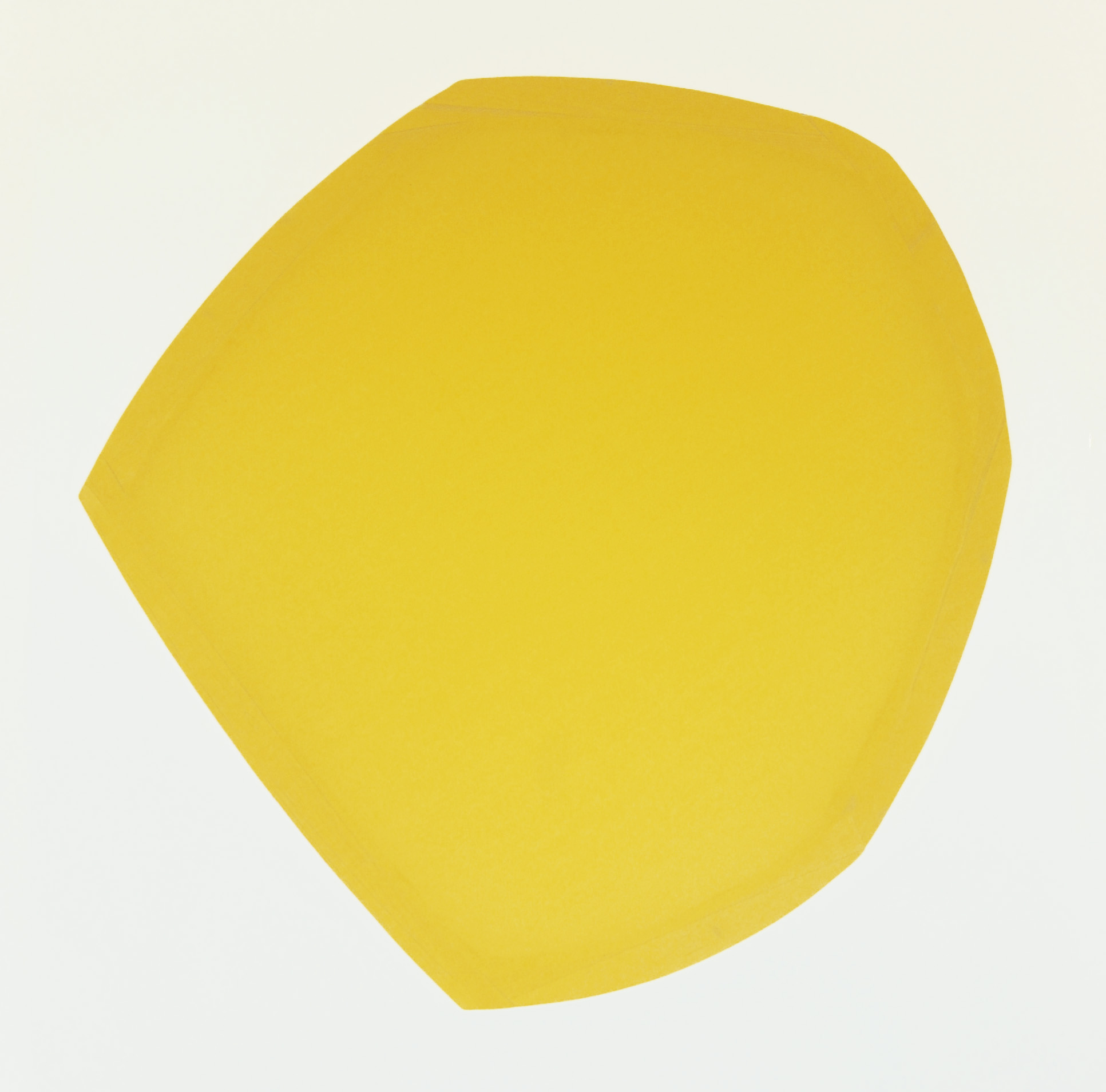
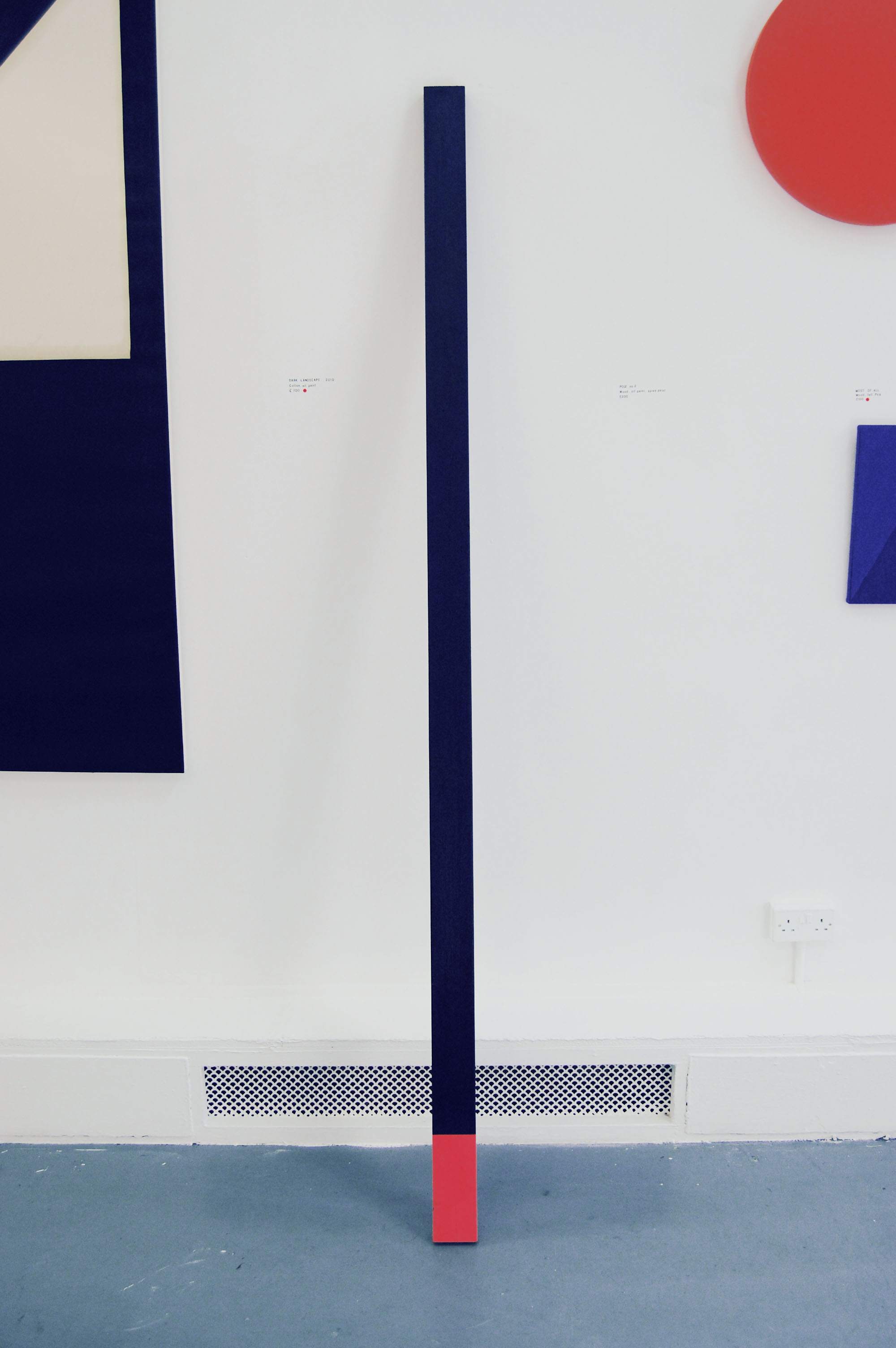
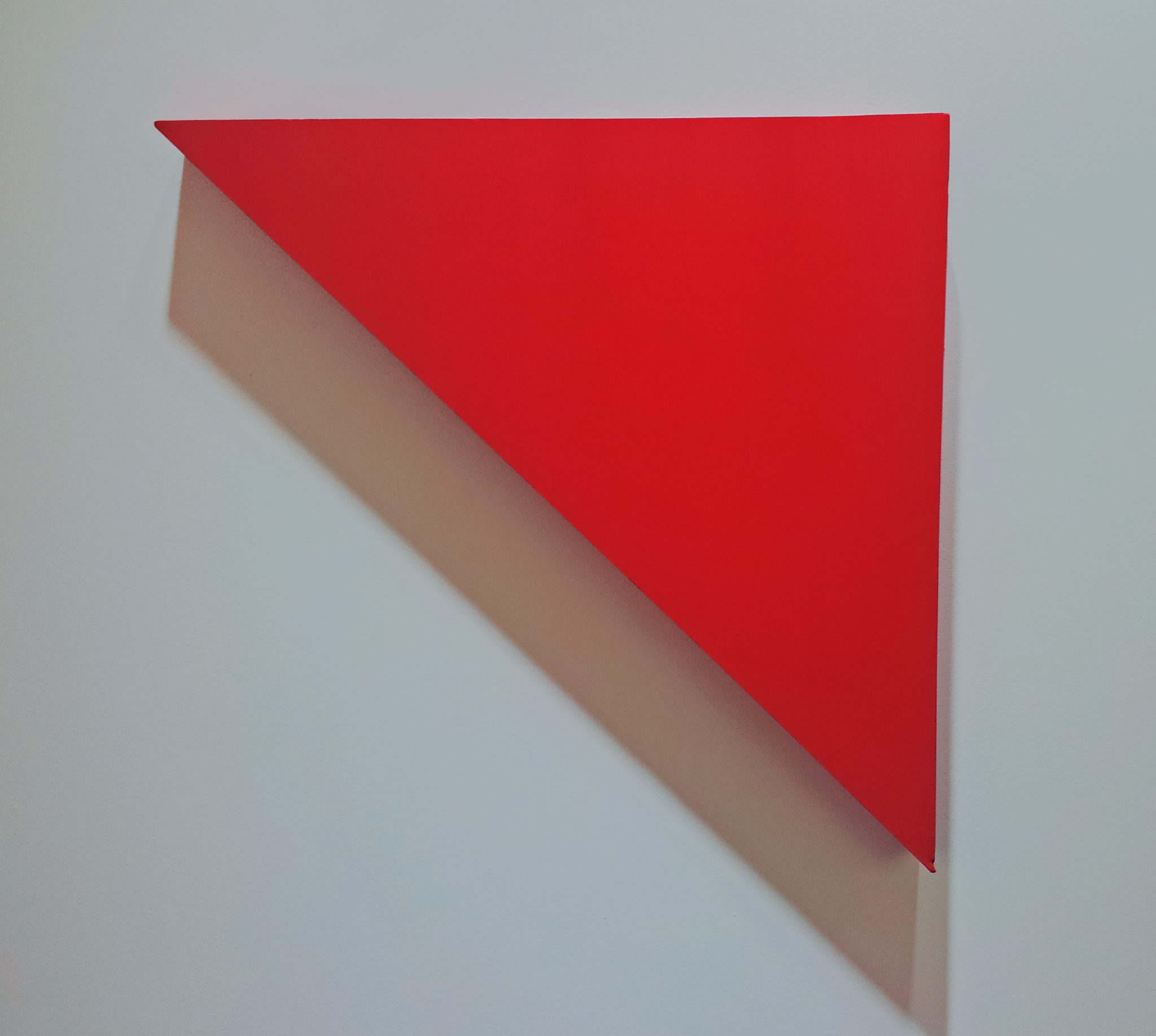
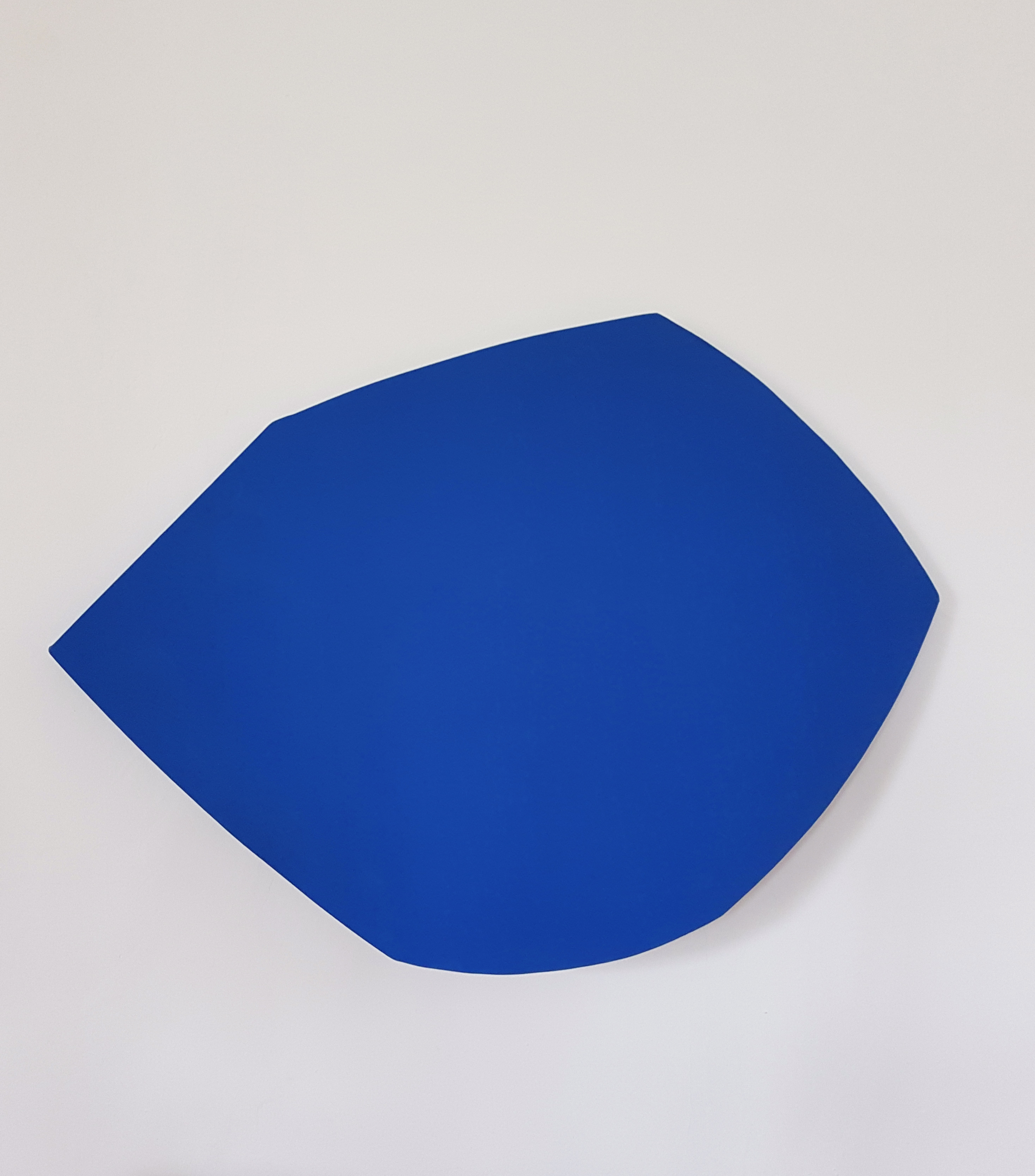




b. 1989, lives and works between London, UK and Freetown, SL
Help LP, Carrying Colour. 7 August 2020
Slave EP, Carrying Colour/Vinyl Factory10 June 2020
Dye, 7” Single NTS 28 November 2019
Tufting Gun Tapestries, w/ Assemble, The Logan Center, Chicago 13 September - 27 October 2019
2 Sim A musical lecture w/ Josh Kun, LSE, 14 March 2019
2 Sim EP, Carrying Colour 21 September 2018
Actress + LCO - Supporting performance, Barbican Hall, London 26 May 2018
Nowhere no.2 performance, Gangnam, Seoul, 9 December 2017
Sen Am Performance at Museo Luigi Varoli, 23 November 2017
Sen Am Performance, St Johns Hall, London, 10 Novemebr 2017
Sen Am LP, Carrying Colour 27 October, 2017 Sen Am, Listening party, Tower Bridge, 26 October 2017
Process, Khalil Joseph - Music & Consultation, 31 March 2017
Food From Across Africa, Ecco Harper Collins, 14 June 2016
The Groundnut Table, Tate Modern, London, 25 July 2015
The Groundnut Cookbook, Penguin Random House, 2 July 2015
Su Ikramimizdir w/ Serra Tansel, Polistar Gallery, Istanbul, 12 - 21 September 2014
The Groundnut, Le Bal Cafe, Paris, 19 & 20 September 2013
The Groundnut Dinners January 2012 - Dec 2016
Brown Loop Performance, St Johns Hall, London, 19 May 2016
Brown Loop Performance, Henry Taylor Studio, LA, 12 May 2016
Blue Borough, Still House Gallery, NY, 7 May 2016
Keep It Up, DAM projects, A_Space Gallery, 23 August 2015
Brown Loop LP, 23 October 2015
Mahsiwel, Lewisham Arthouse, London, 21-29 March 2013 Dukobanti LP, 25 December 2012
Bag Drop, Deptford X 27 - 29 August 2012
Are Na Fo, Lewisham Arthouse, 27 August - 12 September 2010
Help LP, Carrying Colour. 7 August 2020
Slave EP, Carrying Colour/Vinyl Factory10 June 2020
Dye, 7” Single NTS 28 November 2019
Tufting Gun Tapestries, w/ Assemble, The Logan Center, Chicago 13 September - 27 October 2019
2 Sim A musical lecture w/ Josh Kun, LSE, 14 March 2019
2 Sim EP, Carrying Colour 21 September 2018
Actress + LCO - Supporting performance, Barbican Hall, London 26 May 2018
Nowhere no.2 performance, Gangnam, Seoul, 9 December 2017
Sen Am Performance at Museo Luigi Varoli, 23 November 2017
Sen Am Performance, St Johns Hall, London, 10 Novemebr 2017
Sen Am LP, Carrying Colour 27 October, 2017 Sen Am, Listening party, Tower Bridge, 26 October 2017
Process, Khalil Joseph - Music & Consultation, 31 March 2017
Food From Across Africa, Ecco Harper Collins, 14 June 2016
The Groundnut Table, Tate Modern, London, 25 July 2015
The Groundnut Cookbook, Penguin Random House, 2 July 2015
Su Ikramimizdir w/ Serra Tansel, Polistar Gallery, Istanbul, 12 - 21 September 2014
The Groundnut, Le Bal Cafe, Paris, 19 & 20 September 2013
The Groundnut Dinners January 2012 - Dec 2016
Brown Loop Performance, St Johns Hall, London, 19 May 2016
Brown Loop Performance, Henry Taylor Studio, LA, 12 May 2016
Blue Borough, Still House Gallery, NY, 7 May 2016
Keep It Up, DAM projects, A_Space Gallery, 23 August 2015
Brown Loop LP, 23 October 2015
Mahsiwel, Lewisham Arthouse, London, 21-29 March 2013 Dukobanti LP, 25 December 2012
Bag Drop, Deptford X 27 - 29 August 2012
Are Na Fo, Lewisham Arthouse, 27 August - 12 September 2010
Carrying Colour
Following time living in Sierra Leone learning traditional fabric weaving Duval started the brand Carrying Colour (CC). CC explores colour both in the sense of chromatics and identity, themes that unify Duval’s practice. These projects are released in the form of an evolving clothing range and lifestyle products. CC can be seen as the outlet for Duval’s creations as well as an independent record label.
www.carryingcolour.com
Contact - please write to:
simon@day-one.net
spotify - carrying colour - soundcloud - bandcamp
Following time living in Sierra Leone learning traditional fabric weaving Duval started the brand Carrying Colour (CC). CC explores colour both in the sense of chromatics and identity, themes that unify Duval’s practice. These projects are released in the form of an evolving clothing range and lifestyle products. CC can be seen as the outlet for Duval’s creations as well as an independent record label.
www.carryingcolour.com
Contact - please write to:
simon@day-one.net
spotify - carrying colour - soundcloud - bandcamp
